Programme: "Counter-Monuments and Para-Monuments. Contested Memory in Public Space"
Since the Black Lives Matter movement at the latest, public memory has been highly contested again: Around the world, activists are toppling monuments, demanding the renaming of streets, intervening in historical narratives, and imagining other memorials. Based on a seminar by Michaela Melián and Nora Sternfeld in the summer semester of 2021, the conference at the HFBK Hamburg deals with debates about monuments in public space and the associated aesthetics and politics of memory. The aim is to bring together different forms of knowledge as well as artistic and activist strategies from the fields of anti-fascist memory politics, anti-racist memorial demands, and decolonial iconoclasms. In the process, we also encounter discourses and practices of a contested memorial culture in Germany, which was highly reflexive in the 1990s, has increasingly become a factor in tourism since the 2000s, and which is now being questioned particularly with regard to its postcolonial gaps. Questions in the context of the conference will be: Whose memory is manifested publicly? By what means? What is a “lieu de mémoire” in a neoliberal world? What should not be forgotten? And what role does iconoclasm play in this?
The conference is dedicated to the history of artistic counter-monuments and forms of protest, discusses aesthetics of memory and historical manifestations in public space, and asks about para-monuments for the present.
With contributions by: Heba Y. Amin (Artist), Ulf Aminde (Artist), Lynhan Balatbat-Helbock (Curator and Researcher), Max Czollek (Poet and Journalist), Talya Feldman (Artist), Eduard Freudmann (Artist), Julia Friedrich (Art Historian and Curator), Claas Gefroi (Architecture Theorist and Journalist), Ayşe Güleç (Curator, Art Educator, and Activist Researcher), Minna Henriksson (Artist and Artistic Researcher), Lee Hielscher (Researcher and Activist), Leon Kahane (Artist), Martin Krenn (Artist, Artistic Researcher and Curator), Tania Mancheno (Researcher), Olu Oguibe (Artist), Daniela Ortiz (Artist and Activist), Anja Steidinger (Artist, Professor of Art Education, HFBK Hamburg), Stephan Trüby (Architecture Theorist and Publicist), Mirjam Zadoff (Historian and Director of the Munich Documentation Centre for the History of National Socialism)
The conference is conceived by Michaela Melián (Artist, Musician and Professor of Time-based Media, HFBK Hamburg) and Nora Sternfeld (Professor of Art Education, HFBK Hamburg). Organized by Julia Stolba (PhD student, HFBK Hamburg). The conference will be held in English.
Recordings
The Recordings of the lectures will be published in the HFBK Mediathek
Thursday, December 2, 2021, 17.00–19.00
HFBK Hamburg, Aula
17.00-17.20
Michaela Melián and Nora Sternfeld: Aesthetic Procedures and History Politics in Public Space
Michaela Melián is an artist and musician, is professor of Time-based Media at HFBK Hamburg. In her installations, which usually refer to real places and events, Melián combines historical facts and memories into visual and acoustic collages, as in Memory Loops (2010), an acoustic and interactive memorial to the victims of National Socialism in Munich, for which she received, among others, the Grimme Preis and the Prix Italia. Melián's interest is not in the obvious, well-known image of events or biographies, but rather the different levels and contradictions of personal memory and official representation. She is a founding member of the band Freiwillige Selbstkontrolle (F.S.K.) and has co-edited the artist magazine Mode & Verzweiflung. She publishes records, solo records, film music and radio plays, artist-magazines and books. Her works have been shown in international exhibitions including, among others, the Lenbachhaus Munich, the Fundació Juan Miró Barcelona, Kunsthal Rotterdam, Deichtorhallen Hamburg, Staatsgalerie Stuttgart, Kunsthalle Mannheim, Ruhrtriennale, Lentos Museum Linz, Cubitt London and Ludlow New York. Michaela Melián has been awarded numerous prizes for her work. For example, she received Hörspielpreis der Kriegsblinden/Preis für Audiokunst for Föhrenwald (2005); Kunstpreis der Stadt München (2010), Edwin Scharff Kunstpreis der Stadt Hamburg (2018) and Preis für Kunst im öffentlichen Raum der Stadt Bremen (2018). In 2014, Melián was nominated for the category “best film music” at the German Film Awards with her film music for the feature film Finsterworld.
Nora Sternfeld is an art educator and curator and is Professor of Art Education at the HFBK Hamburg. From 2018 to 2020 she was documenta professor at the Kunsthochschule Kassel, and from 2012 to 2018 Professor of Curating and Mediating Art at Aalto University in Helsinki. In addition, she is co-director of the /ecm – Master’s Program for Exhibition Theory and Practice at the University of Applied Arts Vienna, a member of the core team of schnittpunkt. austellungstheorie & praxis, co-founder and part of trafo.K, Office for Art, Education, and Critical Knowledge Production (Vienna), and since 2011 part of freethought, Platform for Research, Education and Production (London). In this context she was also one of the artistic directors of the Bergen Assembly 2016 and since 2020 has been BAK Fellow of the basis voor actuele kunst (Utrecht). She publishes on contemporary art, educational theory, exhibitions, politics of history, and anti-racism.
17.20-18.00
Panel discussion: Ayşe Güleç, Michaela Melián, Nora Sternfeld, Mirjam Zadoff: Against the Grain. On Memory Work
Ayşe Güleç is an educator, author, curator, and research activist at the intersections of anti-racism, art, and migration. Since 2019, Güleç has been working as curator in the Artistic Team of documenta 15 (2022). In 2021, she curated the exhibition Offener Prozess, shown at the Stadtmuseum Jena, Neue Sächsische Galerie (Chemnitz), Maxim Gorki Theater (Berlin), and La Vallée (Brussels). Previously, she was Head of the Art Education Department at the Museum für Moderne Kunst MMK (Frankfurt am Main). As Head of Community Liaison at documenta 14 (2017), she established interlocal connections between artists and socio-political contexts and built up the Society of Friends of Halit. She was one of the initiators of the collective anti-racist movement that implemented the first NSU tribunal in 2017, has been active against racism for many years, and is part of the Kassel Initiative 6 April. From 1998 to 2016 Güleç worked as Head of the Education & Migration Department at the socio-cultural center Schlachthof in Kassel in the field of migration as well as local and European education, building various networks of collaboration. For documenta 13 (2012) she was a consultant and member of “Maybe Education” and also coordinated training for art mediators. In 2007 she developed the documenta 12 Advisory Board as a special form of mediation, subsequently becoming the board’s spokesperson.
Mirjam Zadoff is Director of the Munich Documentation Centre for the History of National Socialism, having previously held the Alvin H. Rosenfeld Chair for Jewish Studies and the position of Associate Professor for History at Indiana University Bloomington. She is a member of the Bavarian Academy of Sciences and was visiting faculty at ETH Zurich, UC Berkeley, HU Berlin, and Augsburg University. Her publications include: Werner Scholem. A German Life (2018), Next Year in Marienbad. The Lost Worlds of Jewish Spa Culture (2012), and forthcoming, edited together with Nicolaus Schafhausen, Tell Me About Yesterday Tomorrow.
18.00-18.30
Olu Oguibe in dialogue with Lynhan Balatbat-Helbock: Monuments to the Vulnerable
Olu Oguibe is an award-winning multi-media artist and writer whose work often straddles minimalist formalism and engagement with global social issues. His work has been exhibited in museums and galleries around the world, and he has participated in several international biennials and triennials including the Venice, Havana, and Busan biennials. He has also created permanent public works in many countries and curated or co-curated several significant international exhibitions. His writings on art, literature, and cultural theory are widely published. Oguibe has been a fellow of the Smithsonian Institution, the Vera List Center for Art and Politics at The New School, the Rockefeller Center in Bellagio, and the Open Societies Foundations, among others. His many honors include the State of Connecticut Governor’s Arts Award for excellence and lifetime achievement in 2013, and the 2017 Arnold-Bode-Preis of the City of Kassel for his work in documenta 14. In 2017, he left his position as Professor of Painting at the University of Connecticut to concentrate on making art.
Lynhan Balatbat-Helbock is a curator and researcher at SAVVY Contemporary, where she is part of the participatory archive project Colonial Neighbours. She received her MA in Postcolonial Cultures and Global Policy at Goldsmiths University of London. In her work within the permanent collection of SAVVY Contemporary she looks for colonial traces that are manifested in our present. The collaborative archive dedicates itself to discussing silenced histories and to the de-canonization of the Western gaze through objects and the stories behind them. With close collaboration from artists, initiatives, and activists, the archive is activated through hybrid forms of practice. Lynhan Balatbat-Helbock assisted the management for the documenta 14 radio program Every Time a Ear di Soun at SAVVY Funk in Berlin (2017), supported the artist Bouchra Khalili with several projects and exhibitions (2015/16), and worked on a year-long research project on Julius Eastman in a collaboration between SAVVY Contemporary and the Maerzmusik festival (2017/18). In 2018 she produced Agnieszka Polska’s commission for Germany’s National Gallery Prize show in the Hamburger Bahnhof in Berlin (2018/19). Lately she has been co-curating the year-long research and exhibition program HERE HISTORY BEGAN. TRACING THE RE/VERBERATIONS OF HALIM EL-DABH (2020/21).
18.30-19.00
Presentation of Para-City-Walks organized by HFBK students
Imke Eppelmann, Matthis Frickhöffer, Jessica Herden, Eve Larue, Sophia Leitenmayer, Lena Sandhof, Cara Theres Petrovic, Kervin Saint Pere, Janne Wagner
Friday, December 3, 2021, 09.00-20.00
HFBK Hamburg, Aula
9.00-12.30
Para-City-Walks organized by HFBK students
Meeting point: HFBK Hamburg, entrance hall
14.00-15.00*
Heba Y. Amin: The Devil’s Garden (project in progress)
During World War II, the North African desert formed the backdrop for a power struggle over colonies between European armies. The Devil’s Garden explores narratives related to the German Africa Corps and their lingering presence in northern Egypt. Through trajectories marked by colonial warfare and failed political movements in North Africa, Heba Y. Amin examines the use of technologies for hegemonic power and the techno-fossils they leave behind. In her most recent work, she looks at the story of a Nazi pyramid located in El Alamein commemorating a Word War II German fighter pilot dubbed “The Star of Africa”. Her work reveals the story of modern technological progress as one of empire and colonial exploitation and examines the concepts of domination and authoritarianism exercised through technology. The Devil’s Garden uncovers the residue of European ideologies and the associated repercussions for local populations impacted by conflicts that were never theirs.
Artist Heba Y. Amin engages with political themes and archival history, using mediums including film, photography, archival material, lecture performance, and installation. Her artistic research takes a speculative, often satirical approach to challenging narratives of conquest and control. Amin is a Professor of Digital and Time-based Art at Akademie der bildenden Künste Stuttgart, the co-founder of the Black Athena Collective, curator of visual art for the journal Mizna, and currently part of the editorial board of the Journal of Digital War. She was awarded the 2020 Sussmann Artist Award for artists committed to the ideals of democracy and antifascism, and was selected as a Field of Vision Fellow, NYC (2019). Amin’s work has been shown in numerous exhibitions including at The Mosaic Rooms, London (2021), the Böttcherstrasse Prize Exhibition, Bremen (2018), the Eye Film Museum, Amsterdam (2020), the Quai Branly Museum, Paris (2020), the MAXXI Museum, Rome (2018), the Liverpool Biennial (2021), the 10th Berlin Biennale (2018), the 15th Istanbul Biennale (2017), and the 12th Dak’Art Biennale (2016), to name but a few. Her latest publication, Heba Y. Amin: The General’s Stork (ed. Anthony Downey) was recently published by Sternberg Press (2020), and her works and interventions have been covered by the New York Times, the Guardian, the Intercept, and the BBC among others. Furthermore, Amin is also one of the artists behind the subversive graffiti action on the set of the television series Homeland which received worldwide media attention.
Eduard Freudmann: Schandwache – Vigil of Disgrace
On October 5, 2020, an artistic intervention was carried out at the monument to the antisemitic politician Karl Lueger, a former Mayor of Vienna. Golden letters were applied to the monument – SCHANDE – marking the monument as what it is: a DISGRACE. The letters were cast out of concrete and painted gold. Their shape resembles that of graffiti that had been painted by unknown individuals on the same monument’s plinth three months earlier, in early July 2020. Right after the golden letters had been applied, a group of artists consisting of Anna Witt, Simon Nagy, Gin Müller, Mischa Guttmann, and Eduard Freudmann started a Schandwache – a “vigil of disgrace” – in front of the graffitied monument. The Schandwache was carried out in collaboration with 15 cultural and political organizations. Activists from the organizations stood guard for one week to protect the original graffiti from being removed by the city authorities. The initiative demanded that the monument be artistically reconfigured or removed and declared that until the reconfiguration or the removal is carried out, the graffiti must remain. The action took place the week before Vienna’s local elections. Four hours after the opening of the artistic intervention, a group of neofascists appeared at the monument to knock off the golden letters. However, there was plenty of support from civil society and political organizations as well as extensive media coverage. As a result of the Schandwache, the graffiti has remained on the monument until this day. In April 2021, Vienna’s City Secretary for Culture officially initiated the process of artistically reconfiguring the monument, a process in which some of Schandwache’s protagonists are involved.
Eduard Freudmann lives and works in Vienna. As an artist, he develops projects with a focus on performativity, installation, and public space. His approach is characterized by transdisciplinary work, artistic research, and critical discourse. He always strives to relate contemporary aesthetics with political analysis and, above all, to encourage a critical public. Freudmann produces his projects individually as well as in temporary collectives. He links interventionist and documentary strategies with narrative and fictitious elements and uses different formats and media. Freudmann’s projects have been presented in exhibitions, biennials, film festivals, and in public space.
15.30-16.00*
Daniela Ortiz in dialogue with Anja Steidinger: The Beautiful Moment to See them Fall
Daniela Ortiz was born in Peru in 1985 and lives and works in Urubamba, Cusco. Through her work, she aims to generate visual narratives in which the concepts of nationality, racialization, social class, and genre are explored in order to critically understand structures of colonial, patriarchal, and capitalist power. Her recent projects and research deal with the European migratory control system, its links to colonialism, and the legal structure created by European institutions in order to inflict violence towards racialized and migrant communities. She has also developed projects about the Peruvian upper class and its exploitative relationship with domestic workers. Recently her artistic practice has turned back into visual and manual work, involving art pieces in ceramic, collage, and in formats such as children’s books in order to take distance from Eurocentric conceptual art aesthetics. Alongside her artistic practice, she is mother to a four-year-old, gives talks and workshops, carries out investigations, and participates in discussions on Europe’s migratory control system and its ties to coloniality in different contexts.
Anja Steidinger (*1972) is Professor of Art Education, Teaching Profession at Elementary School (LAGS) at HFBK Hamburg. She works as an artist at the interface of art, politics, and education. She studied art education and fine arts at the HFBK Hamburg with a focus on photography, video, and installation. From 2006 to 2020 she lived in Barcelona, where she also wrote her dissertation on artistic (self-)representations of unease in the context of the Spanish economic crisis (publication Edition Metzel, Munich 2015). She is co-founder of the Spanish activist artist collective Enmedio and the media education project for children La Maleta del Cine in Barcelona. Her working method, often based on a collaborative output, combines decolonial, anti-discriminatory perspectives with local art projects and develops new spaces for action from artistic intervention as a critical practice.
16.30-18.00*
Ayşe Güleç: The Violence After the Violence. The Fate of the Memorials to the Victims of Racism
Since the racist pogroms in Mölln, Solingen, Rostock, and Hoyerswerda in the late 1990s, Germany has seen the emergence of commemorative sites for victims of racist, right-wing terrorist violence. Since that time and still today, these have had to be established by relatives and friends or activists, and even after the neo-Nazi NSU became public in November 2011, remembrance had to be established first and foremost. At first chains of lights were put in place by the authorities but these, just as after the racist murders of the 1990s, were both representative of the state and not very long-lasting, so the fight for a lasting form of remembrance was left up to the survivors and relatives of the victims. Afterwards, memorials for the victims were set up by city authorities in Kassel, Dortmund, Rostock, Nuremberg, and Munich, for example – albeit frequently by no means close to the crime scenes. In this way, the concerns, wishes, and interests of the families of the murder victims were left out, ignored, and fell on deaf ears. This not hearing, or not wanting to hear, can be regarded as the violence after the violence. Yet this also has material manifestations: Memorials such as the commemorative stele for Halit in Kassel, for example, have been vandalized several times. Meanwhile, activists in Nuremberg commemorate Enver Simsek with a portrait close to the flower stand in the city where he was murdered, but the image has been destroyed several times, the name smeared, the eyes scratched out. Following threats by the AFD, the obelisk known as The Strangers and Refugees Monument by Olu Oguibe was removed from the city center after documenta 14, dismantled on the night of German Reunification Day. In this context, too, we can talk about violence after the violence. So what do the memorials tell us about their settings? How do we understand the way, state institutions deal with memorials to racist incidents and acts, and which counter-monuments and para-monuments do we need that negotiate the past, present, and future at the same time?
Ulf Aminde: The Bomb After the Bomb
Racist terror functions in its effort to annihilate people precisely in the interweaving with more subtle ways of making them invisible and inaudible. Everyday racism, institutional and structural relations of violence, and the knowledge of the dominant society inscribed in the majority white German authorities prolong and potentiate the Nazis’ will to annihilate. In Cologne, a bomb in a cake tin exploded in a grocery store in Probsteigasse in 2001. The store owner’s daughter survived the attack, seriously injured. In 2004, a nail bomb aimed at mass murder exploded in Cologne’s Keupstrasse, injuring more than 22 people, four of them seriously. It was not until 2011 that it became clear what those affected had already suspected: both attacks were motivated by right-wing terrorism and were committed by the NSU network. Their racist ideology was clearly aimed at unsettling the post-migrant society. In the Keupstrasse attack in Cologne, the authorities investigated the victims in a perpetrator-victim reversal for seven years and suspected them of being behind the attack themselves. Today, those affected speak of the “bomb after the bomb”, and it was not until 2014 that the city of Cologne decided to realize a memorial. In 2016, the jury, which included those affected, unanimously selected the design for a memorial commemorating both bombings. The memorial at Keupstrasse refers to the racist investigations of those affected that went on for seven years, and as a counter-space to this there are plans to create a public testimonial by placing a concrete floor slab at the entrance to Keupstrasse with a participatory film archive. Those affected by racist and antisemitic violence will be invited to participate in an annually financed board of trustees.
Ulf Aminde is an artist and filmmaker. His productions often negotiate public space and/or are also shown there, and many of them are about or even initiate collaborations and collective learning environments. His latest works concentrate on memory and resistance. In Cologne he is developing a film-based and – with the help of augmented reality – also participative monument in memory of the racist attacks by the terrorist NSU network in Probsteigasse and Keupstrasse. In 2020, together with Manuel Gogos, he initiated the Monument of Migration – Street of Labor, in which the European road network can be experienced as a transitory and resistant place. He is also Professor of Performative Spaces at the Weißensee Kunsthochschule in Berlin. There, he initiated in particular the *foundationClass for artists who were forced to flee their home countries, and the *foundationClass collective that emerged autonomously has been invited to documenta 15 (2022). His exhibitions and projects include 4th Berlin Biennale, Havana Biennial, KW Berlin, Volksbühne am Rosa Luxemburg Platz, Berlinische Galerie, NGBK Berlin, ZKM Karlsruhe, MARTa Herford, Steirischer Herbst, Schirn Frankfurt, Kästner Gesellschaft Hannover, MoCA Taipei, Kunstverein Heidelberg, Staatstheater Mannheim, Kunstverein Wolfsburg, and Galerie Tanja Wagner.
Lee Hielscher: Relating Memories. How Demanding a Collective Memory Questions How Society is Produced
When the NSU revealed their existence to the public ten years ago, the terrorist group was often framed as the first terrorist neo-Nazi organization. In fact, they are direct successors to racist terror groups that started their activities back in the 1980s. Introducing the struggles of commemorating the first officially registered victims of racist terror in the Federal Republic of Germany, namely Nguyễn Ngọc Châu and Đỗ Anh Lân, this talk will examine how demands for street names for victims reshape the urban topography of memory and how victim-focused political activism brings a new context to experiences of migration, racism, and the Viet-diaspora. While the murder of Nguyễn Ngọc Châu and Đỗ Anh Lân had a lot of official attention and collective mourning, their families and other victims were not supported in their struggle for justice. Instead, their tombstones were removed and a memorial was erased 20 years ago. The quest to reinstate a place of commemoration is still facing bureaucratic obstacles and controversial discourse in some Viet-German communities. This raises the questions: What is society’s relationship to the two victims? Why is it not possible to commemorate them?
Lee Hielscher (he/him) is a Hamburg-based cultural anthropologist and digital designer. He is interested in questions about collective memory and the history of racist violence. He worked on texts, protests, and educational programs on the diverse levels of meaning of the multiplex NSU terror, the racist attacks of Rostock-Lichtenhagen, on victim support, the Vietnamese diaspora and Gadje racism. He is active in various initiatives, including the Network of Critical Migration and Border Regime Research and in the initiative for a memorial to Nguyễn Ngọc Châu and Đỗ Anh Lân.
18.30-20.00*
Julia Friedrich: No Longer Standing. How to Deal with a Nazi Artwork from Museum Ludwig’s Collection
Fritz Behn’s bronze sculpture Standing Woman (1935/36) is a clear example of Nazi aesthetics. The full-frontal nude demonstrates strength and determination. With its smooth and expressionless shape, the broad pelvis and the powerful pose, the statue symbolizes the ideal of the German woman of the Nazi era. Its maker, the sculptor Fritz Behn, was a National Socialist from early on, an anti-Semite as well as an outspoken colonialist. As an artist, Behn is most known and still admired for his many animal sculptures in public spaces, such as the Gorilla Bobby at Berlin Zoo from 1938. But he also created portrait busts of West German president Theodor Heuss, of “Jungle Doctor” Albert Schweitzer, and of Pope Pius XII in the 1950s. The sculpture Standing Woman stood in place in the central recreation area Rheinpark in Cologne from 1962. A plaque next to it marked it as part of Museum Ludwig’s Haubrich Collection, which is a surprise given that the lawyer Josef Haubrich (1989–1961) was a defender of German Expressionism and Neue Sachlichkeit during Nazi Germany. As Museum Ludwig received the collection as a gift as early as 1946, the statue is in our custody. In her presentation she will reflect on the questions that arose about how to deal with the sculpture and the answers we gave that led to its dismantling in 2018. This also involves comparison with a much more prominent monument by the same Behn, the Elefant, aka the Reichskolonialdenkmal, aka the AntiKolonialDenkmal in Bremen.
Julia Friedrich is Head of Prints and Drawings at the Museum Ludwig in Cologne, where she has curated numerous exhibitions of modern and contemporary art. Her exhibition Picasso, Shared and Divided. The Artist and His Image in East and West Germany is currently ongoing. One of her primary research interests is the practice of collecting and exhibiting during the postwar period. In 2019, for example, she gave the keynote lecture for the documenta symposium at the German Historical Museum, which sparked a debate on traces of National Socialism in postwar Modernism. On March 1, 2022, she will become Director of Collections at the Jewish Museum Berlin.
Martin Krenn: Participatory & Collaborative Monument Projects
In his lecture, Martin Krenn will present four of his projects, which intervene in historical-political discourses. Back in 2010 Krenn and students at the University of Applied Arts Vienna initiated the open-call project re-design the site of the Lueger Statue, transforming it into a monument against antisemitism and racism. More than 10 years later, in 2021, the City of Vienna finally appears willing to fulfil the demand of the open call, although to date it is not clear in what form and when the redesign of the monument will take place. The Gedenktafel Hotel Metropole (Hotel Metropole commemorative plaque, 2015) was a public performative intervention that commemorated the “Aryanisation” of the former Hotel Metropole, as well as its transformation into the Gestapo headquarters in Vienna. It was realized with students of the Culinary School Judenplatz (GAFA). Memorial at the Friedenskreuz St. Lorenz, meanwhile, is a project that is dedicated to the transformation of a historical problematic legacy, in which the artist responds to a so-called peace cross that was erected in the 1960s to honor the former Wehrmacht soldiers of the Jokisch combat group. By installing a metal mesh with a photo montage by John Heartfield in front of the cross, Krenn questions the glorification of this combat group. At the end of the lecture, Krenn will show excerpts of a film that is part of the media installation Austria is a Wonderful Country (2020, D, 33 min.), which recalls the brutalities and subjugation that took place during the “Anschluss” of Austria by Nazi Germany in 1938. With the participation of the Austrian population, Jewish men and women were forced to wash away political slogans by the former Austro-fascist “Ständestaat” (Corporative State). The film is based on original quotes from eyewitness reports and image descriptions of historical photos.
Martin Krenn is an artist, artistic researcher, and curator. He works as Professor of Art Mediation/Education at the Institute of Fine Art, Braunschweig University of Art, and as a lecturer for the Vienna Master of Arts in Applied Human Rights at the University of Applied Arts Vienna. Krenn uses various types of media, including text, photography, and video, and most of his projects in public space take the form of social sculpture. By consistently expanding the field of art, he tries to initiate discussions about socio-political topics and thereby challenges conventional thinking. He was awarded a PhD for his project The Political Space in Social Art Practices by Ulster University’s Faculty of Art, Design, and the Built Environment, Belfast Campus, in 2016. Since 1995 he has exhibited in numerous international exhibitions.
Max Czollek: The Future of Memory
Radical diversity already characterizes European societies today. This has an impact on their understanding of self, ranging from political ideas to public forms of remembrance. At the same time, we continue to operate with political concepts and models of remembrance that do not, or do not sufficiently take this reality into account. One project aiming to change that is the Coalition for Pluralistic Public Discourse (CPPD) by Dialogue Perspectives/the Leo Baeck Foundation, which invites young intellectuals, artists, and academics to develop creative, civic, educational and didactic concepts and ideals for the pluralization of European remembrance cultures.
Max Czollek is a poet, publicist, and political scientist. He received his doctorate from the Center for Research on Anti-Semitism at the Technische Universität Berlin and is particularly well known for his theatrical and essayistic work surrounding memory culture, integration, and Jewish identity in postwar Germany. Theater works include De-Integration. A Congress on Contemporary Jewish Positions and the Radical Jewish Culture Days at Maxim Gorki Theater, as well as the international Jewish-Muslim Hegemony Days. His essays Desintegriert Euch! (Disintegrate!) and Gegenwartsbewältigung (Overcoming the Present) are published with Carl Hanser Verlag, his collections of poetry at Verlagshaus Berlin. He is co-editor of the magazine Jalta – Positionen zur jüdischen Gegenwart (Yalta – Positions on the Jewish Present).
Saturday, December 4, 2021, 10.00-17.00
HFBK Hamburg, Aula
10.00 – 11.00*
Leon Kahane: Schuld und Erinnerung / Guilt and Memory
Whenever people in Germany talk about the memory of the Shoah and how to deal with their own history, the question arises as to the guilt of the descendants. In the art field, this has recently been clearly demonstrated by the example of the art collector and shareholder Julia Stoschek. Is Julia Stoschek guilty that the family business founded by her great-grandfather Max Brose benefited from slave labor? Hardly likely! Then what are we still talking about when the question can be clarified so easily? In the lecture this question will be addressed from the perspective of Jewish cultural history. The importance of one’s own guilt is a recurring motif in Judaism. Guilt is not something that you overcome in order to overcome part of your own history, but rather the contrary: In Judaism, awareness of one’s own guilt is the condition for the development of the self-responsible individual. No conscience without guilt and no responsibility without conscience. So it is by no means about finding someone to blame, but about understanding that one can be effective as an individual and thus also be at fault for good and bad. The defense against guilt is a form of externalization in which one’s own guilt and responsibility for one’s own actions and work is transferred to others. This relief principle can be described as a cultural technique that has always been inextricably linked with the development of anti-semitic conspiracy ideologies. The memory of guilt, on the other hand, follows an enlightenment principle and is a task that every generation must deal with anew in order to remain effective and defensible.
Leon Kahane, born in Berlin in 1985, creates conceptual video works, photographs, and installations that center on themes of migration, identity, and coming to terms with majorities and minorities in a globalized society. His interest frequently focuses on geopolitical and social changes of the recent past. Time and again he calls attention to events and institutions that express the contradictions inherent in history. They reflect historical, political, economic, and biographical aspects, which he takes up and explores in his works. In particular, the socio-cultural situatedness of current political debates and dynamics is central to his artistic approach, which is a form of cultural critique.
Talya Feldman: Wir Sind Hier | We Are Here
Over the last decades, survivors of right-wing terror in Germany and families of victims have fought to reclaim their right to remembrance in the public space. These fights have been with city officials, with neighbors, with politicians, with artists, with media figures, and with law enforcement. These fights have been for the right to be heard, to be seen, and to activate change in politics, justice, and civil society. These fights have been for language and for physical space: street names, park circles, rooms of solidarity, schools, parks, and monuments. Wir Sind Hier | We Are Here, a new project by Talya Feldman in collaboration with families of victims, survivors, and initiatives across Germany combating right-wing terror, examines what it means to remember and claim remembrance in a digital space, that which has been – or is still being – fought for in the analog. The voices of those most affected by right-wing violence and their demands for remembrance are made both visible and audible, existing forever in the public space as a digital space – a space of collective mourning and resistance. This platform is designed by Talya Feldman and Tuan Quoc Pham and will be featured by the Kunstverein in Hamburg in January 2022 as part of their KV Digital exhibition series.
Talya Feldman is a time-based media artist from Denver, Colorado. She received her BFA from the School of the Art Institute of Chicago and is currently studying at the Hochschule für bildende Künste Hamburg. She received the 2021 DAGESH Art Award for her installation The Violence We Have Witnessed Carries a Weight on Our Hearts at the Jewish Museum in Berlin. As a survivor of the racist and antisemitic attack in Halle (Saale) on October 9, 2019, Feldman has received global recognition for her subsequent projects combating right-wing terror on and offline.
11.30 – 12.30*
Minna Henriksson: Disappearing and reappearing Lenins
My presentation will address the politics of public space memorials in Finland and Latvia through the case study of Lenin memorials. Finland is promoted as a Western liberal democracy, which includes the oft-repeated statement that statues are not toppled and street names are not changed even though ideologies change. In Finland, this would have not even been possible, because no radical ideological change has yet happened; Finland has continued to be a bourgeois democracy ruled by the white hegemony, granted by the victory in the brutal Civil War in Finland in 1918, which took place just months after the declaration of independence. Lenin’s role in Finland’s independence was central, but the various Lenin memorial plates, statues, and a park all date back to the 1970s and the specific political strategy practiced then, known as ‘Finlandization’. Rather than demonstrating greater tolerance than in ‘new democracies’, Finnish public space politics seem to be trapped in their own narrative. In Finland, although many would like to, it is impossible to topple the Lenin statues, as this action would signal the end of one ideology and the beginning of another. There have been attempts to make Lenin statues disappear in other ways. To contrast with the case of Finland, I follow the destiny of the main Lenin statue in the center of Riga that was demonstratively and symbolically toppled in 1991, marking a new era in Latvia’s history. This statue, having been moved from one storage depot to another in the outskirts of Riga after its dismantling, was finally stored in an area that got privatized. Perhaps no-one in the city administration cared for or remembered the statue when the property changed hands, but the new owner obviously saw the value of the statue, as he refuses to give it back to the city. Elsewhere in Baltic countries, sculpture parks have been made where the statues of the socialist regime are placed. These have become highly popular.
Minna Henriksson is a visual artist who works with a disparate range of tools including text, drawing, and linocut. She studied art in Brighton, Helsinki, and Malmö. Her work is often collaborative, and relates to the anti-racist, leftist, and feminist struggles. In recent years her work has often dealt with archives and histories; it is research-based and engages with political processes that appear to be neutral or natural. In 2017 Henriksson was presented with the Anni and Heinrich Sussmann Award for artistic work committed to the ideal of democracy and antifascism.
Lynhan Balatbat-Helbock: Hundred thirty and one bodies in a garden full of ghosts – On absence in contemporary archives
In a room of its own we are commemorating death, poorly. Barkcloth textiles, metal deities, jewelry, and writings pile up in toxic containers, uncontextualized in arranged institutions. The accumulated treasures hidden in dark places that mark the aftermath of a global plundering of artefacts and bodies alike are testimonies of absence and incapability of commemorating death. The competitive drive to accumulate fetishized objects en masse has not only profoundly disrupted the relationship with how one can and is remembered but also dispossessed communities of the creations that underline their being. Through the constructed gaps in commemoration, one’s existence becomes fragmented, governed by structures that disrupt the wholistic relationship to sense space and time. Archives are therefore not only toxic spaces that hold chemicals to artificially preserve what is not for the archivist to hold captive, but inaccessible graveyards depriving communities of re-centering through their epistemologies and imaginaries.
13.00-14.00
Lunch break
14.00-15.30*
Tania Mancheno: What is the Sound of a Monument? Soundscapes of Decolonial Memories in Hamburg
What is the sound of a monument? Can oral history be transformed into a memorial and if so, what language would it speak? Departing from the Koselleckian idea that national heritage is nowhere neutral and always fragmental, and Francoise Vergès’ conception of national history as a transcontinental construction, in this presentation I will discuss the possibilities of decolonizing sites of colonial heritage in the city. To this end, I will first briefly introduce Koselleck’s and Vergès’ critiques on monuments by applying their arguments to selected examples in the city of Hamburg. In a second step, I will present my activist research and ongoing artistic projects, which seek to build soundscapes of decolonial memories. I will mainly focus on the collective affective cartography “What Does Hamburg Mean to You?” (Was bedeutet Hamburg für Dich?), which consists of a series of interviews with critical non-hegemonic and diasporic voices of Hamburg, and The Crack Between the Lion’s Feet (Der Riss zwischen den Löwenfüßen, 2020), which is an acoustic intervention in the city’s anthropological museum. Both features can be visited prior to the presentation at the following locations: https://kolonialismus.blogs.uni-hamburg.de/was-bedeutet-hamburg-fuer-dich/ and https://markk-hamburg.de/audio/.
Tania Mancheno is an affiliate researcher at the Research Center for Hamburg’s (Post)Colonial Legacy at the University of Hamburg, where she has also taught in the field of social sciences on postcolonial theory and decolonial thought since 2009. Her research is focused on urban space and violence, colonial history, and the analysis of its local and transnational consequences from a feminist perspective from the Global South. Currently, Dr. Mancheno is a member of DAICOR and of the German-American Working Group on Diversity, Equity, and Inclusion. Her coming publication is an essay entitled Beyond coloniality in world heritage: Countermapping the colonial amnesia in Parisian landscapes. https://uni-hamburg.academia.edu/TaniaMancheno.
Stephan Trüby: Right-wing Spaces
Is there an architectural and urban-planning agenda behind the politics of contemporary right-wing populist, right-wing radical, right-wing extremist, and (neo-)fascist forces? And if so, to what extent does the so-called “middle of society” make itself an involuntary assistant in this? These are the guiding questions behind the lecture by Stephan Trüby, who builds on his book Rechte Räume. Politische Essays und Gespräche (Right-wing spaces. Political essays and Conversations, 2020). By way of background to Trüby’s research: Many Western liberal-leaning democracies are currently seeing a rollback of society that was barely thought possible until a few years ago. The lecture outlines how the political right in Germany and beyond is attempting to shape architecture, town, and country.
Stephan Trüby (*1970) is Professor of Architecture and Cultural Theory and Director of the Institute for Principles of Modern Architecture and Design (IGmA) at the University of Stuttgart. He was previously Professor of Temporary Architecture at the Hochschule für Gestaltung Karlsruhe (2007-09), head of the postgraduate program MAS Scenography/Spatial Design at Zurich University of the Arts (2009-2014), taught architectural theory at Harvard University (2012-2014), and was a professor at the TU Munich (2014-2018). His most important books include Exit-Architektur. Design zwischen Krieg und Frieden (Exit Architecture. Design between War and Peace, 2008), The World of Madelon Vriesendorp (2008, with Shumon Basar), Die deutschen Beiträge zur Architekturbiennale Venedig seit 1991: Eine Oral History (The German Contributions to the Venice Architecture Biennale since 1991: An Oral History, 2016, with Verena Hartbaum), Absolute Architekturbeginner: Schriften 2004-2014 (Absolute Architecture Beginners: Writings 2004-2014, 2017), Die Geschichte des Korridors (The History of the Corridor, 2018), and Rechte Räume. Politische Essays und Gespräche (Right-wing Spaces. Political Essays and Conversations, 2020).
Claas Gefroi: How Much (and What) Memory Does the Future Need? Built Testimony of Hamburg Jews
The first Jews arriving in Hamburg in 1580 were Portuguese and Spanish Sephardim fleeing the Inquisition. They were followed by Ashkenazi Jews from the German-speaking countries as well as Eastern Europe. Both reform-oriented and more traditional and conservative Jews developed and cultivated their different cultures in Hamburg, each building their own temples and synagogues. Under National Socialism, many of these buildings were destroyed, including the Bornplatz synagogue and thus the largest, most important synagogue in northern Germany, while others were closed, confiscated, and repurposed. After the end of World War II and Nazi rule, the Jewish community was re-established as a unified community, finding its architectural expression in the new synagogue at Hohe Weide. Architectural legacies that had been preserved, meanwhile, fell into disrepair despite their heritage-protection (Poolstrasse Temple), or were and continue to be used for other purposes (Rolf Liebermann Studio in the former synagogue on Oberstrasse). Recently, the Jewish community’s proposal to build a central synagogue once again on Bornplatz has led to fierce controversy, with reactions coming even from Israel. The dispute was sparked by the fact that the community wanted to design the new building closely along the lines of the destroyed Bornplatz synagogue, which critics view as a form of historicism that negates history. In addition, construction of the building would entail the removal of a bunker built during the Nazi era and now heritage-protected, as well as a floor mosaic created as a memorial by the artist Margrit Kahl. Politicians have supported the plan: In November 2020, the budget committee of the Bundestag released 65 million euros for the reconstruction of the synagogue. The same amount again is to come from the City of Hamburg’s budget. The developments relating to the Bornplatz synagogue, not least, raise a number of questions: How should we view Hamburg’s handling of recent Jewish (building) history? Is the city living up to its responsibility to preserve and maintain (former) Jewish sacred buildings? Is the approach to existing buildings and the plans for the new building also an expression of ideology, attitudes, taste preferences? If yes, then which ones? And finally: What role does the past play in shaping the future? I would like to explore all this in my lecture.
Claas Gefroi (*1968) is the Press and Public Relations Officer for the Hamburg Chamber of Architecture, a member of the board at the Denkmalverein Hamburg, editor of the Jahrbuch Architektur in Hamburg (Yearbook of Architecture in Hamburg), and a freelance architecture journalist writing in newspapers and magazines such as taz, konkret, Die Zeit, Bauwelt, Deutsche Bauzeitung, and Baumeister.
16.00-17.00*
Debriefing Session with Michaela Melián and Nora Sternfeld
Viewing area with installations by Para-City-Walks group in the four vitrines and video screenings by Junya Fujita, New Media Socialism, Kervin Saint Pere in the Aula at HFBK
* Followed by a Q&A session



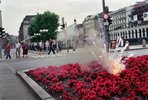


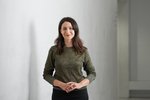
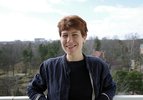
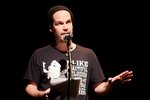
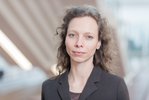
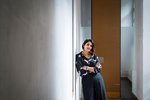







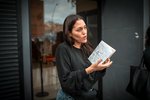


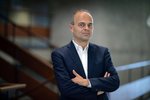

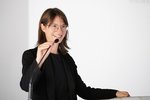
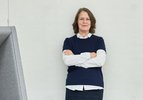
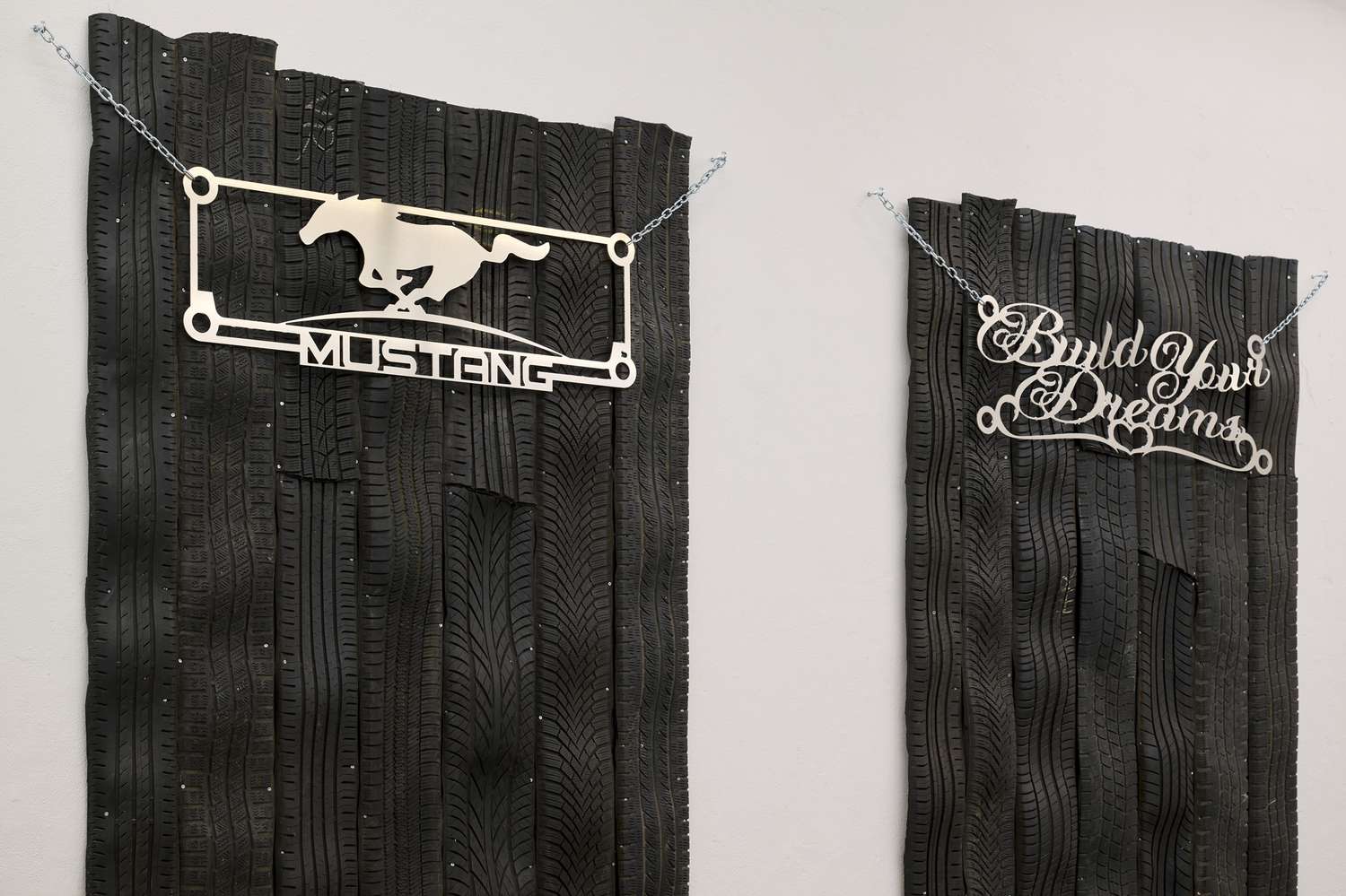
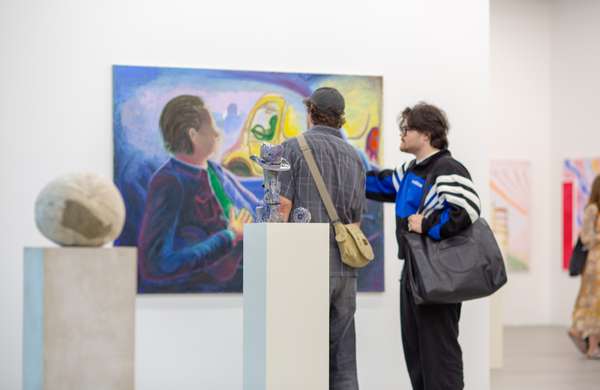
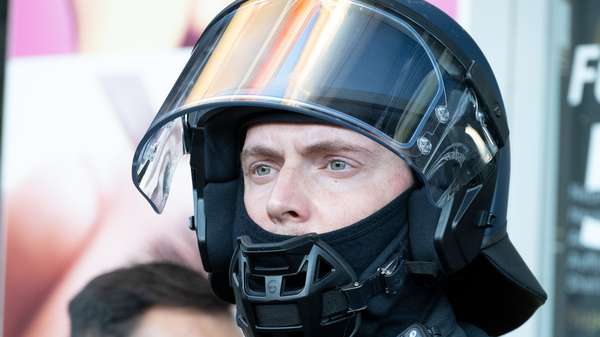
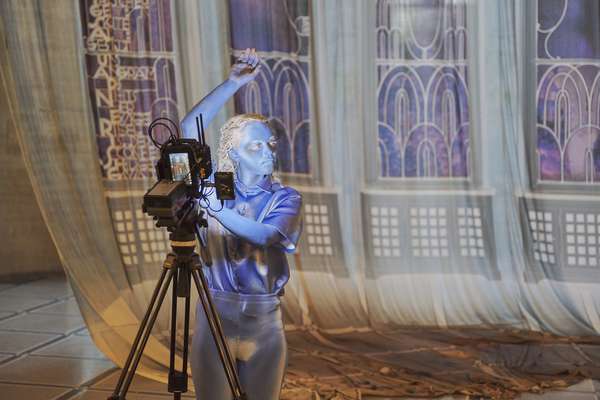
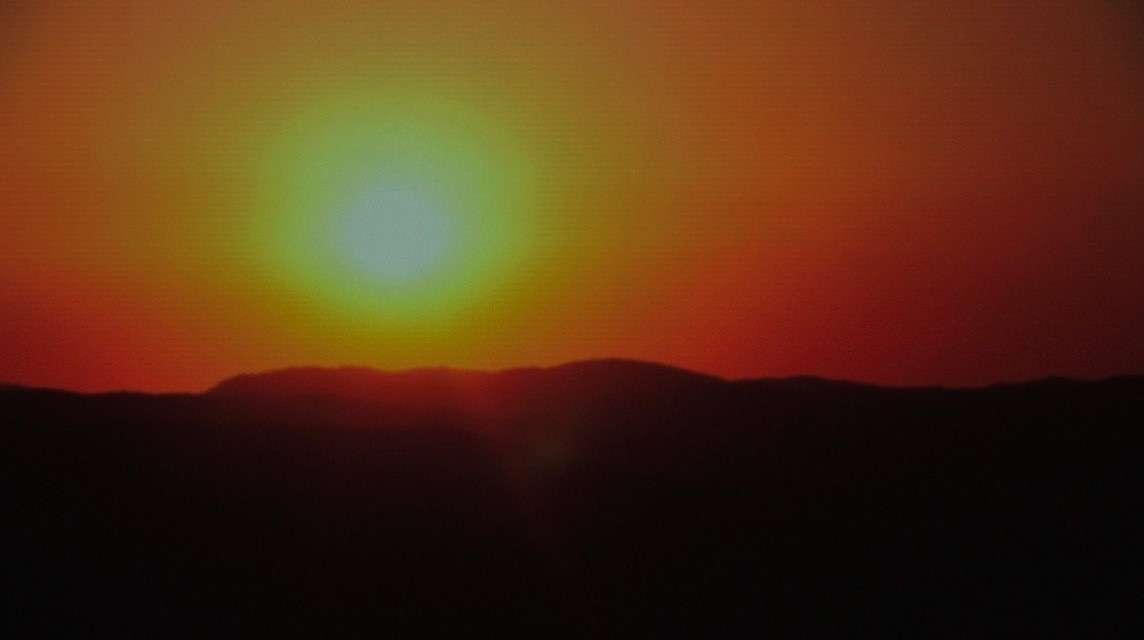
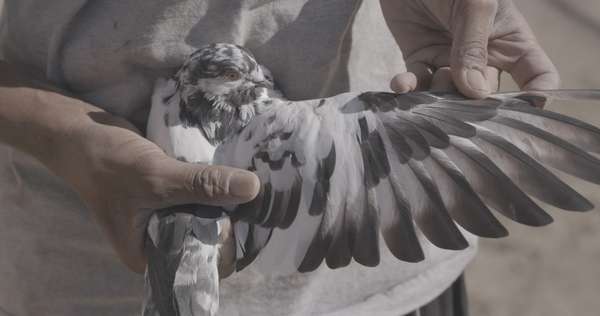
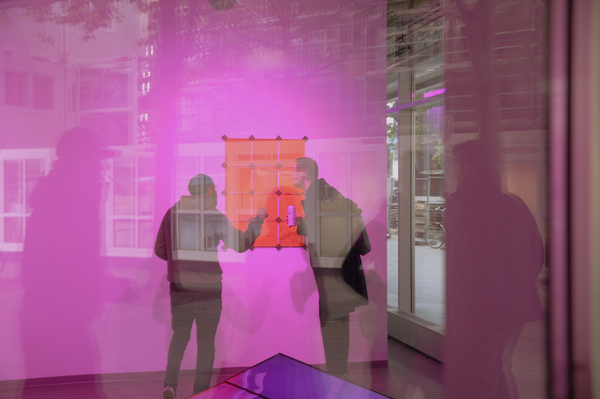
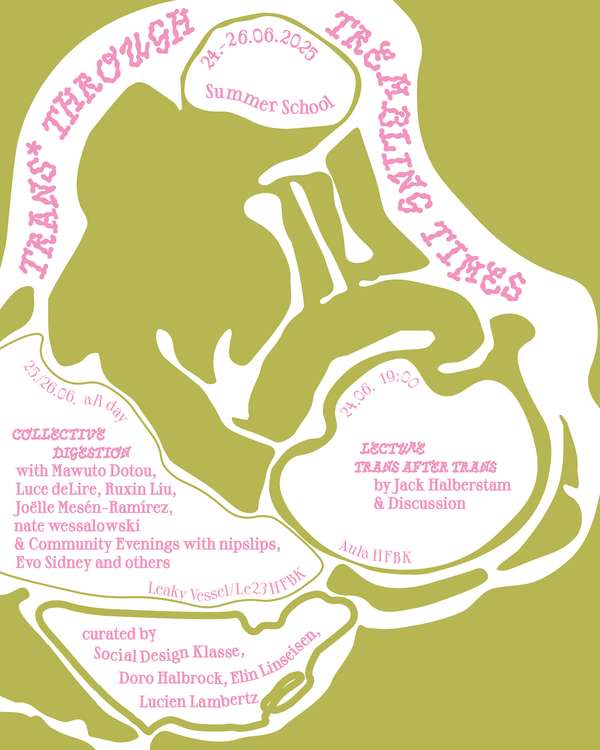
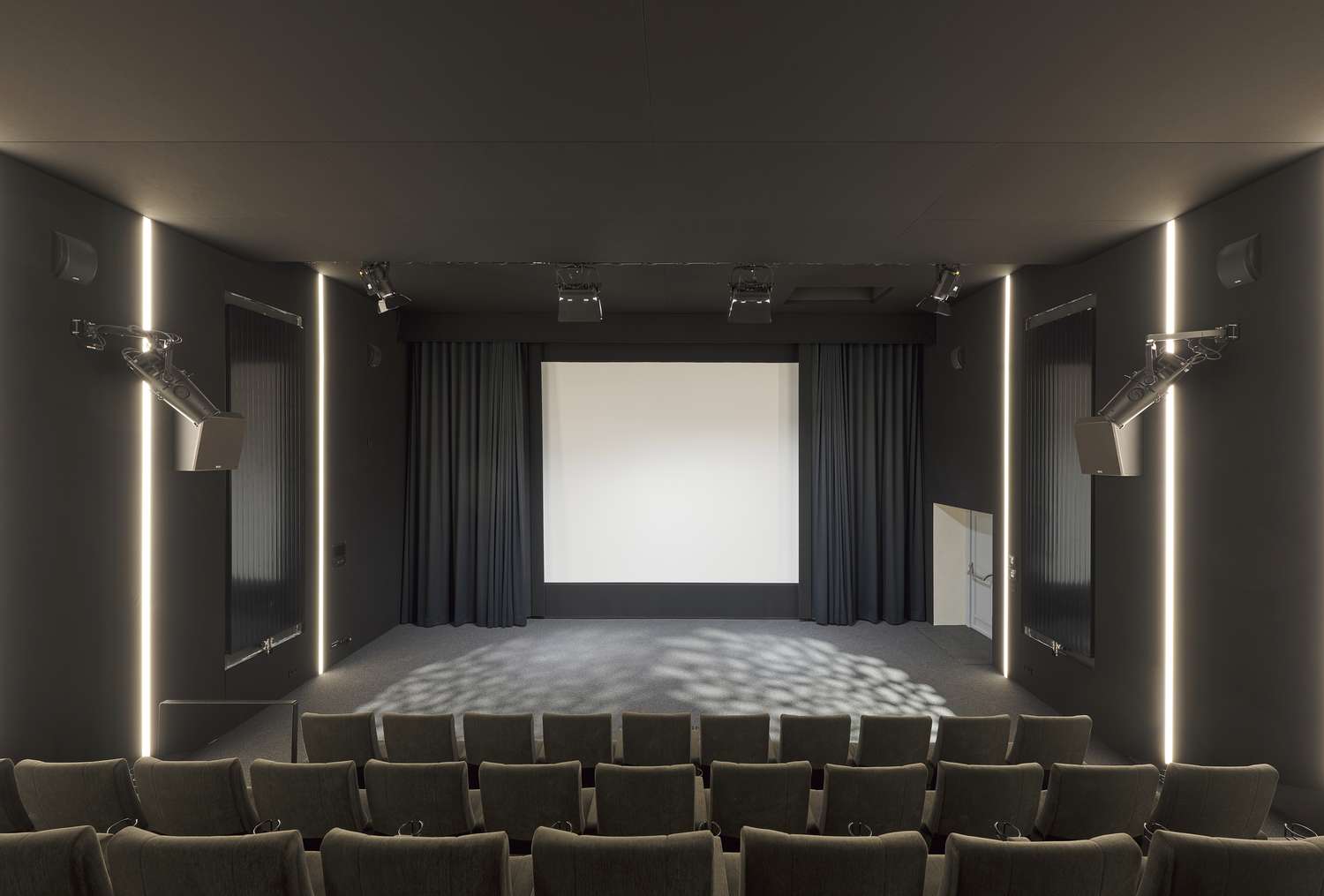
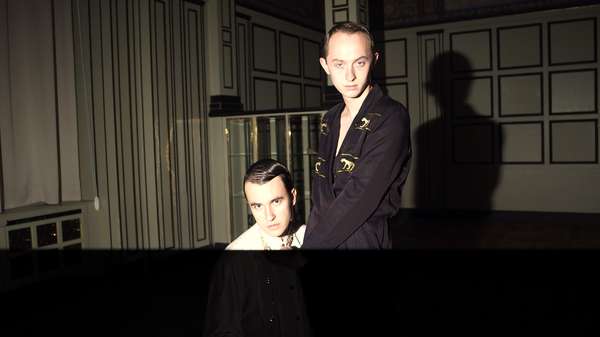
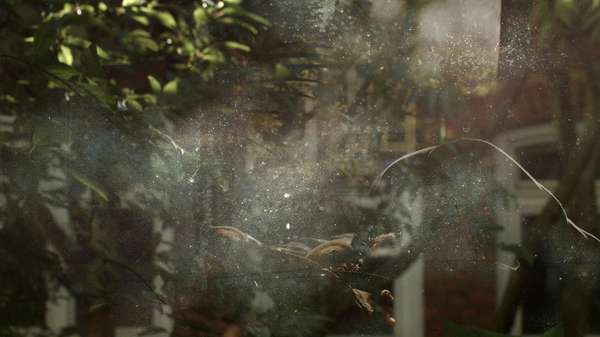
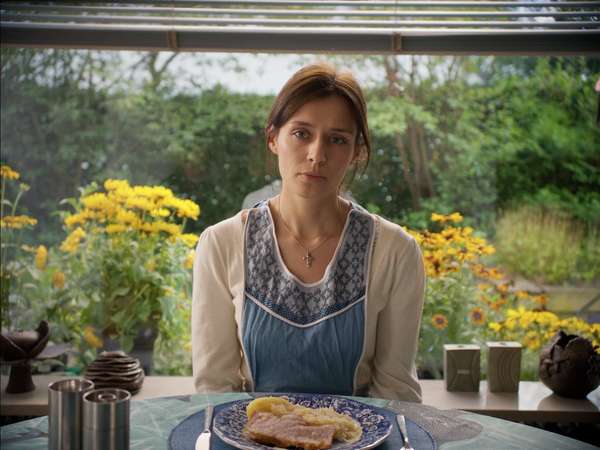
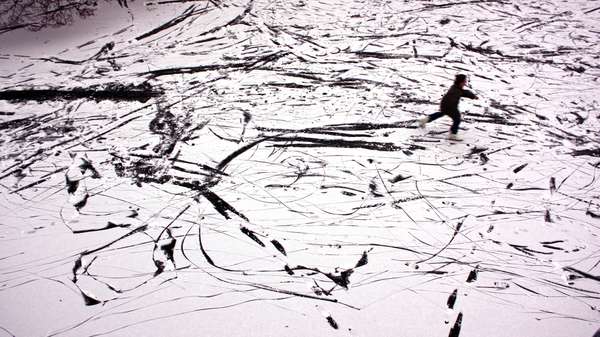
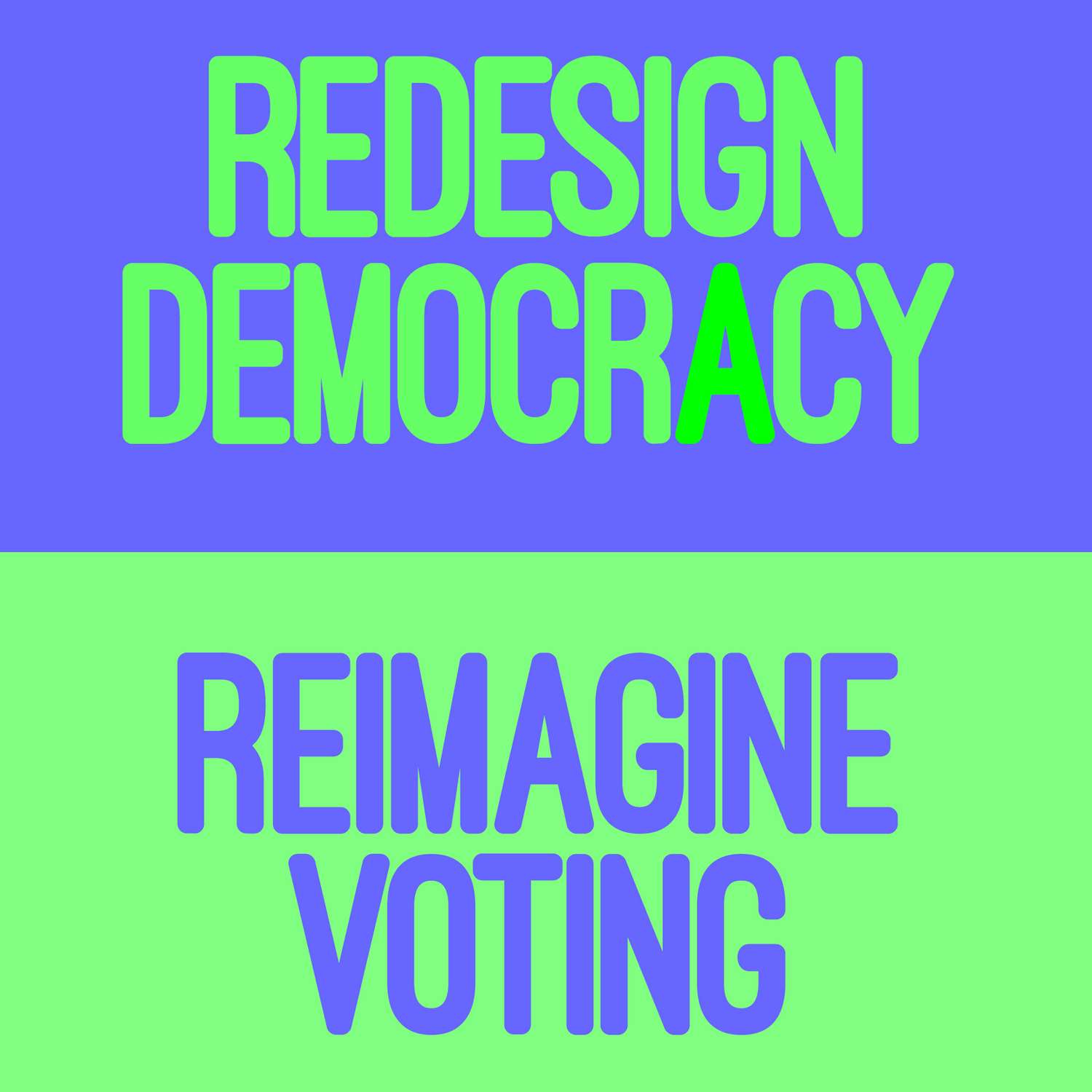
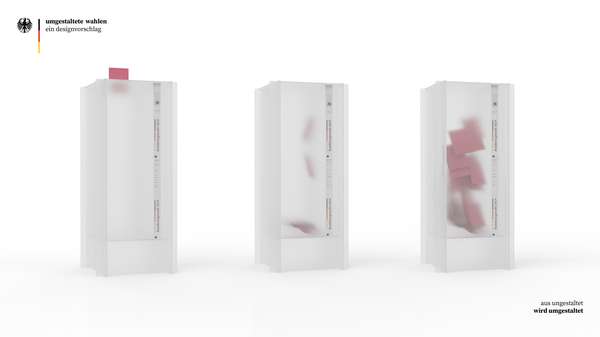
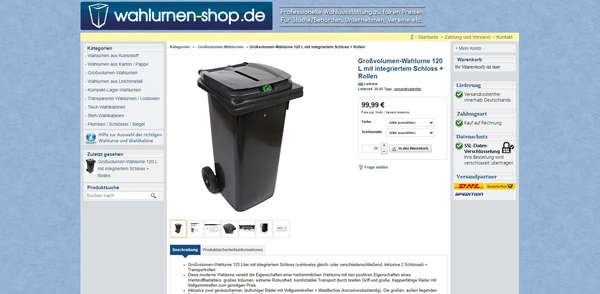
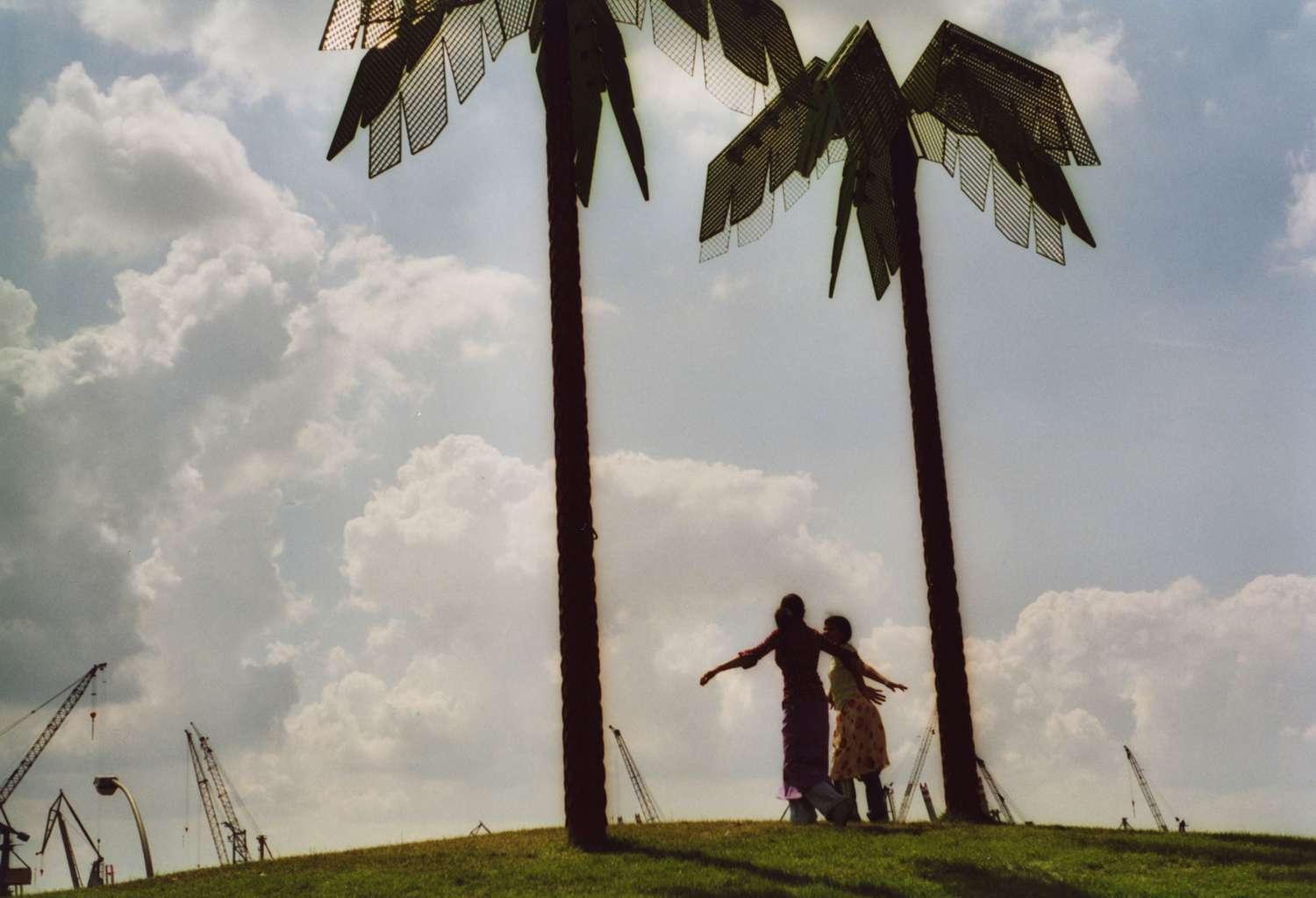
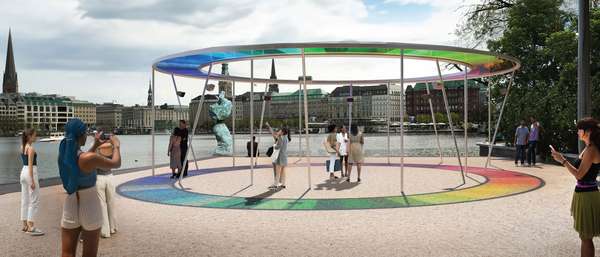
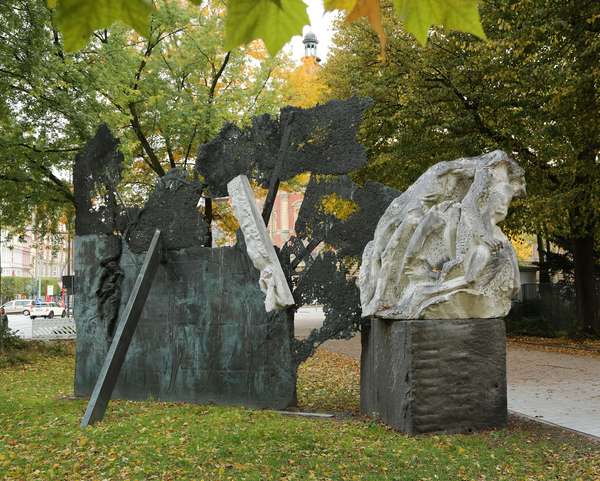
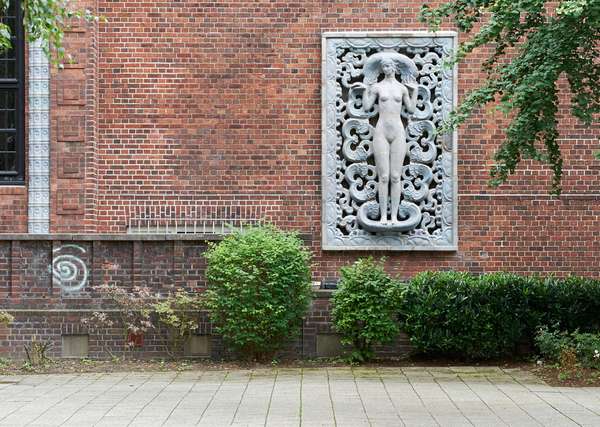
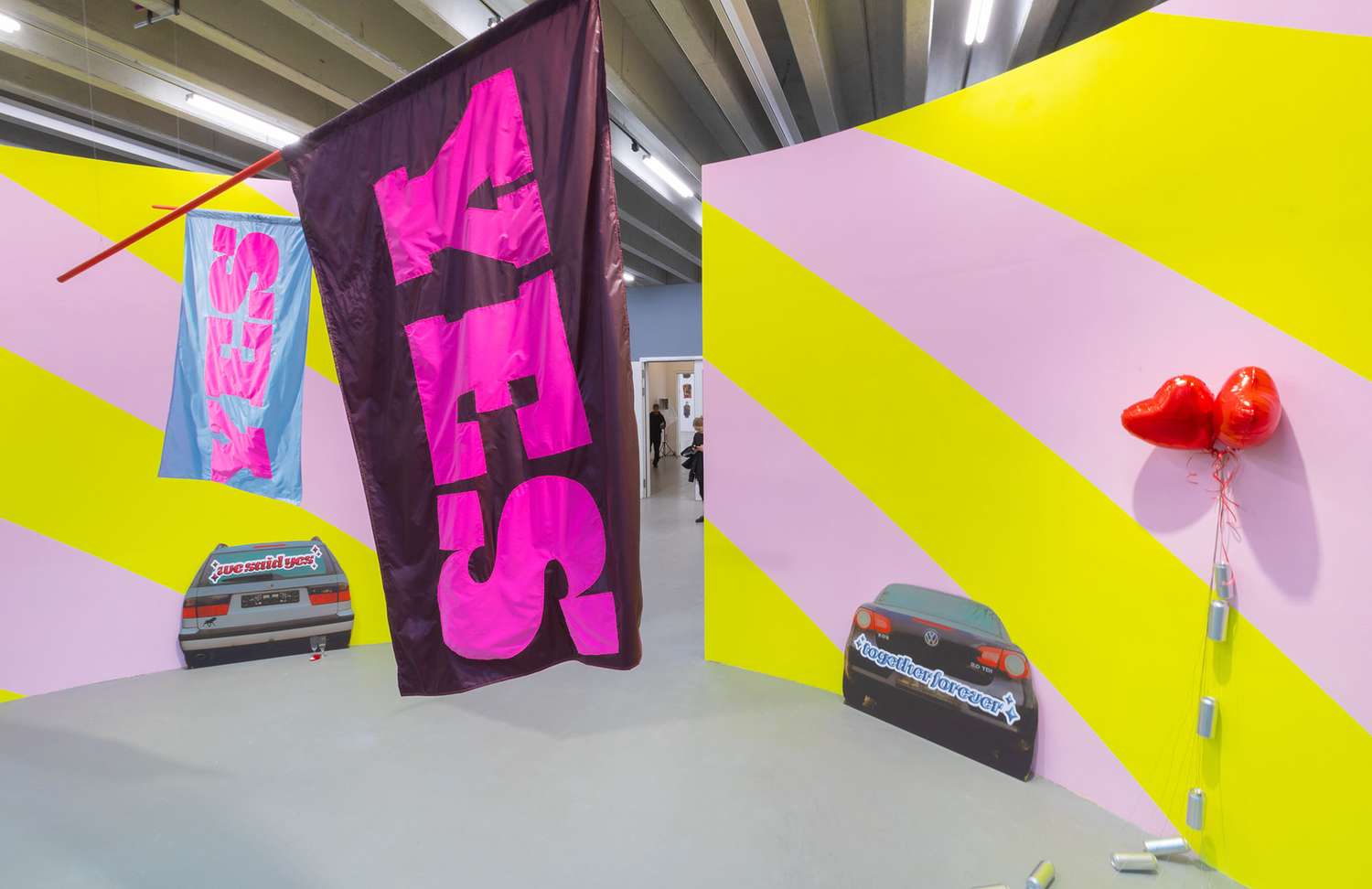
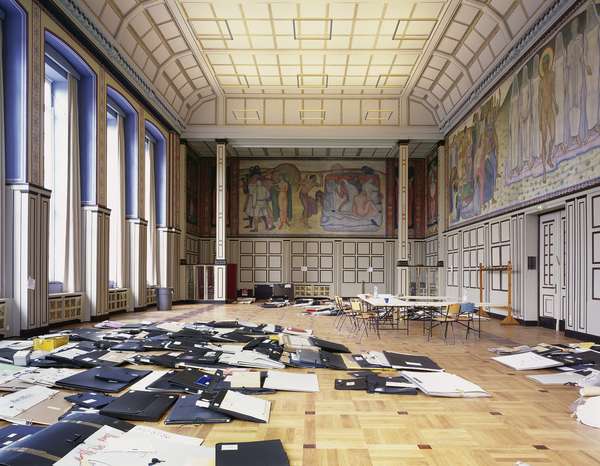
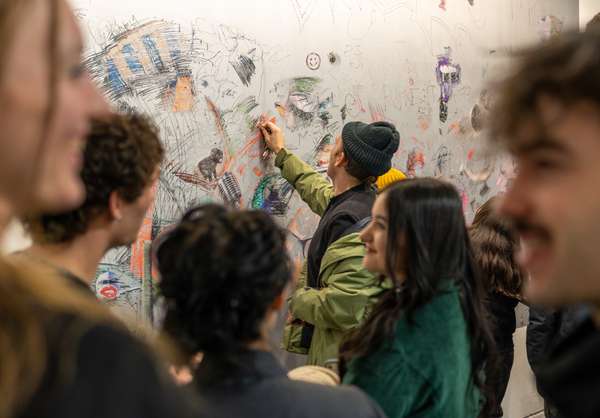
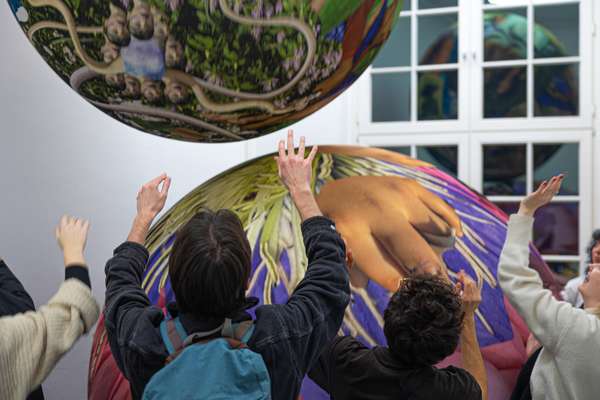
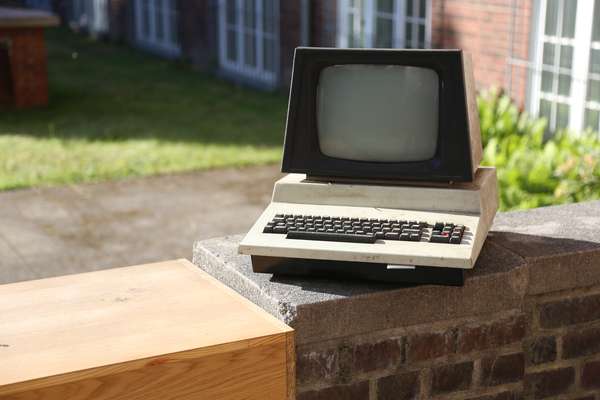

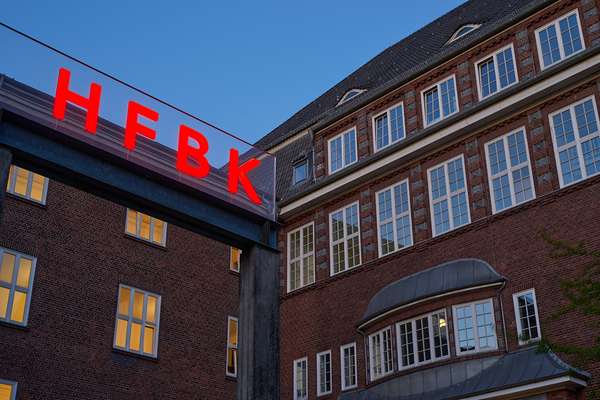
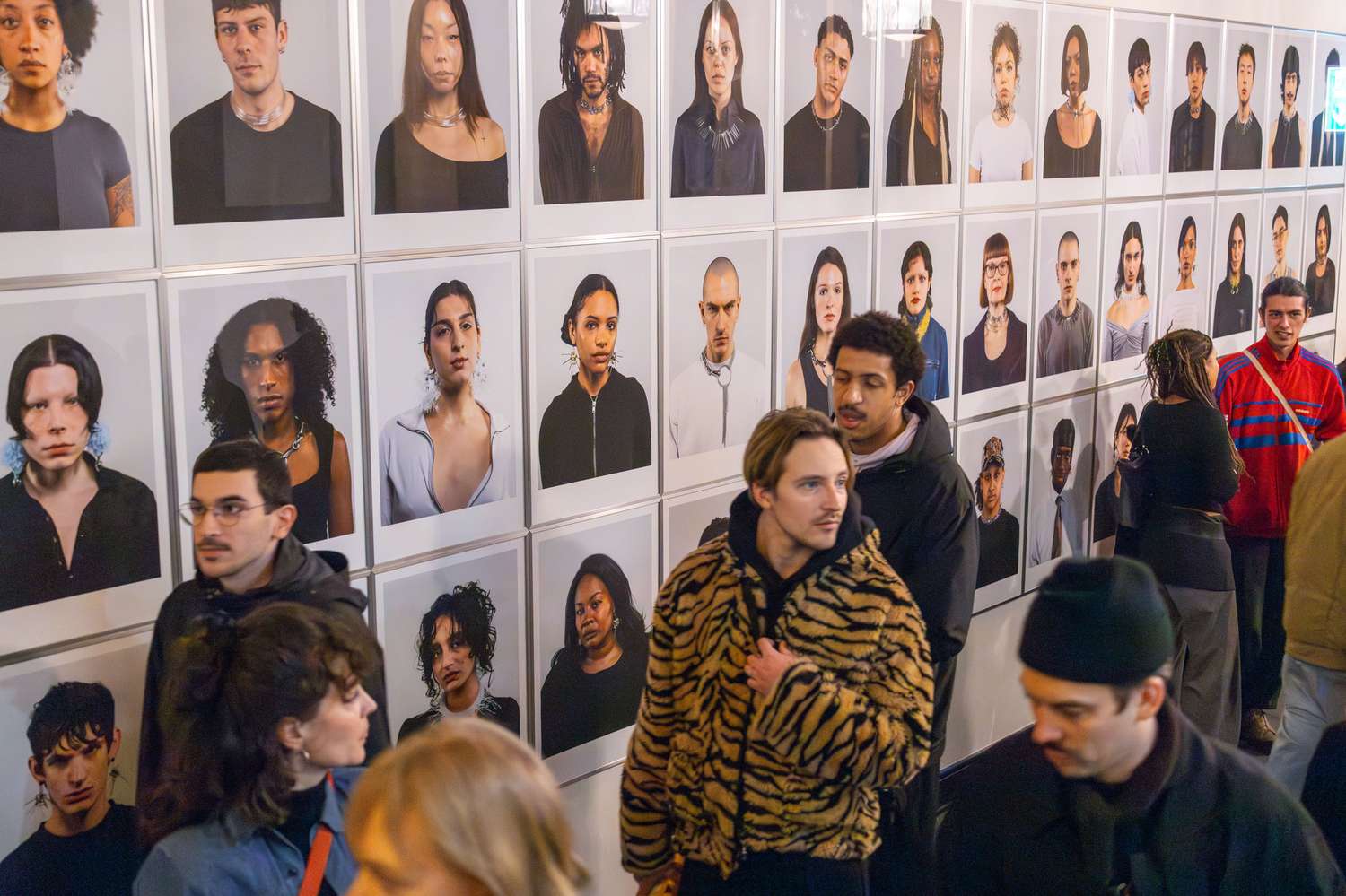

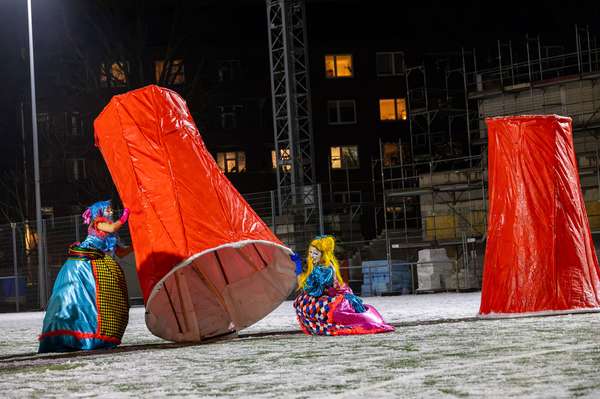
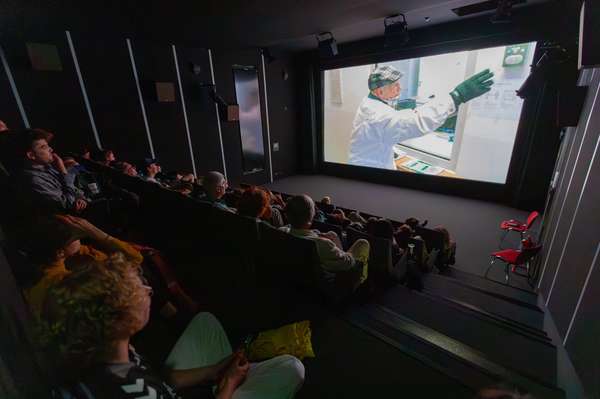
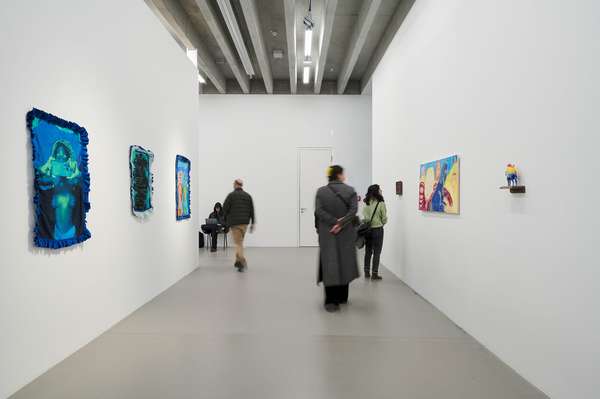
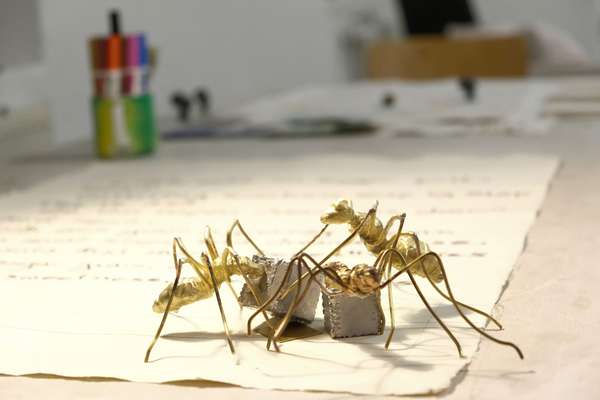
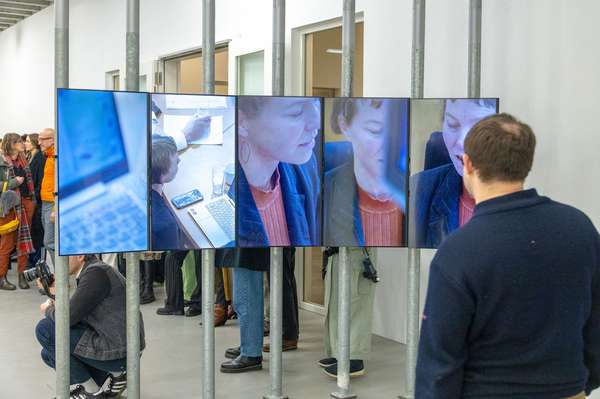
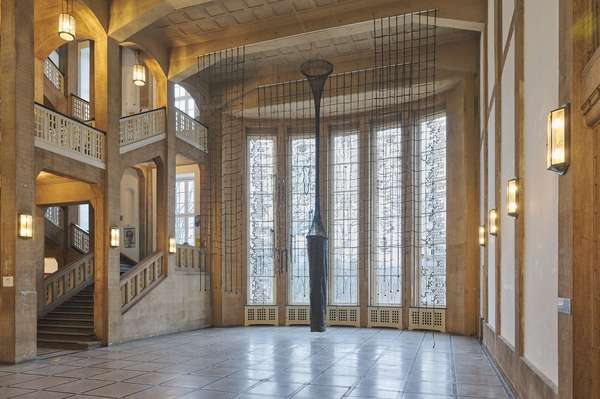
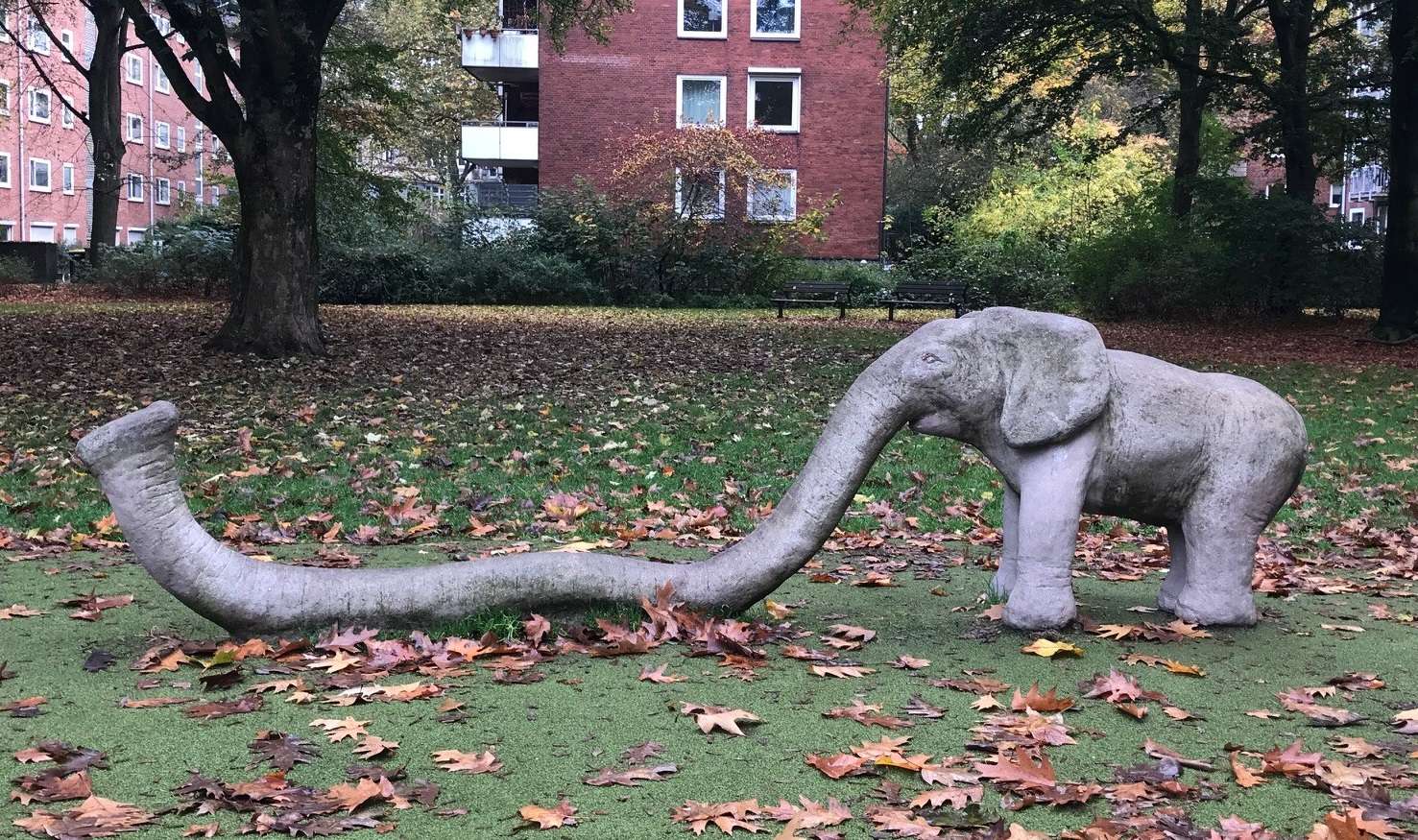
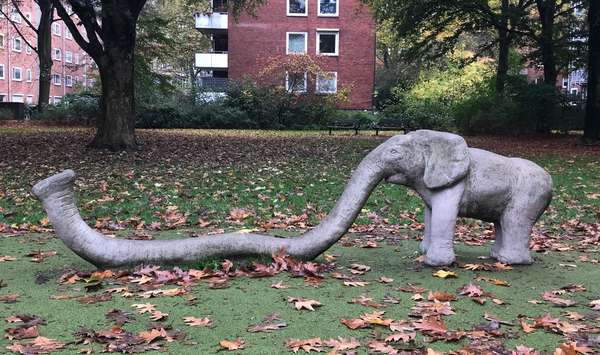
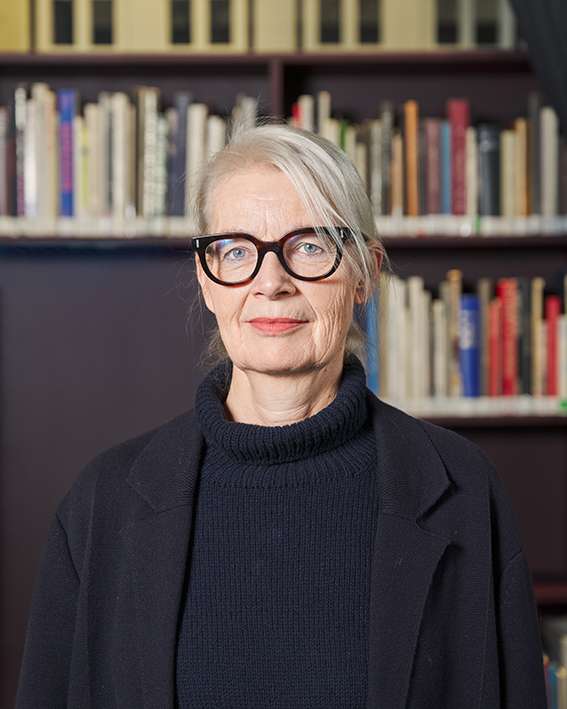
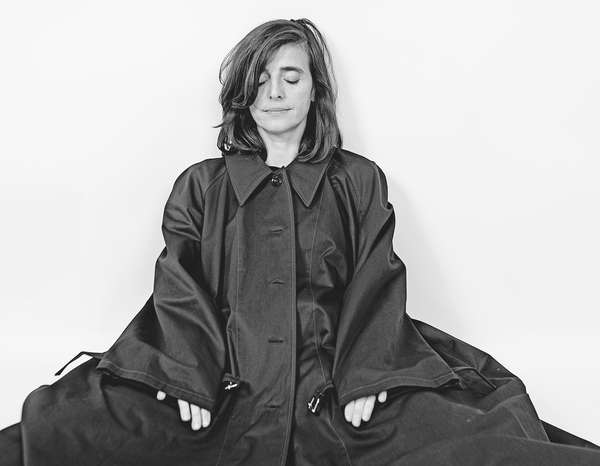
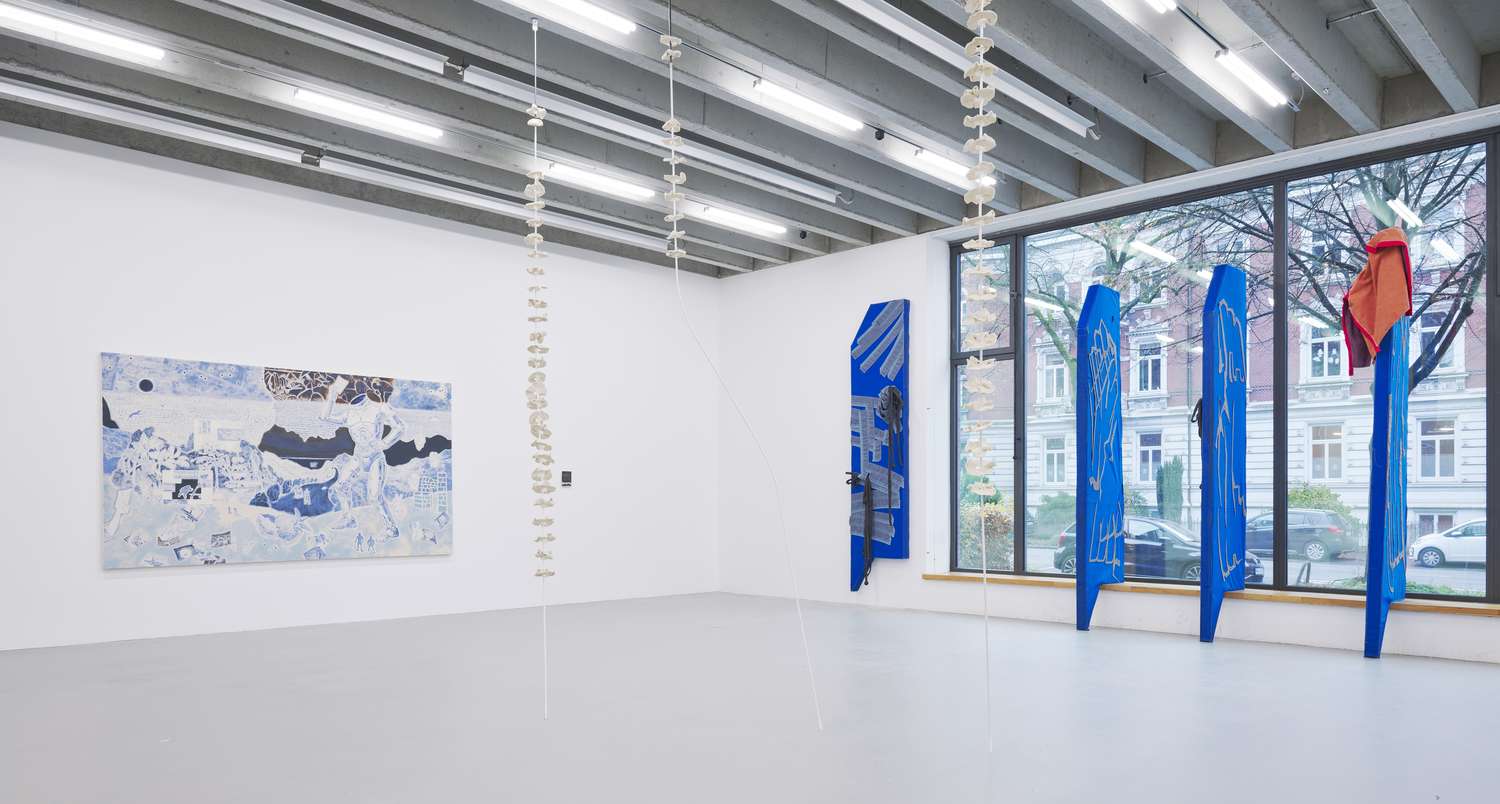
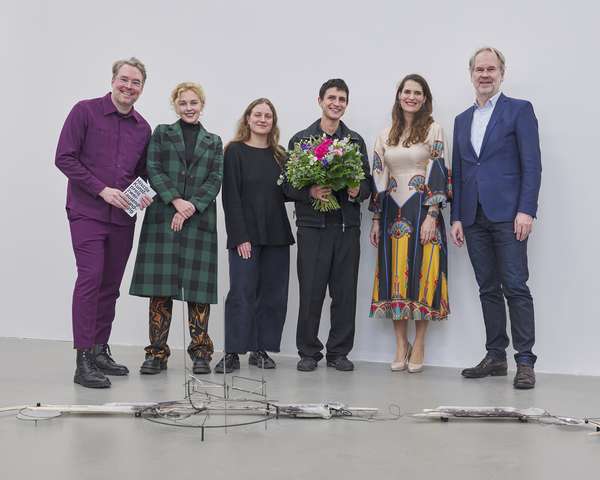
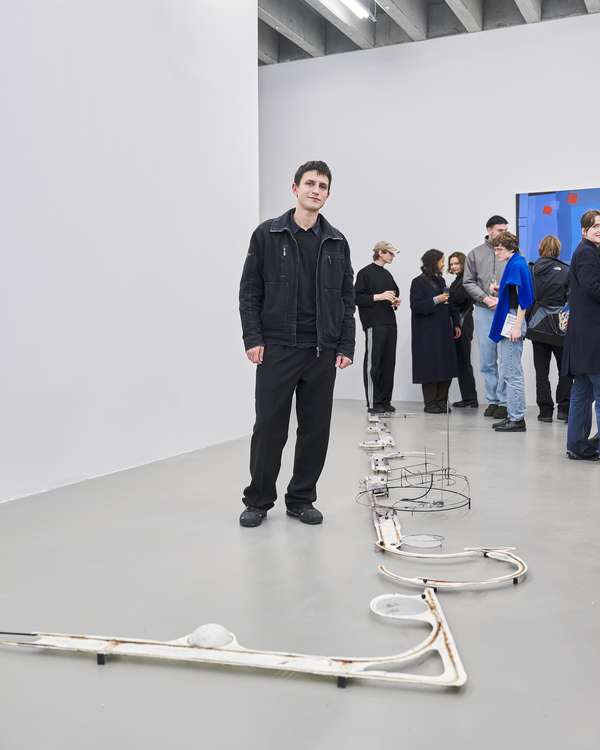
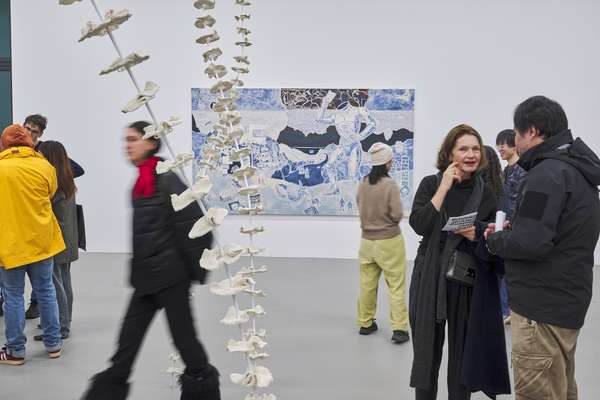
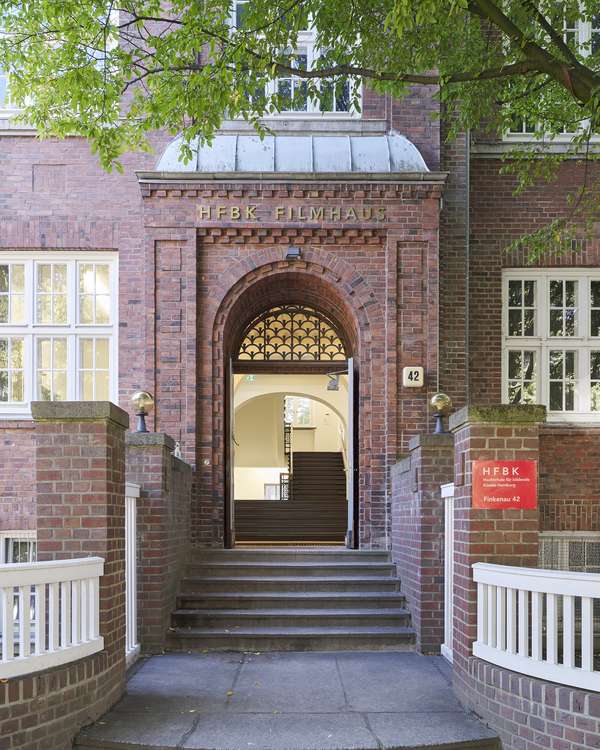
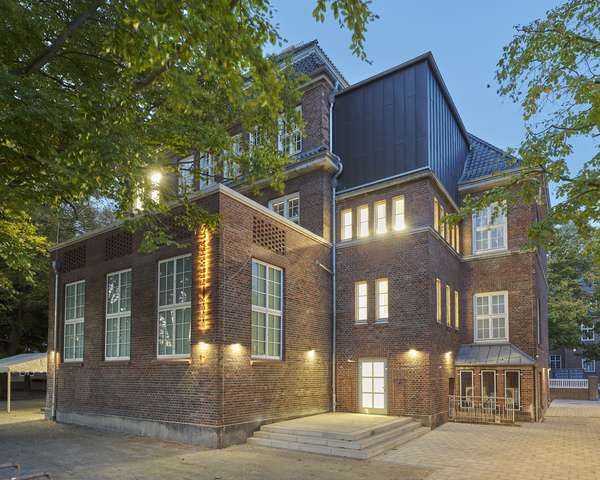
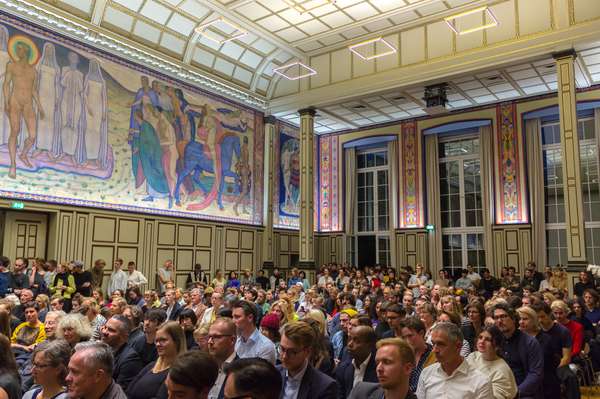
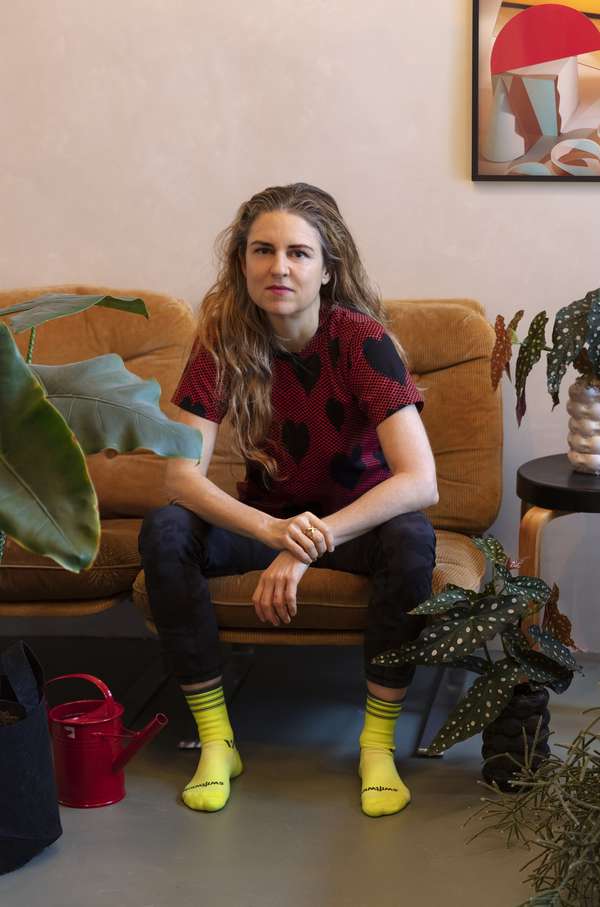
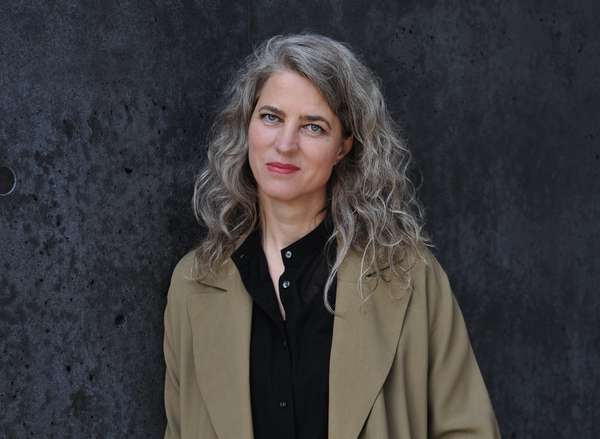
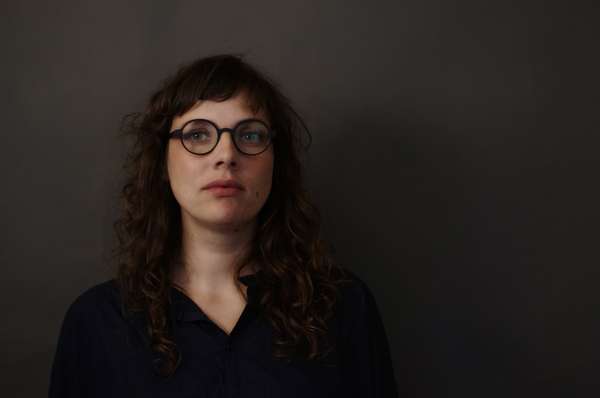
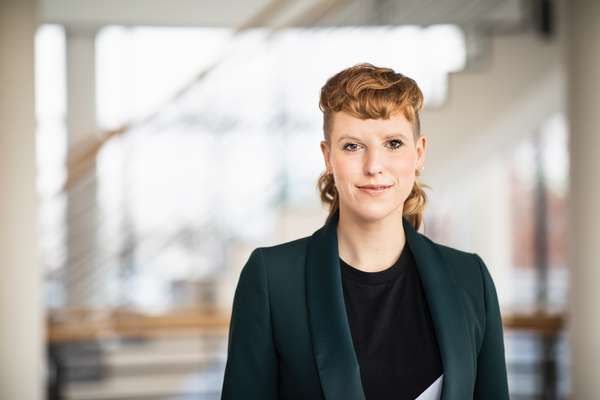
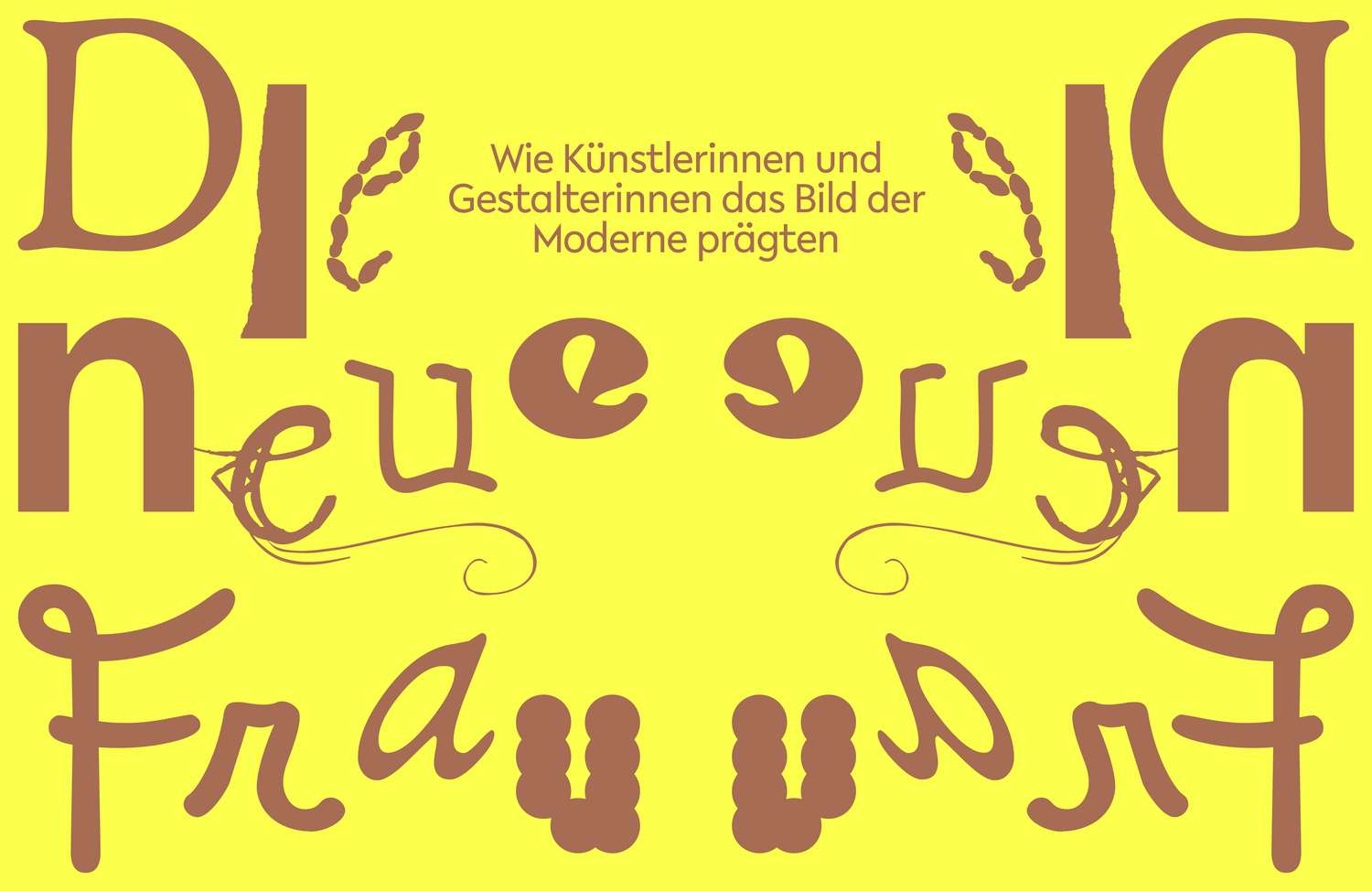
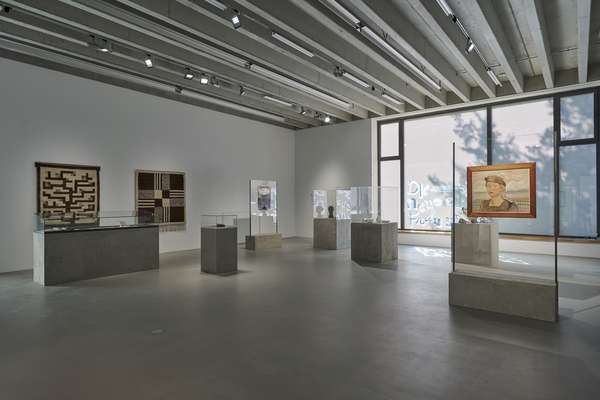
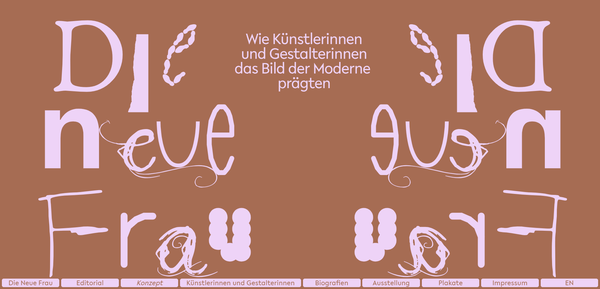
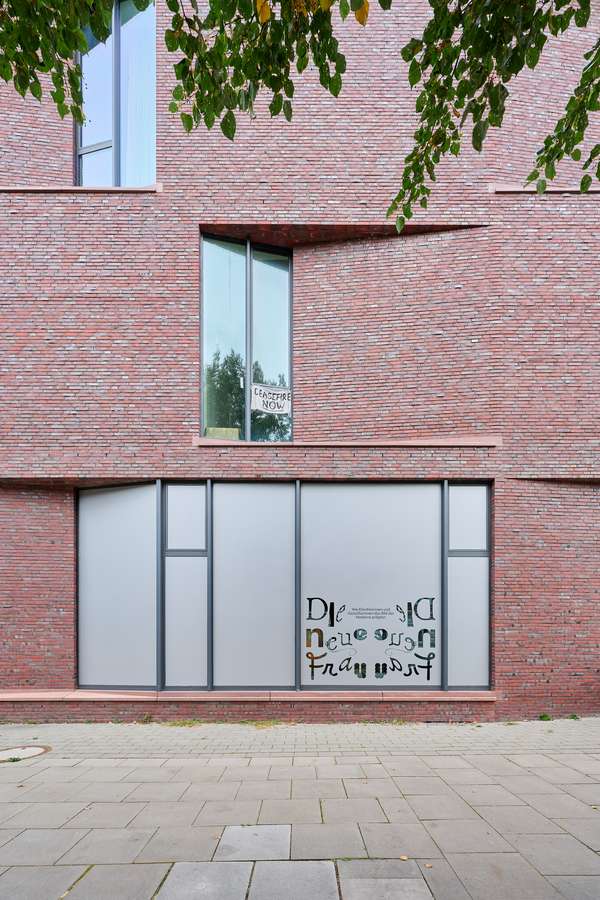
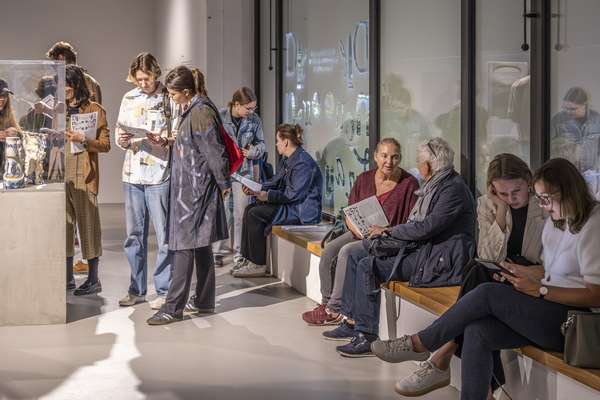
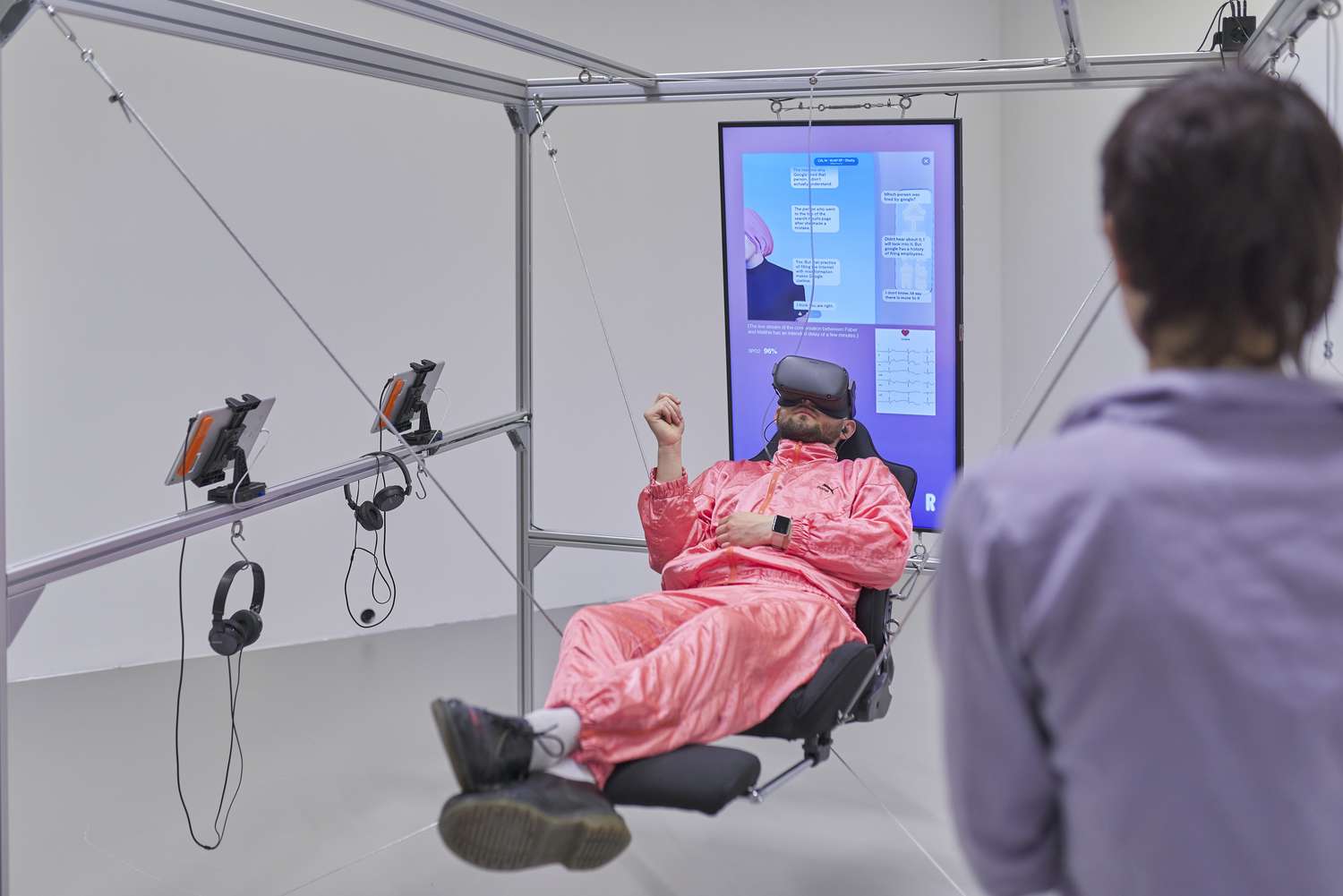
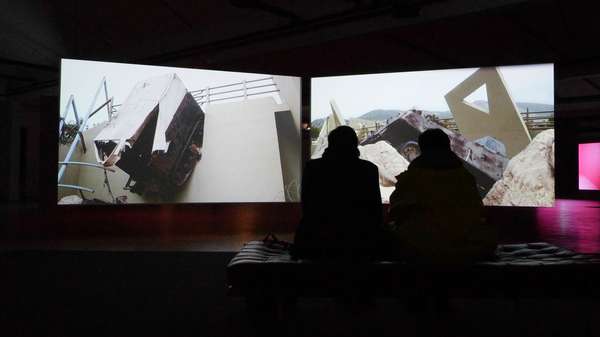
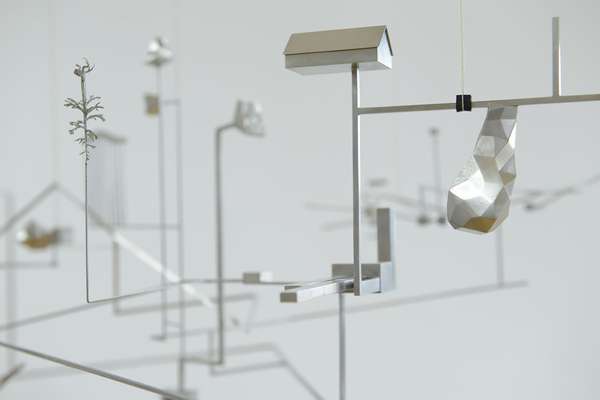
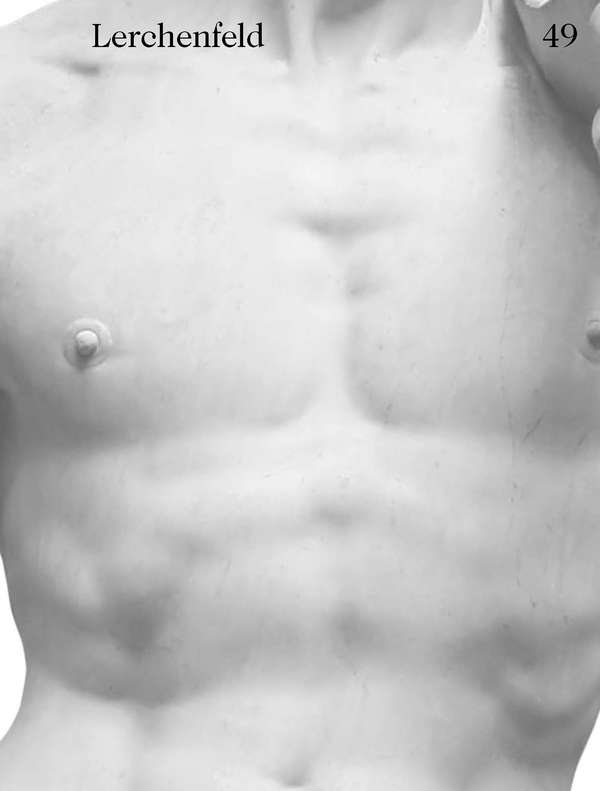
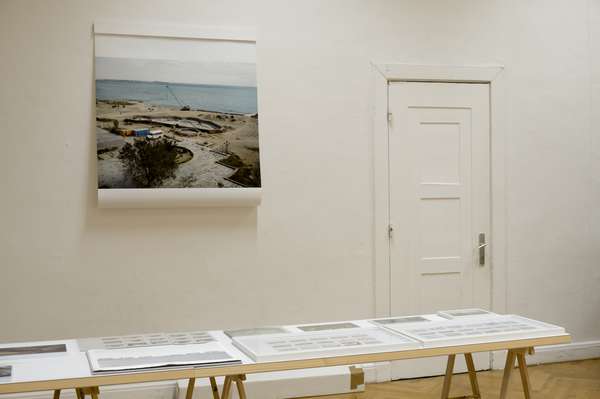
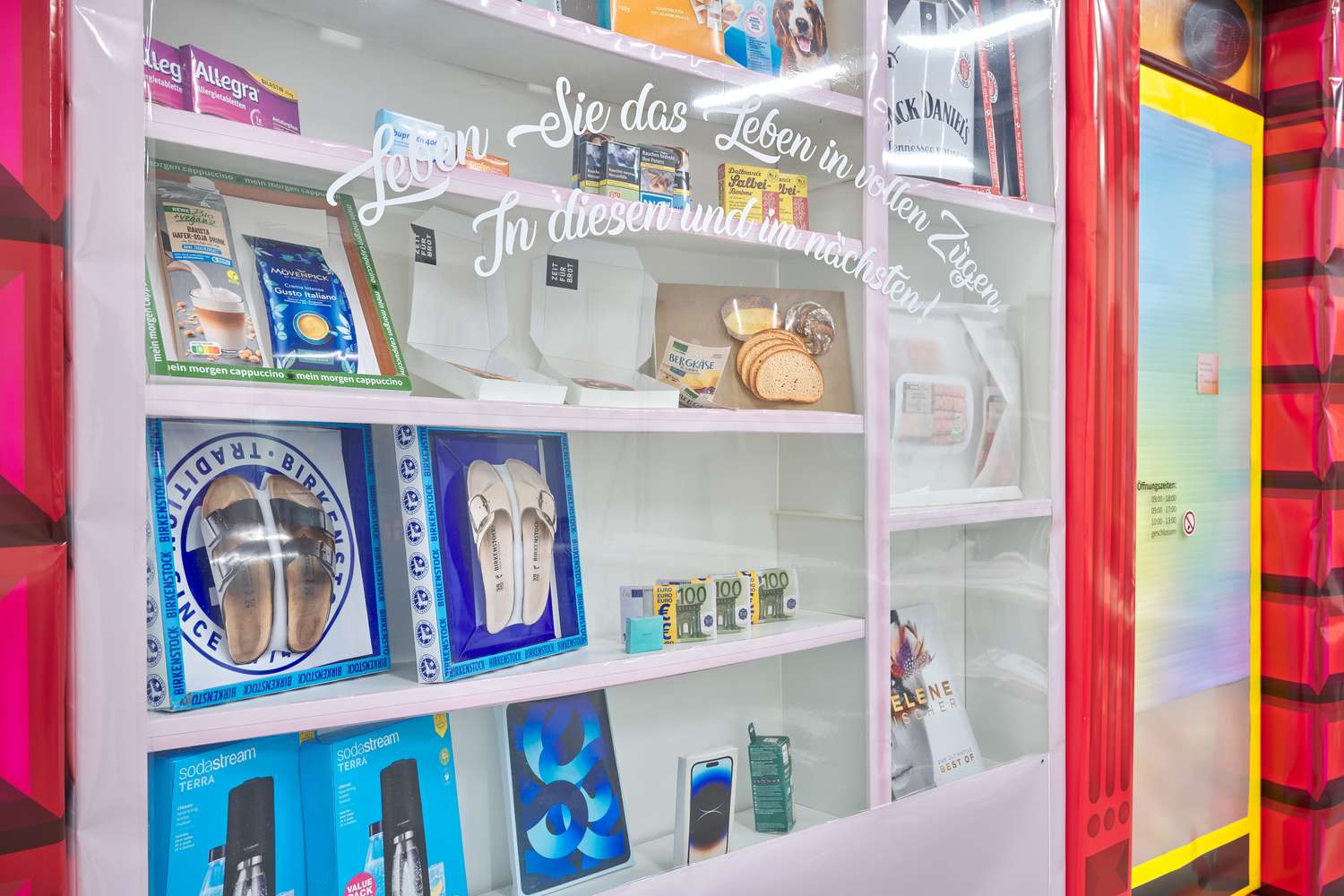
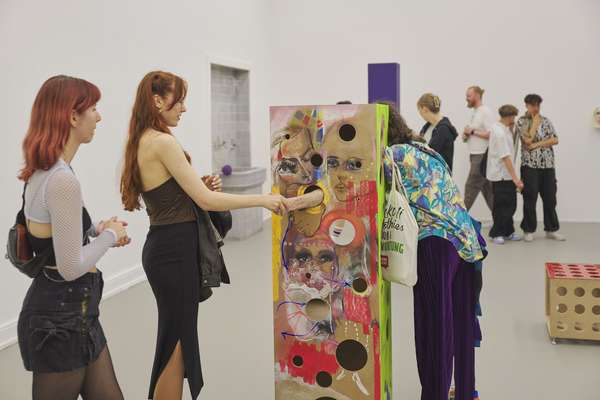
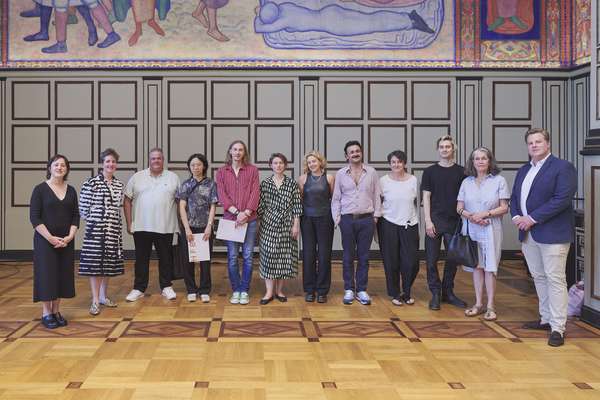
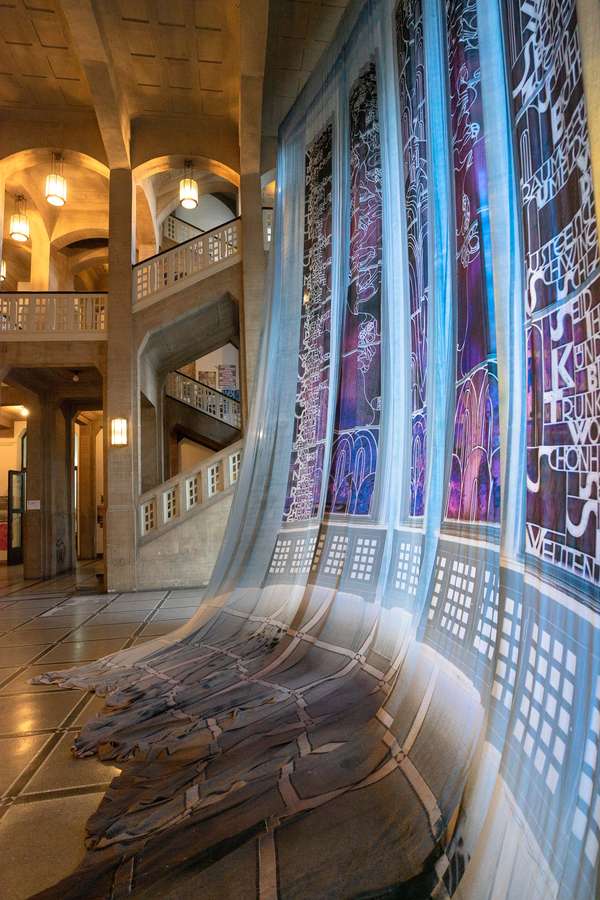
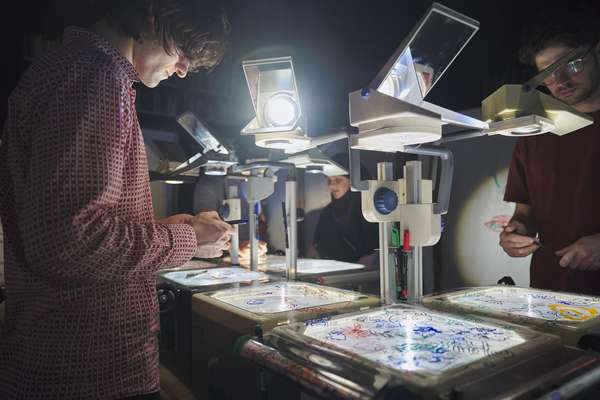
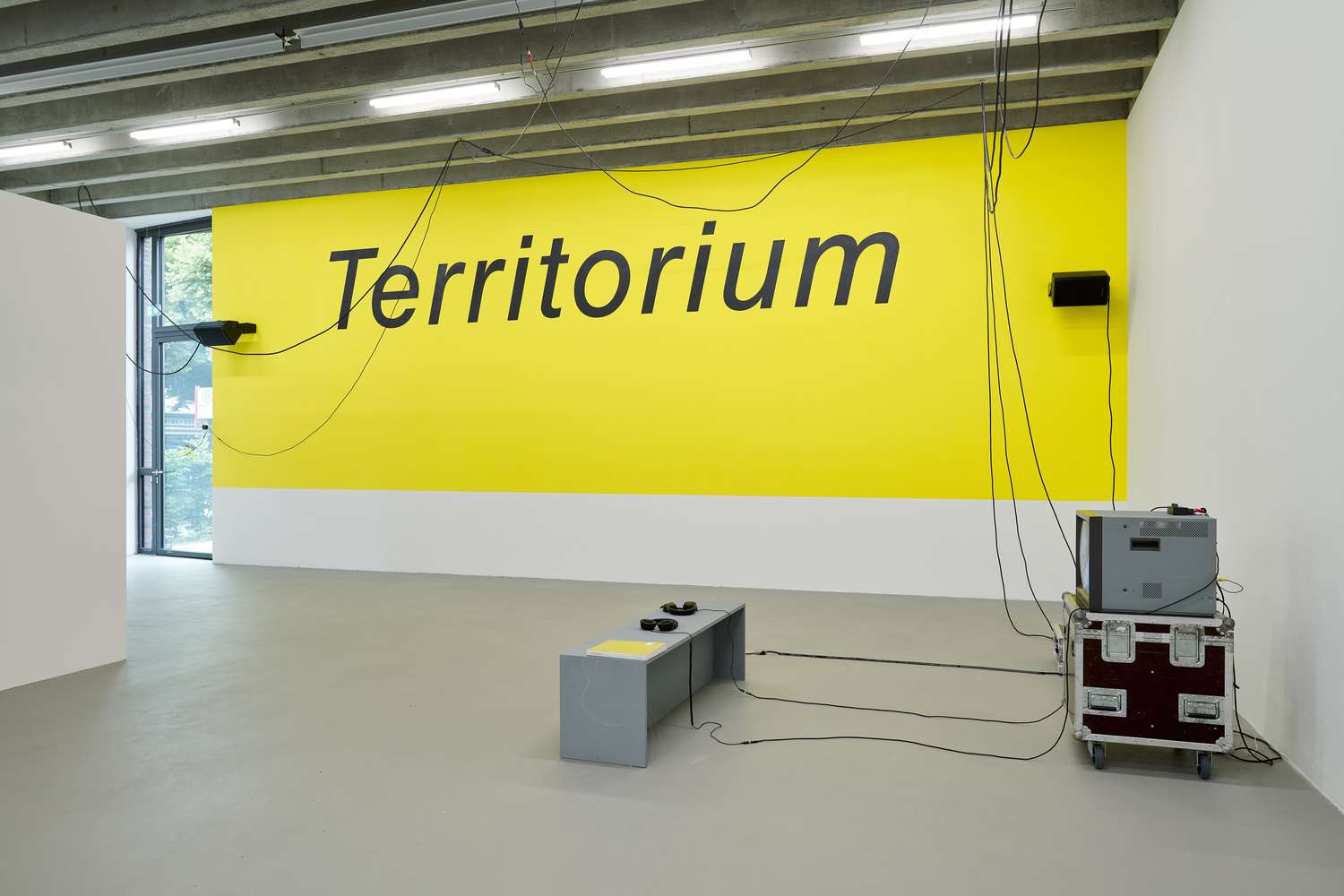
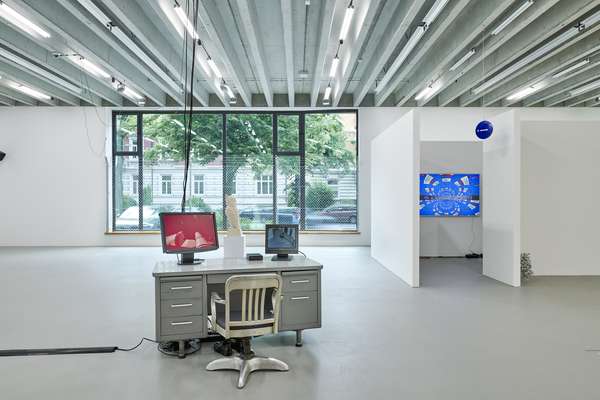
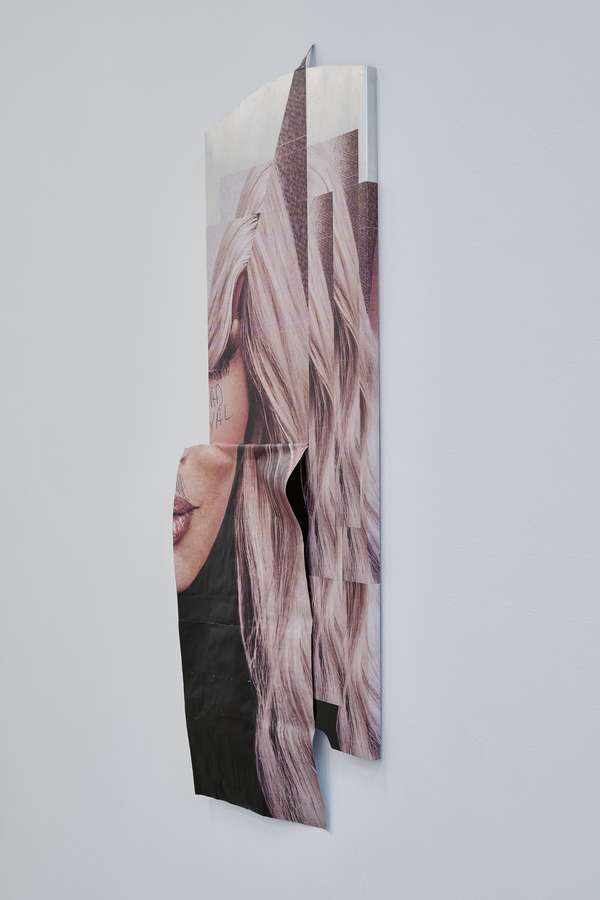
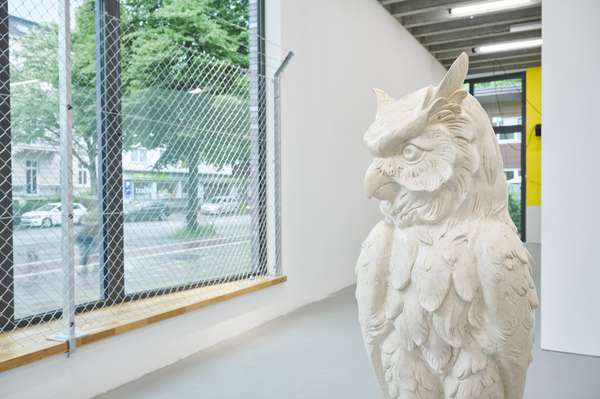
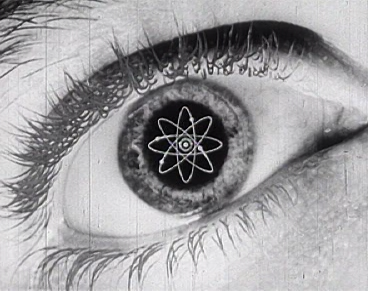
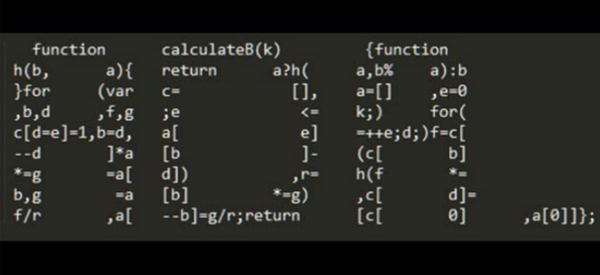
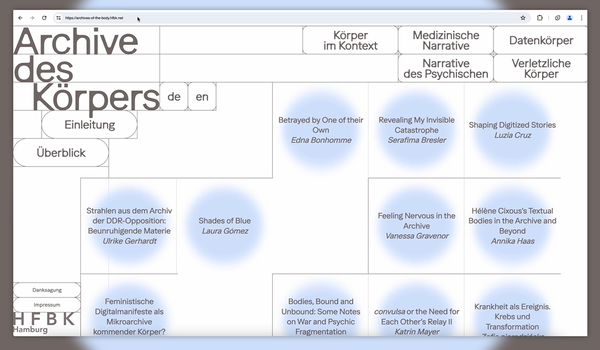
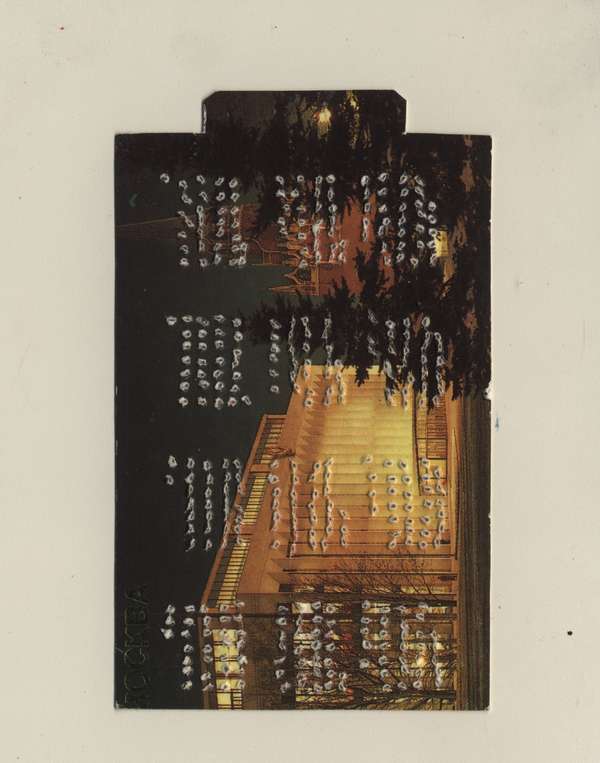
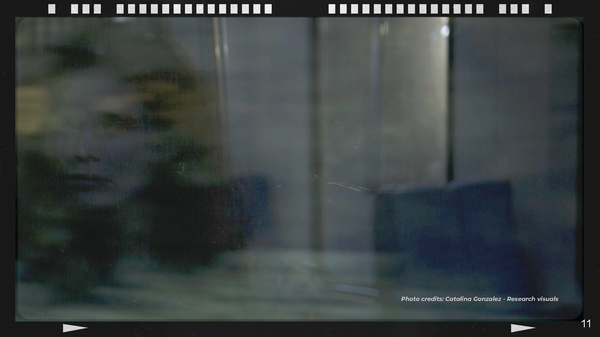
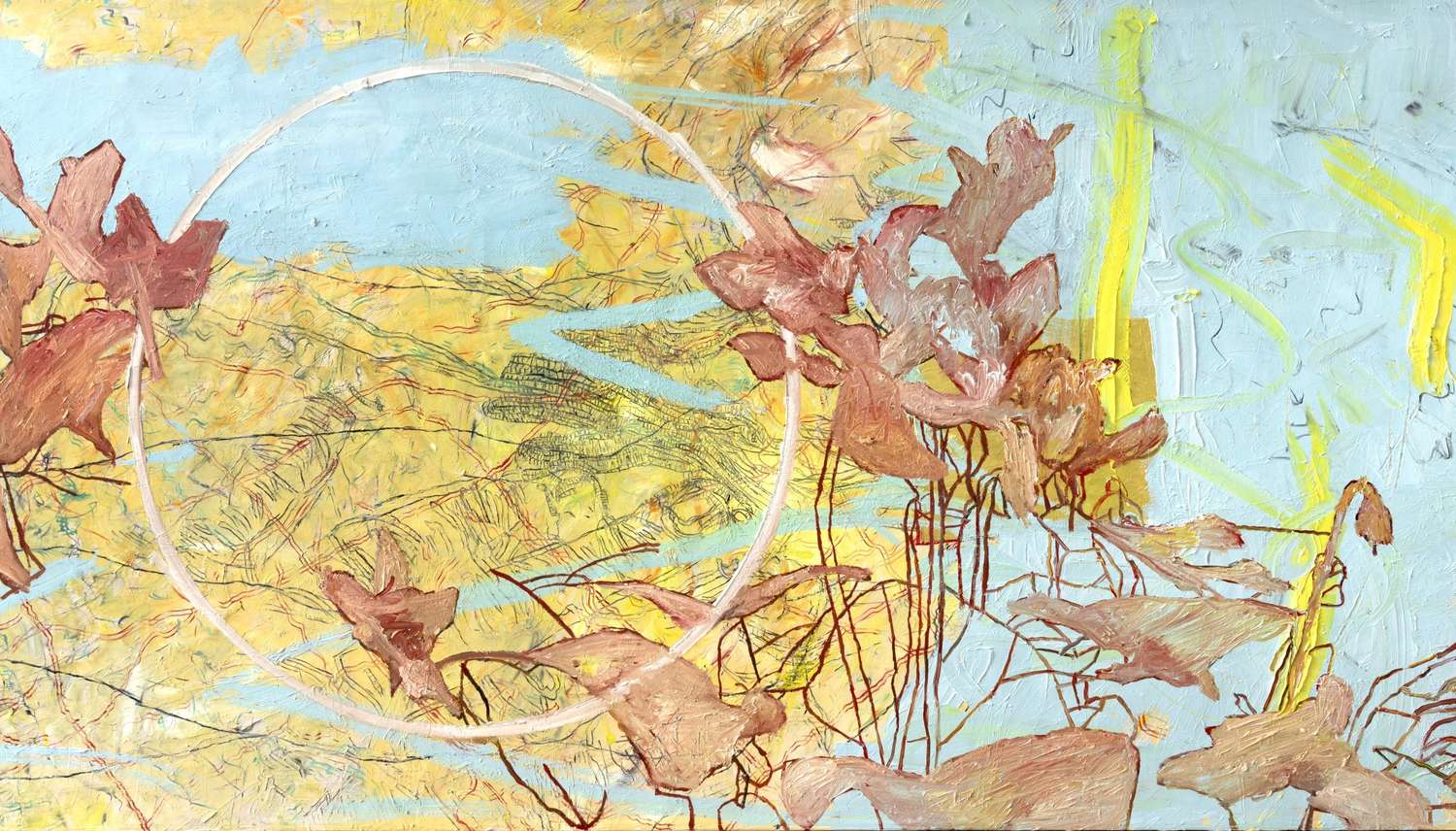
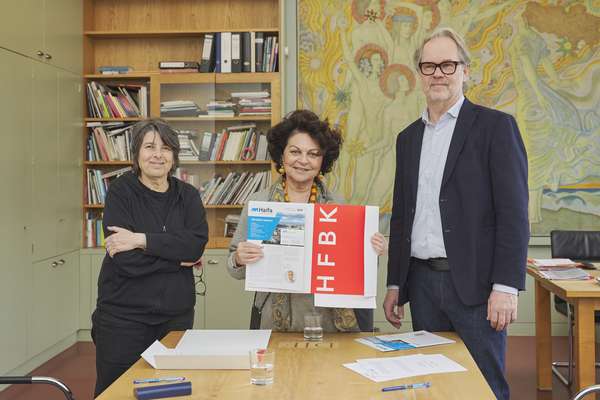
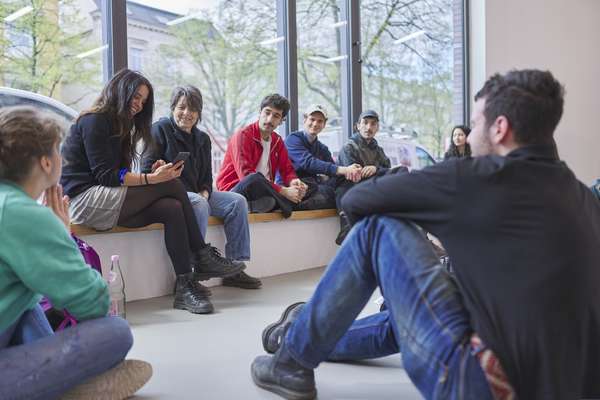
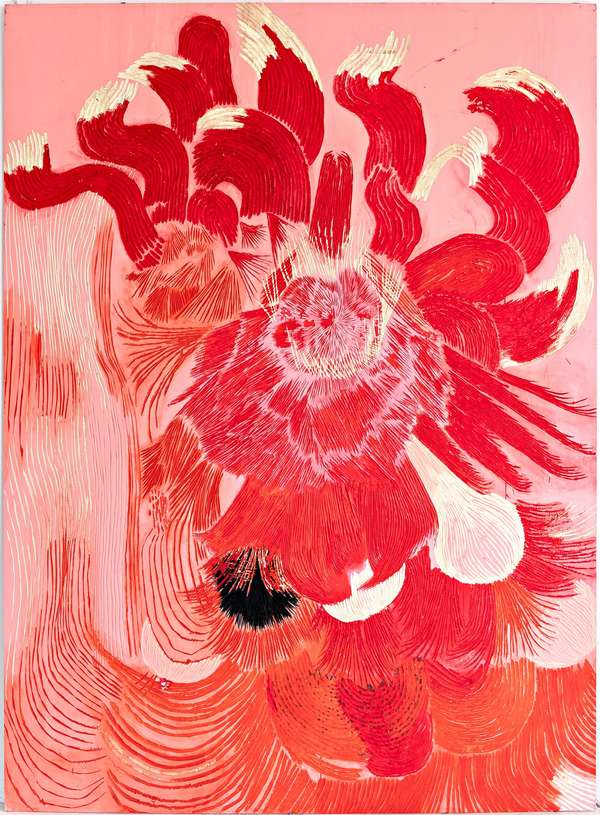
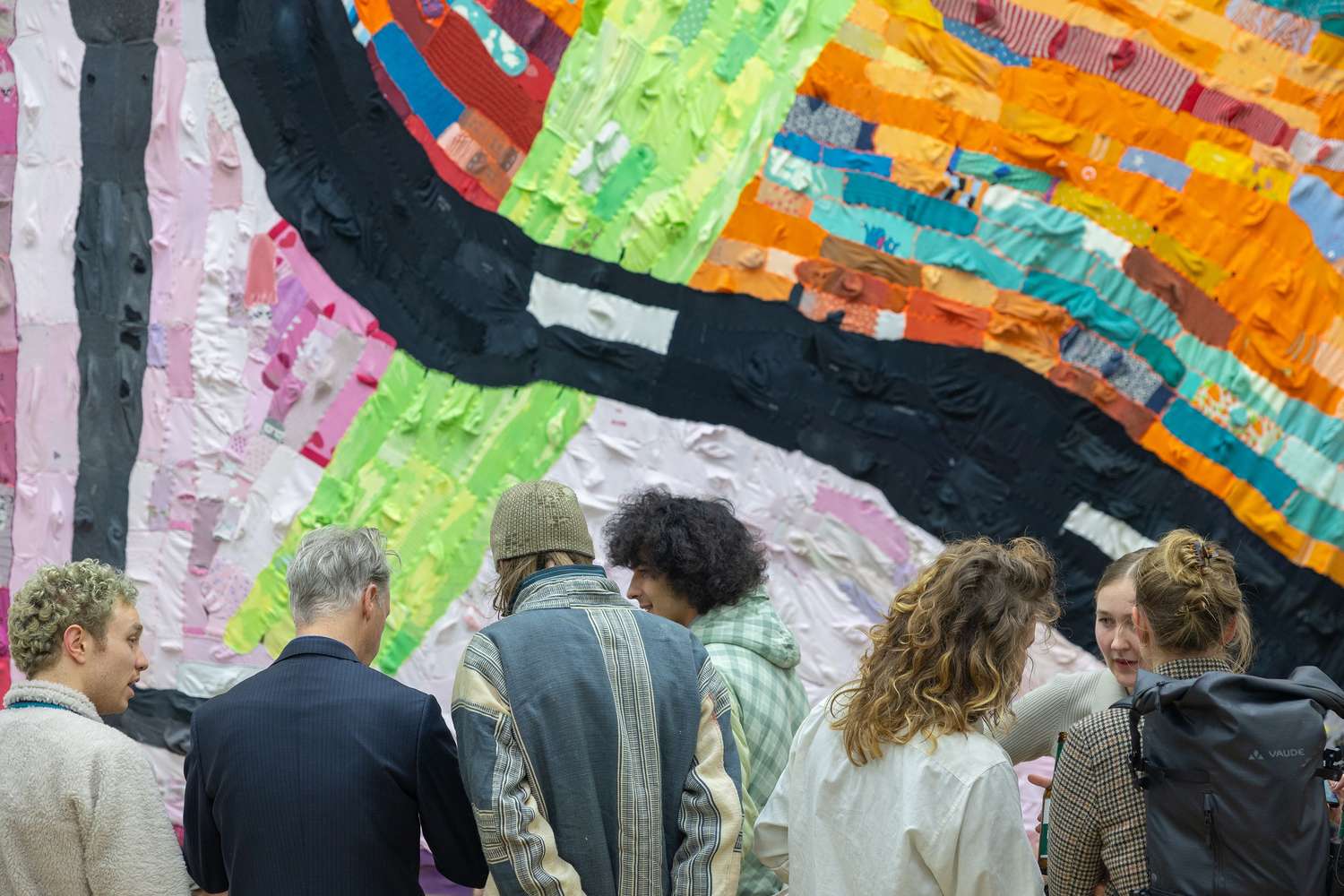
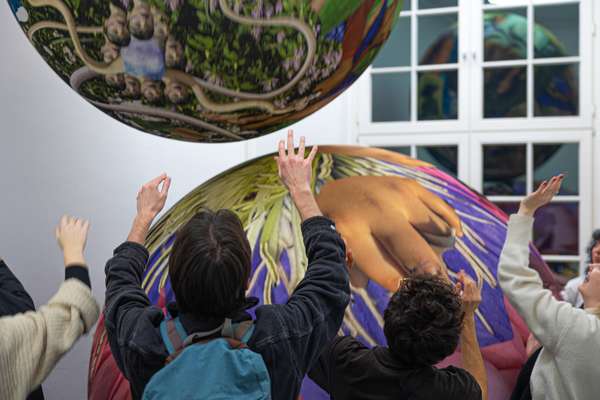
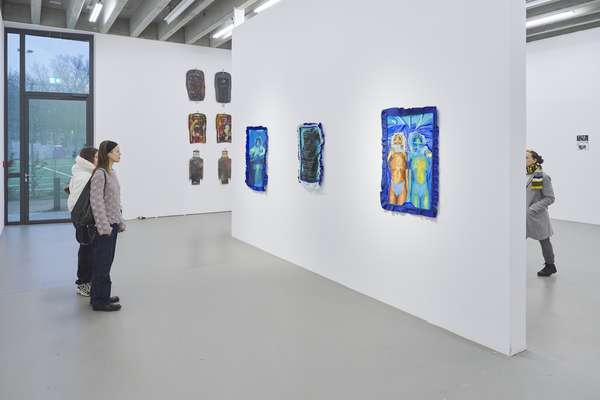
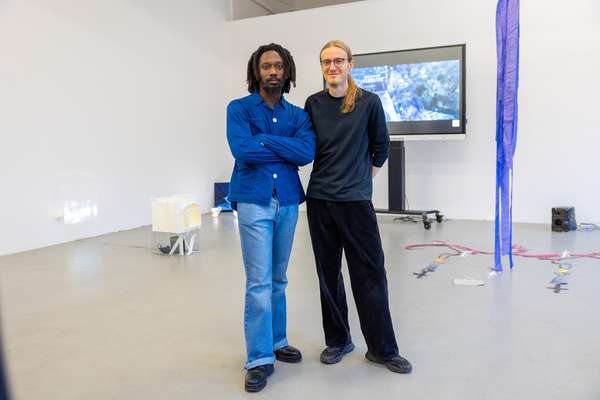
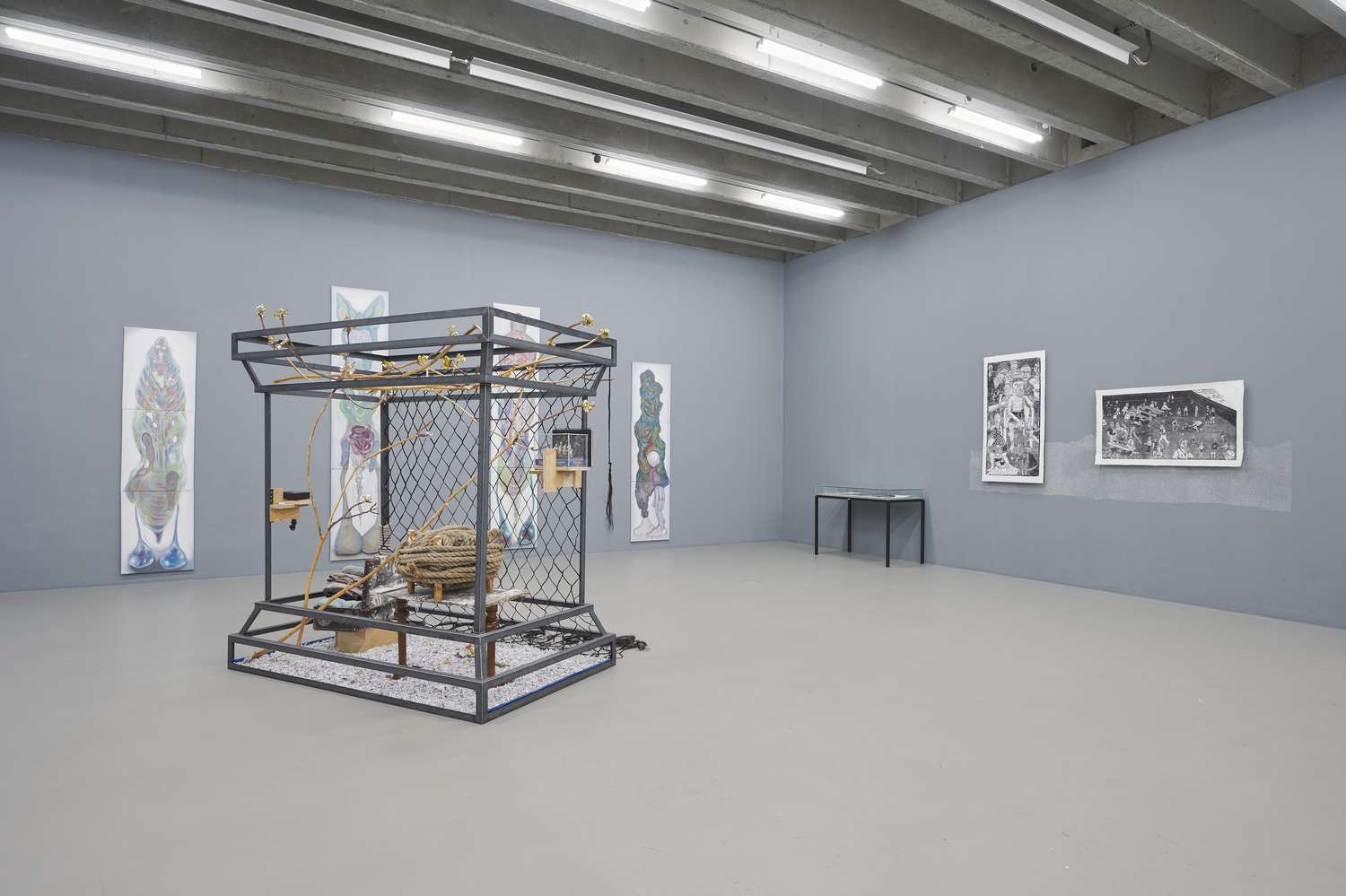
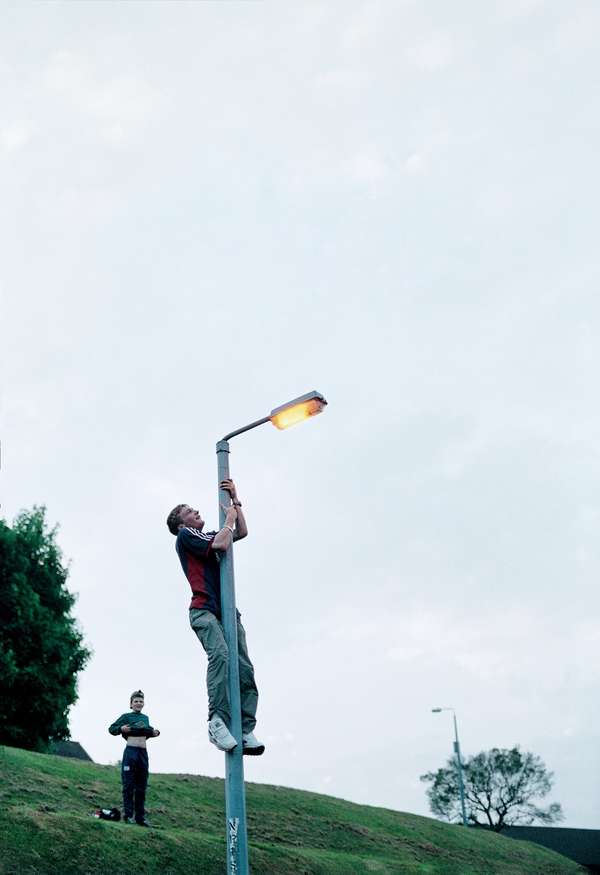
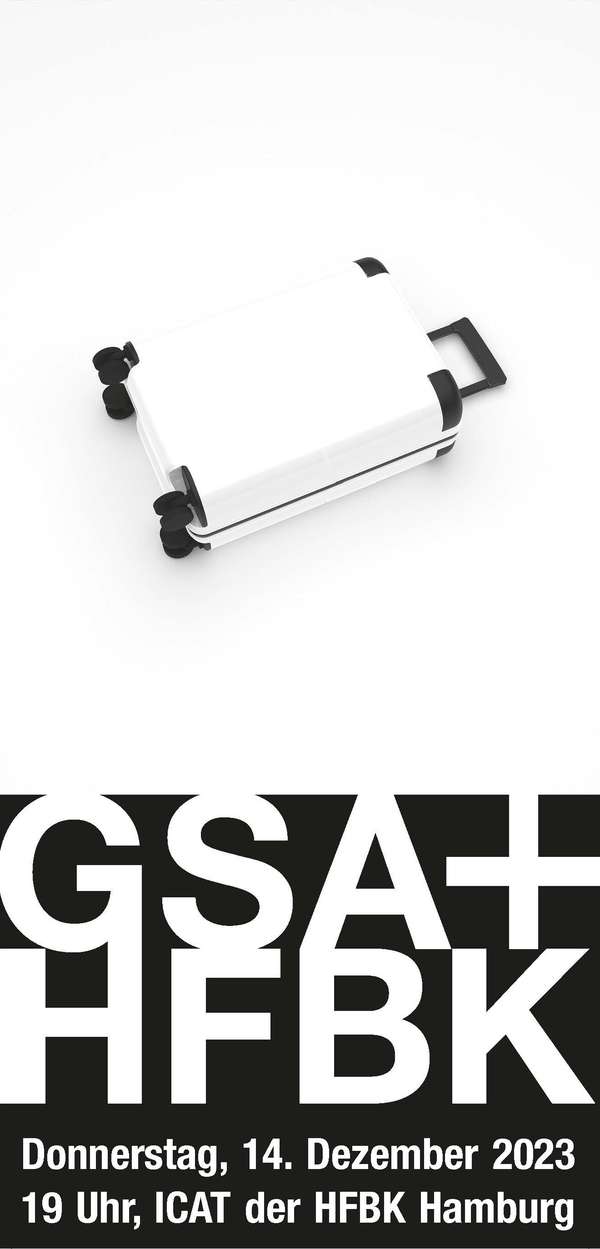
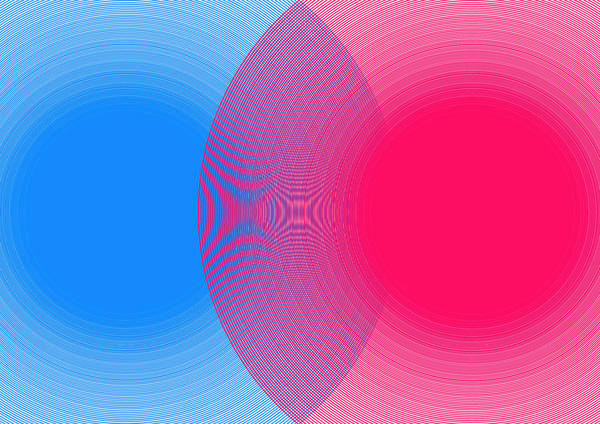
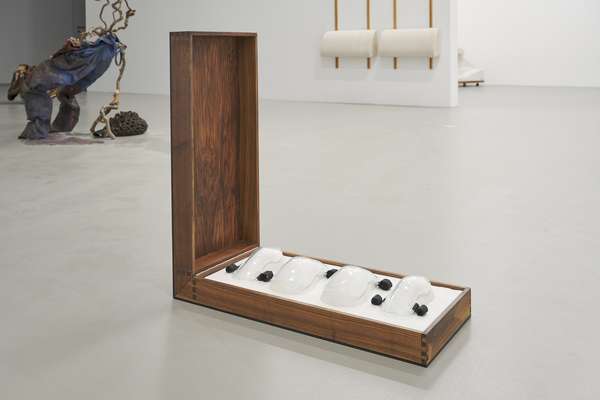
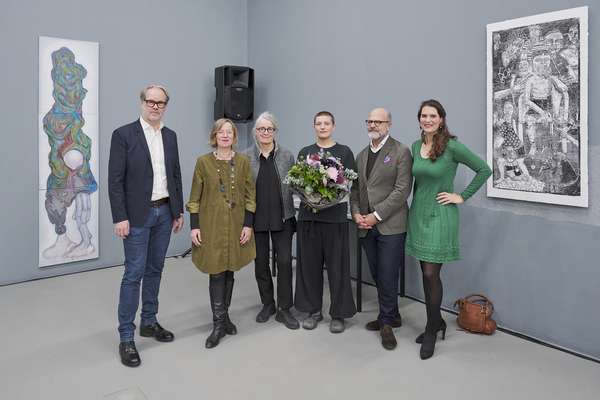
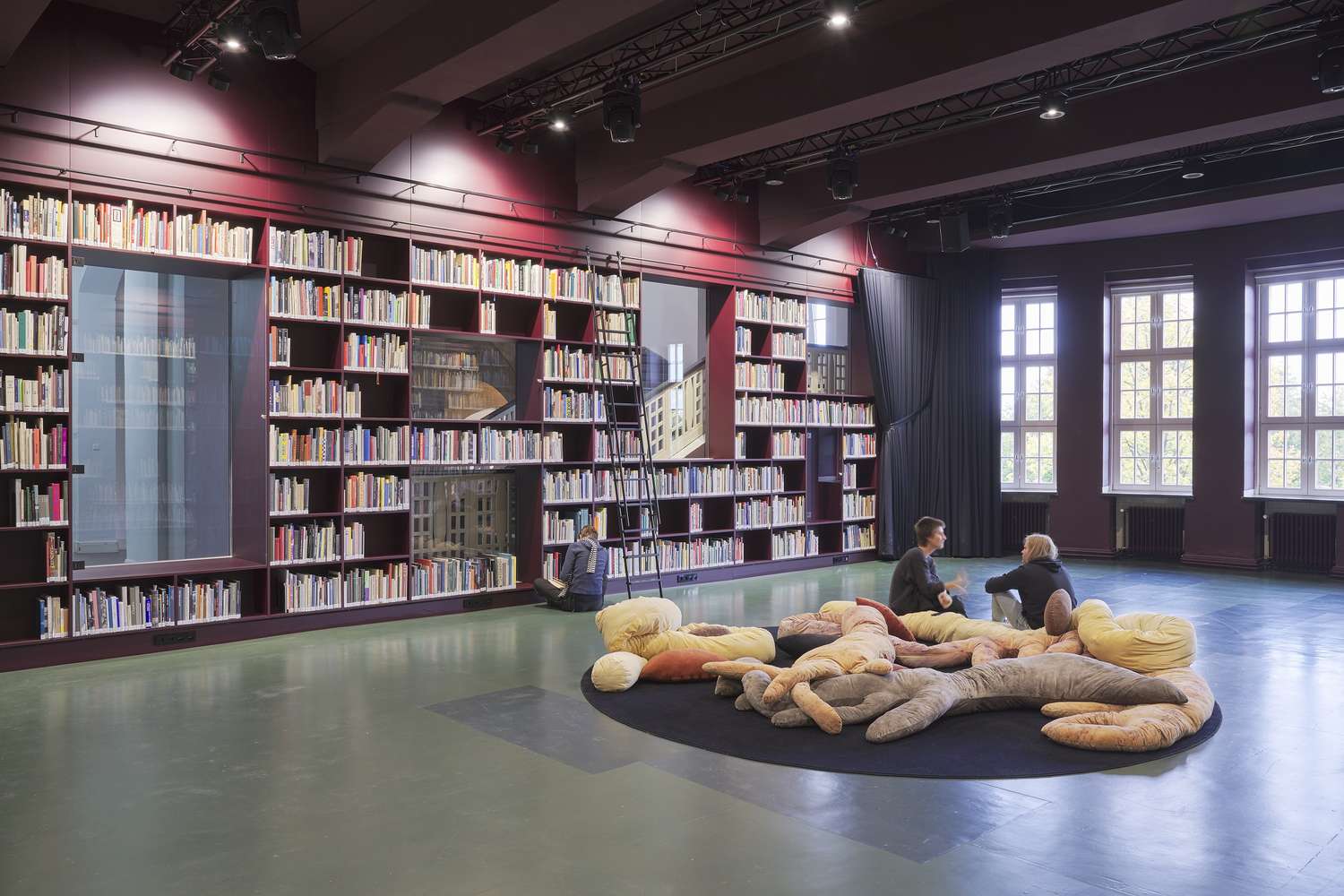
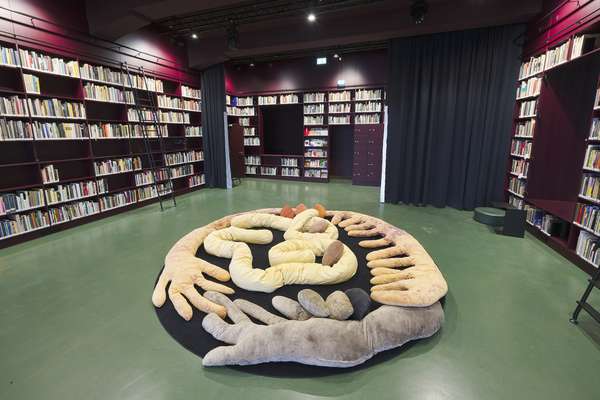
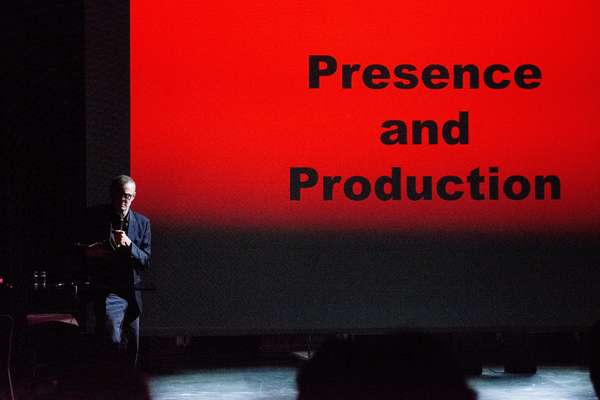
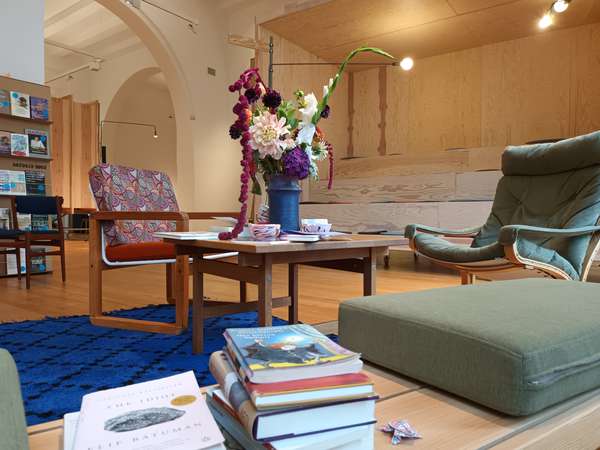
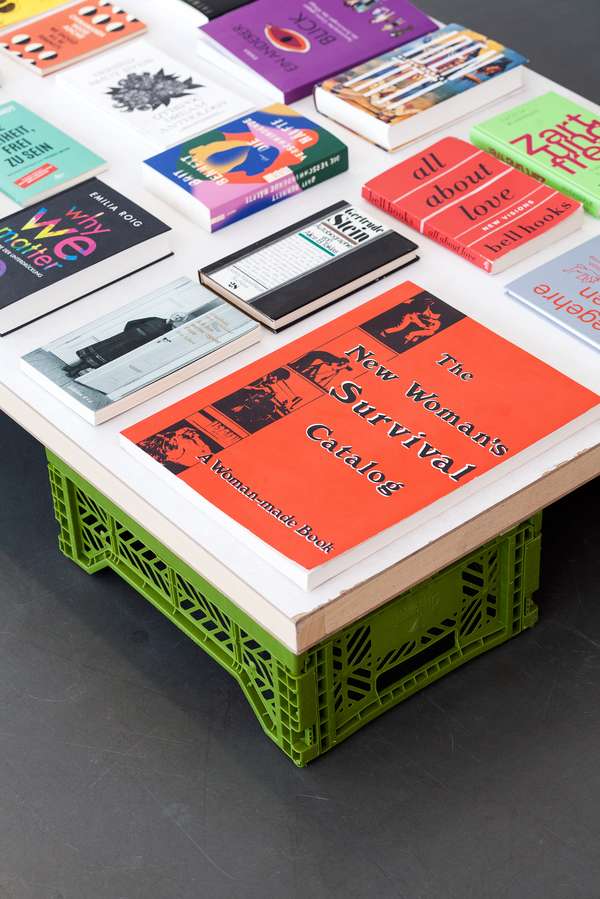
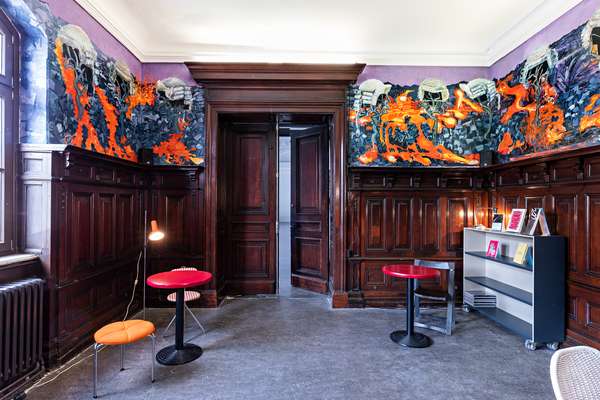
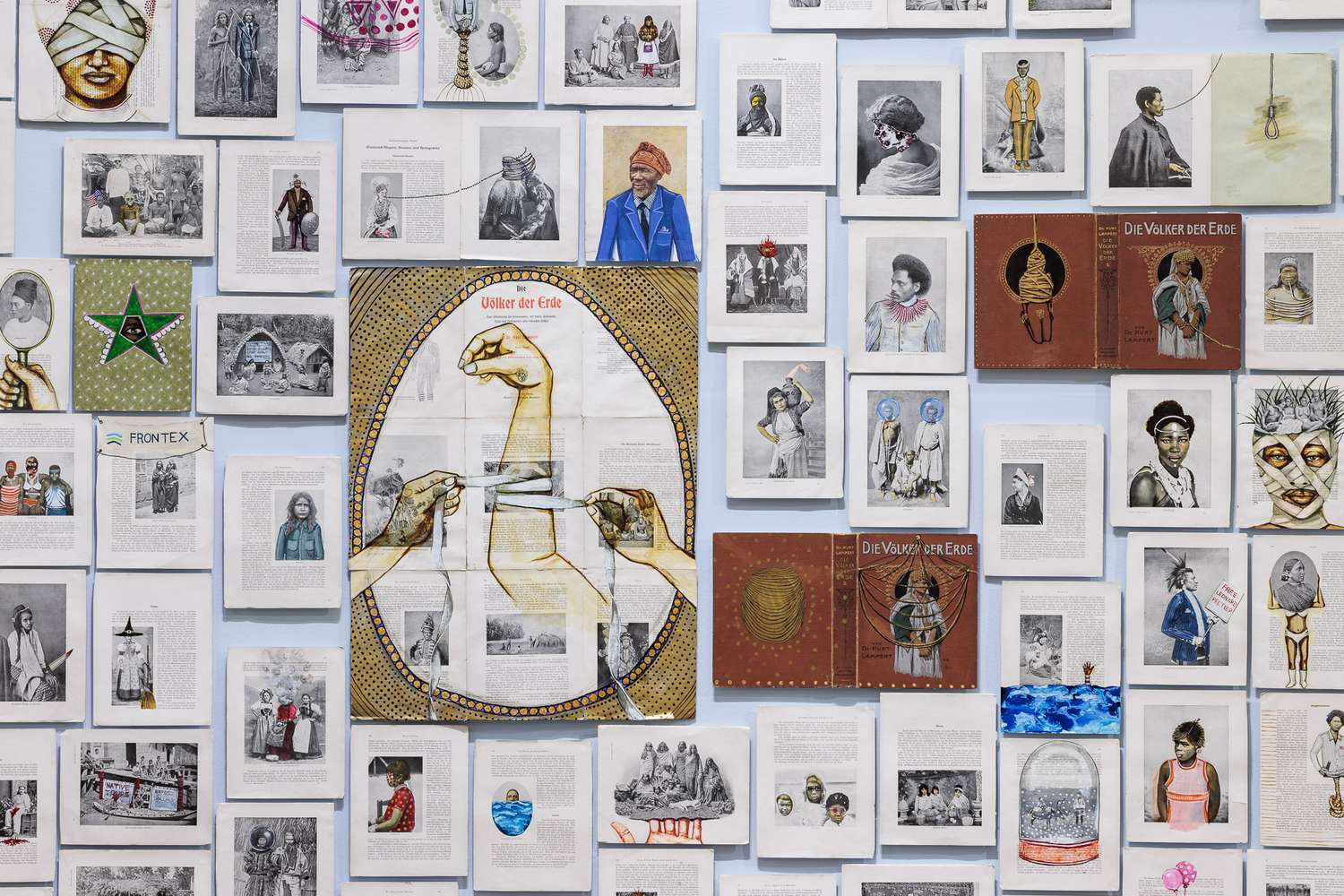
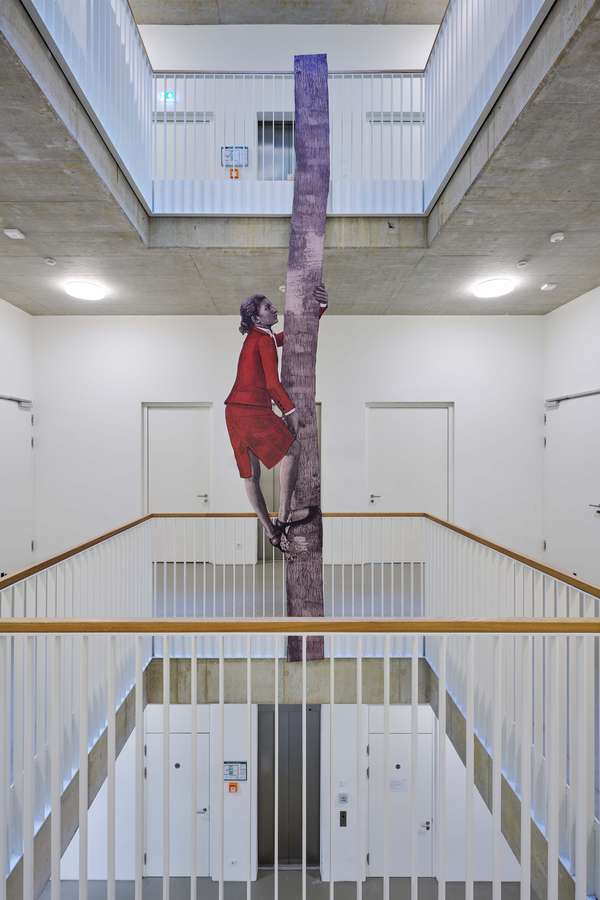
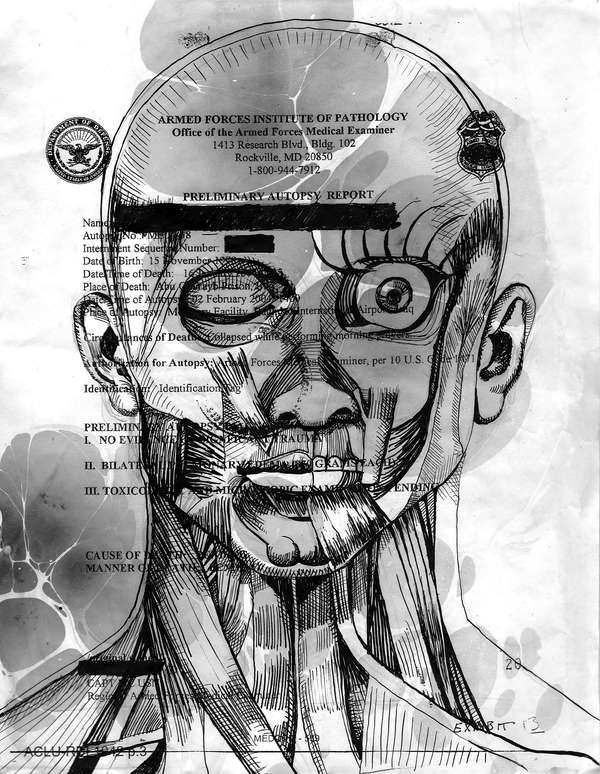
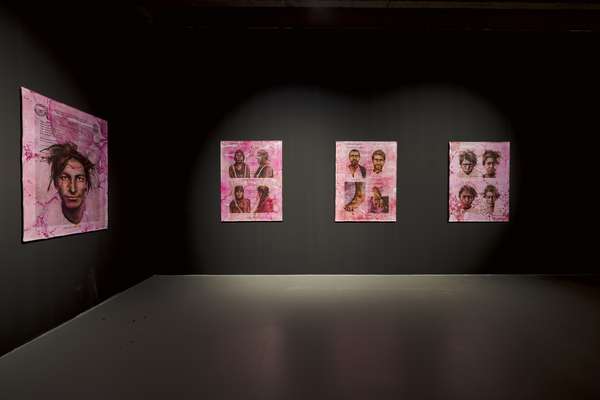
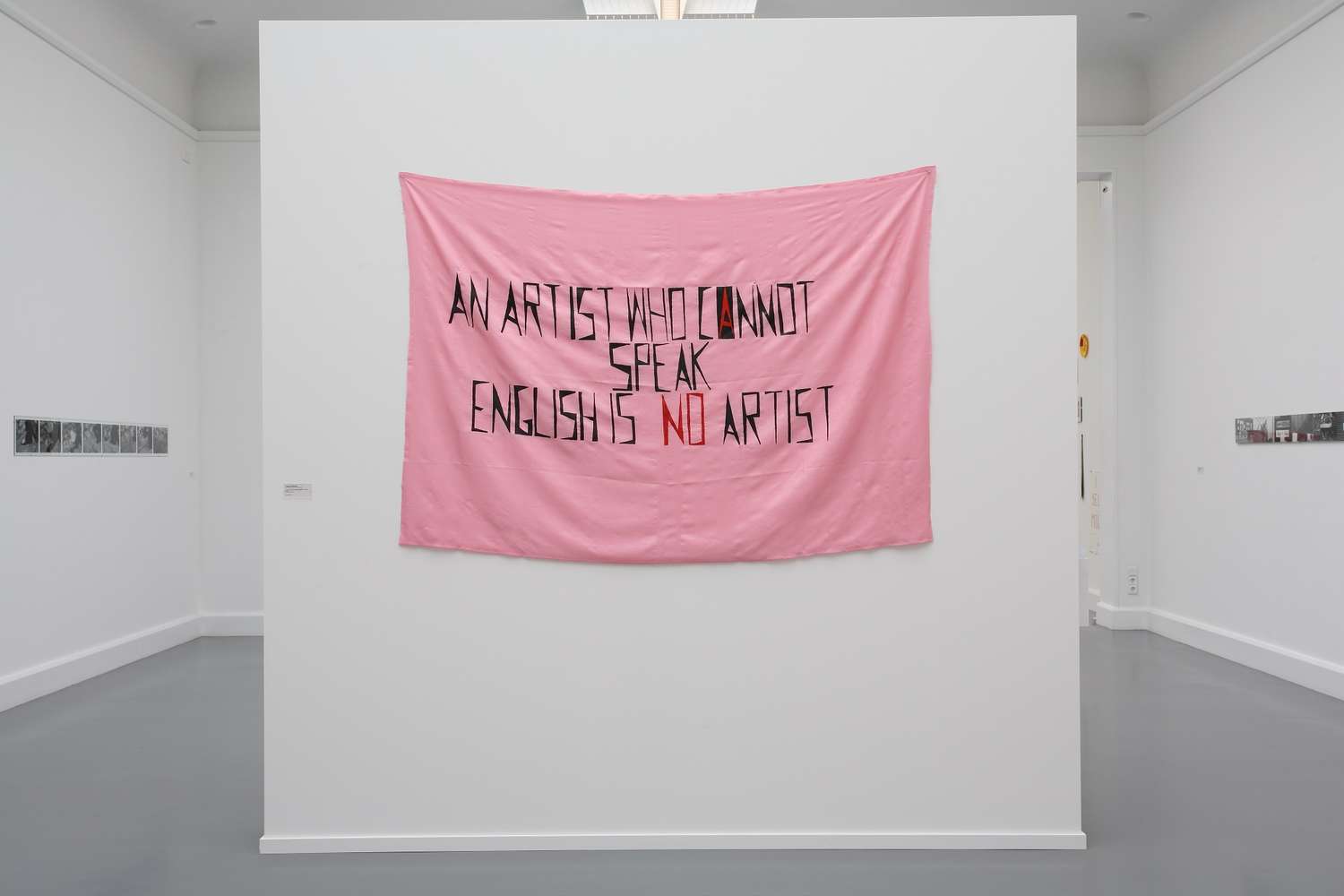

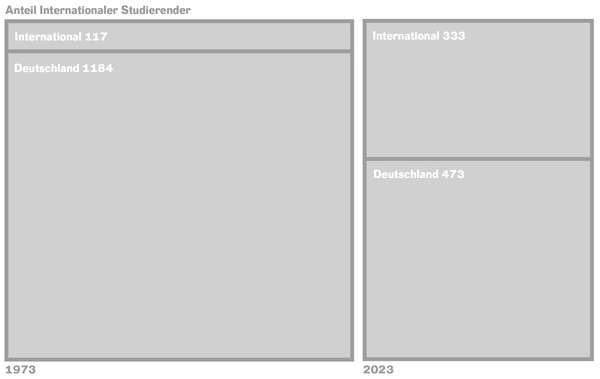
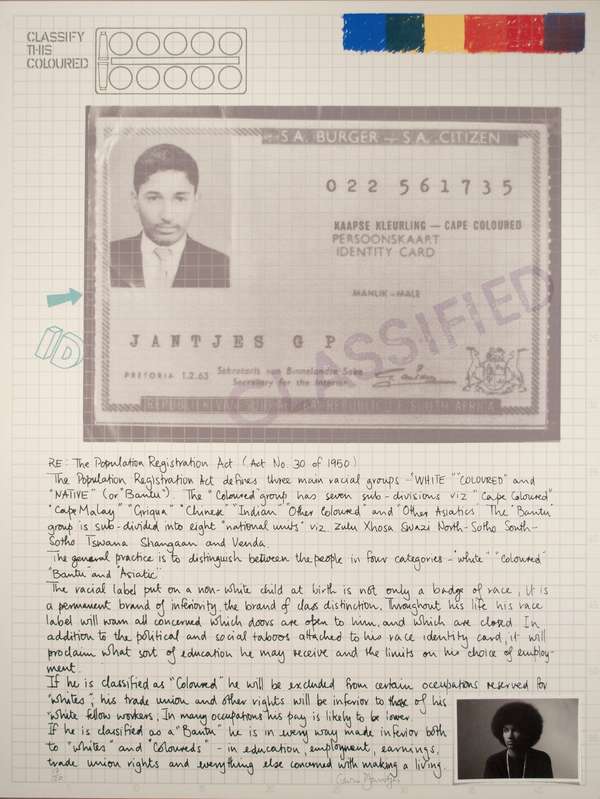
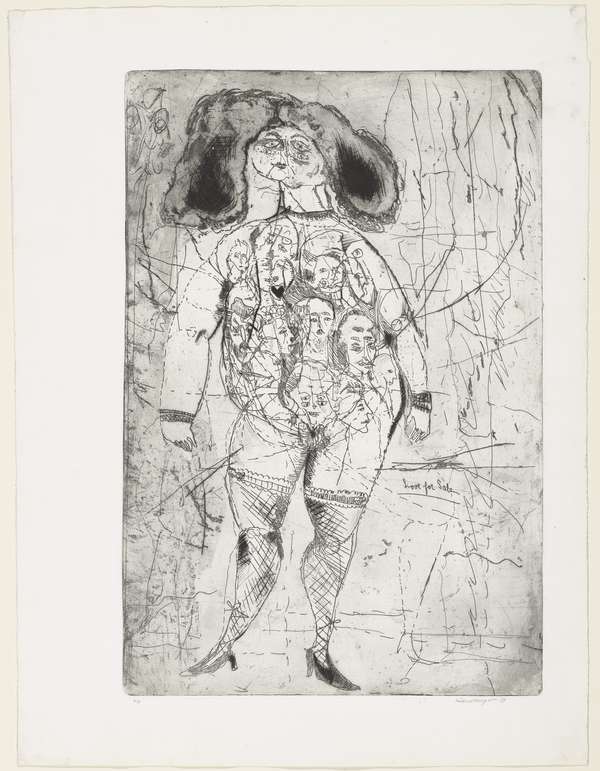
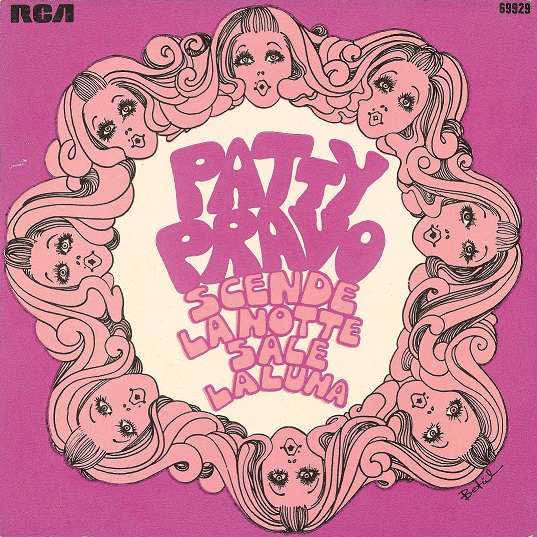
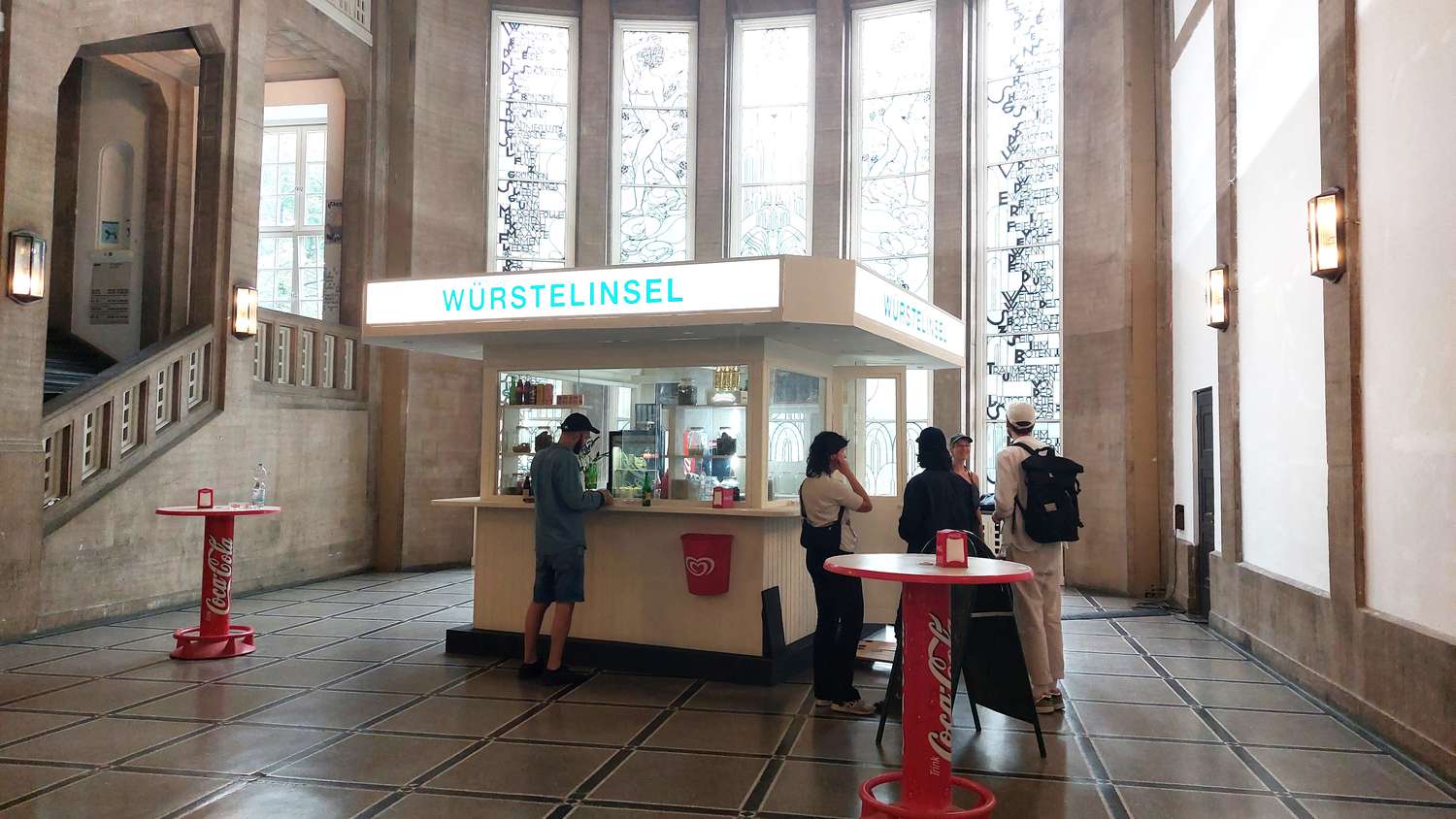
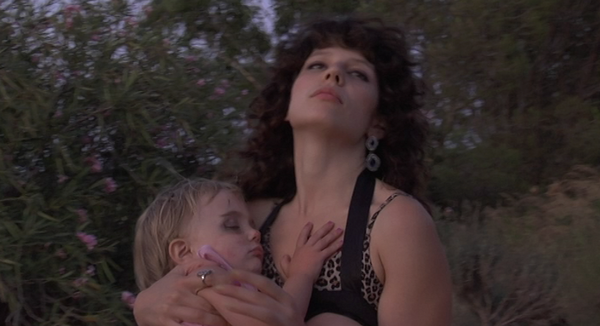
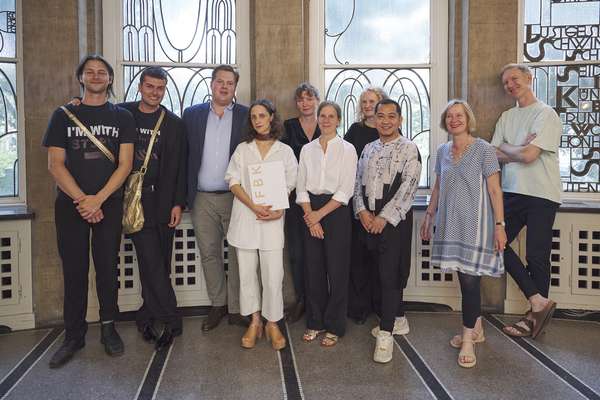
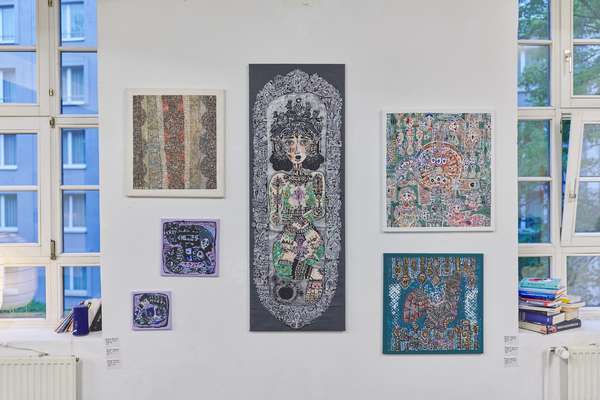
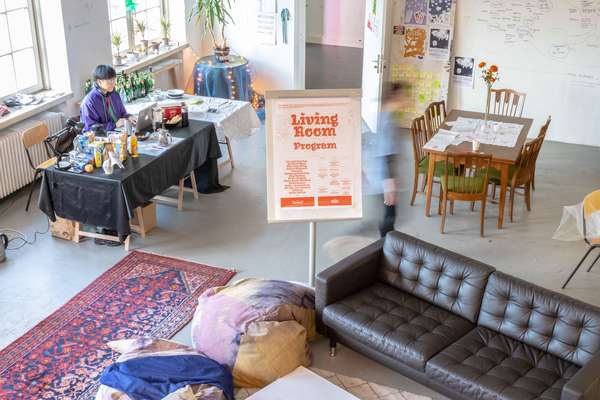
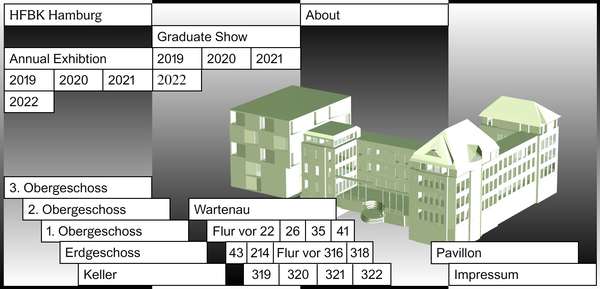
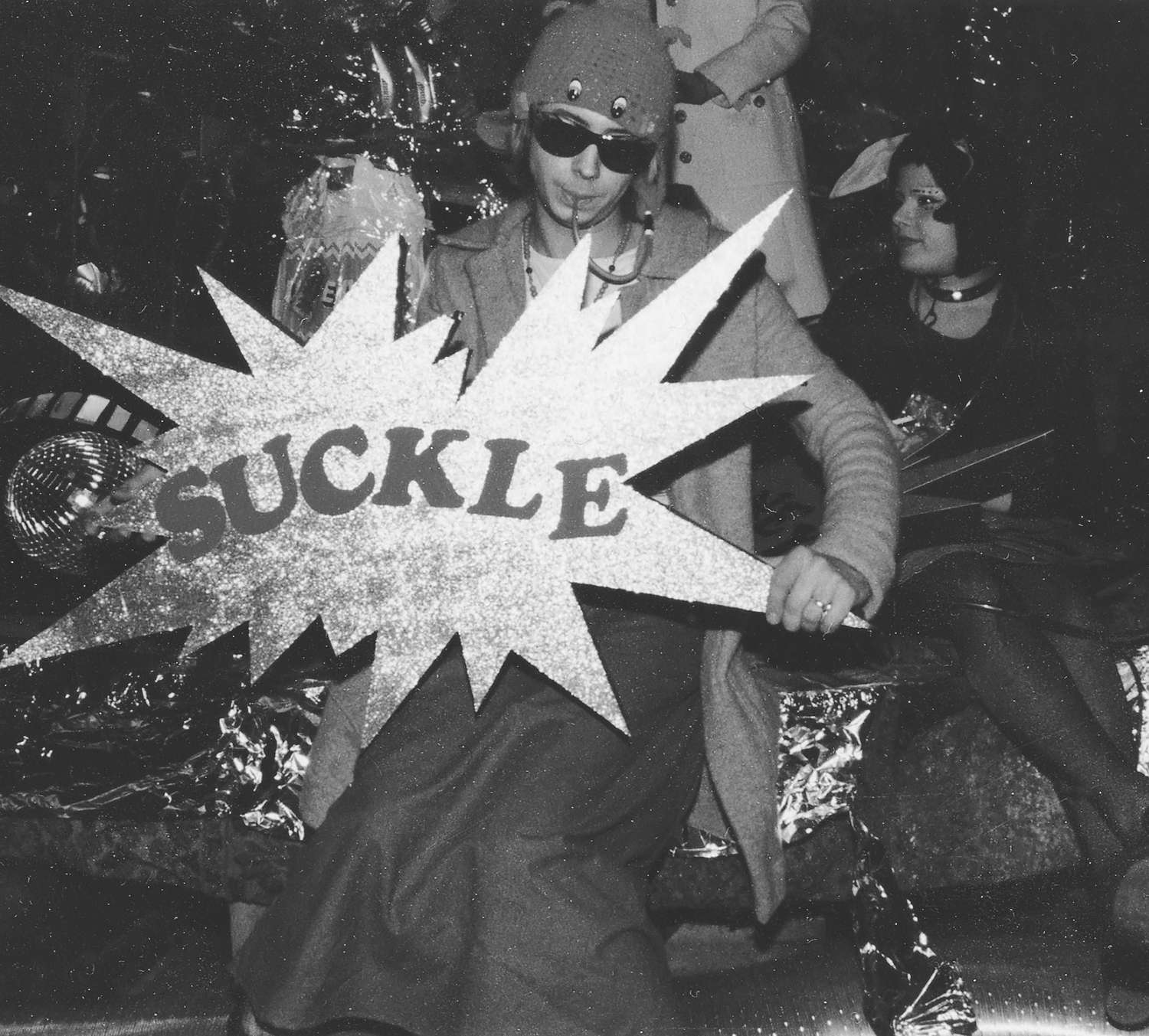
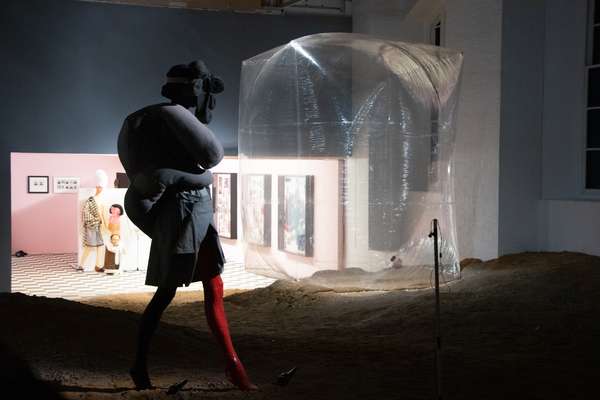
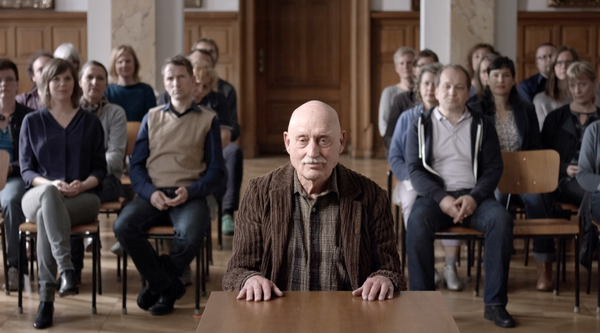
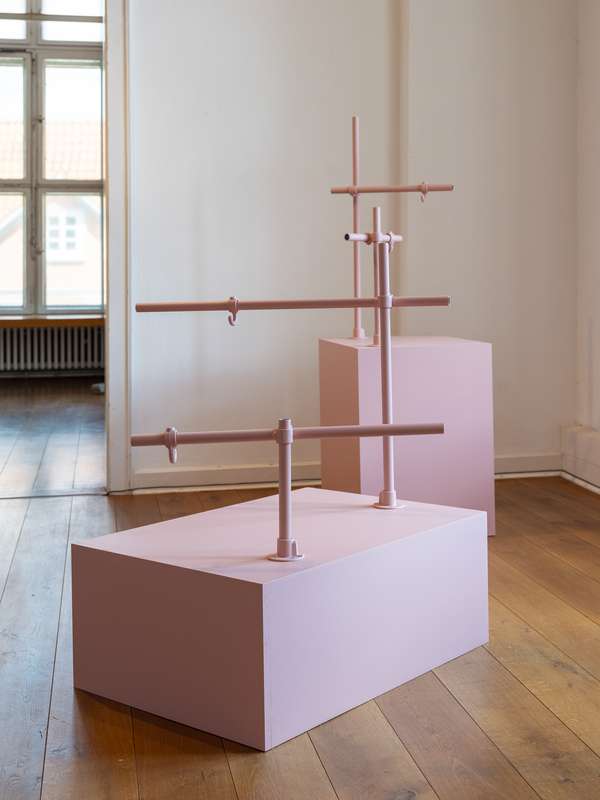
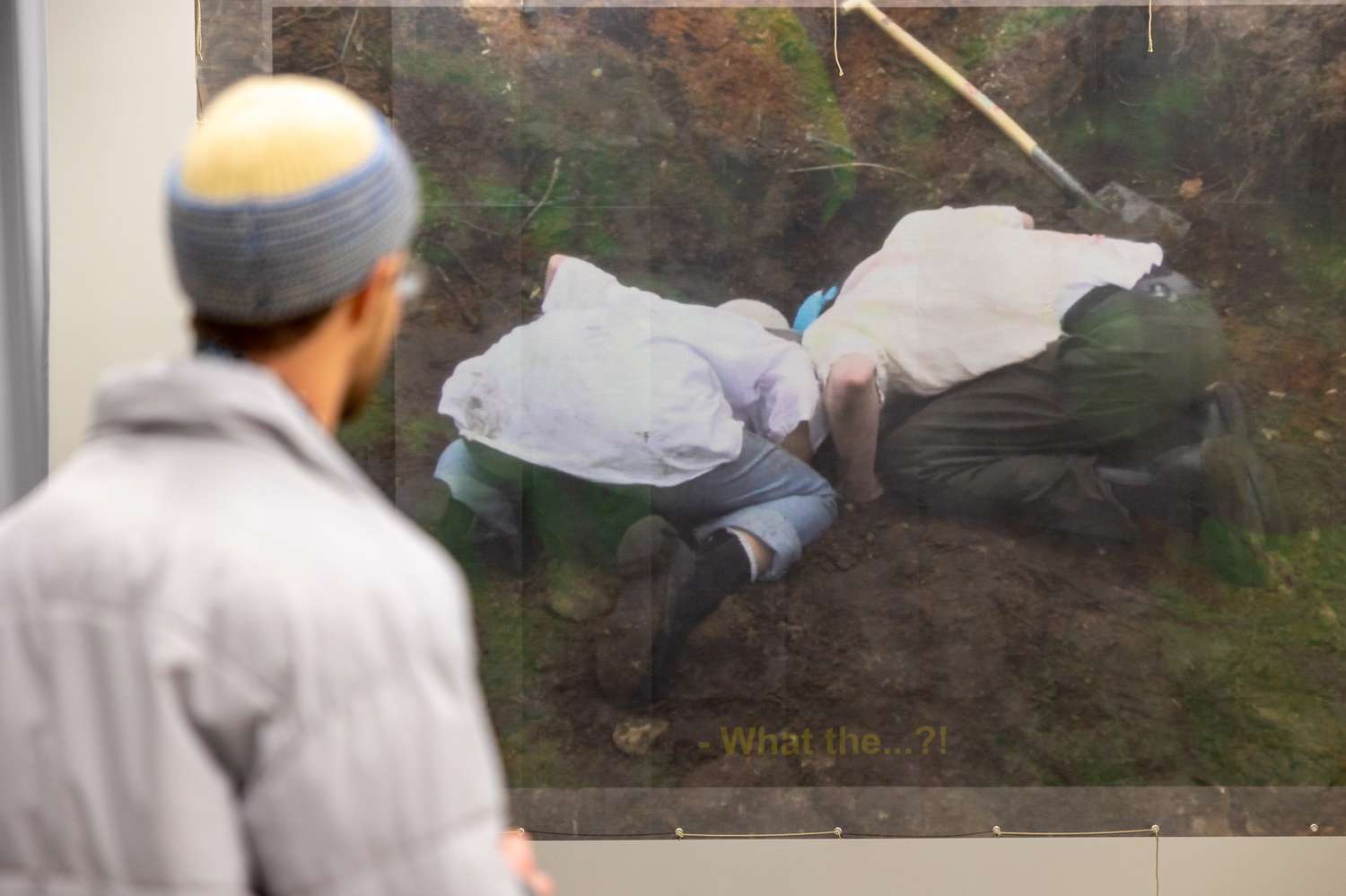
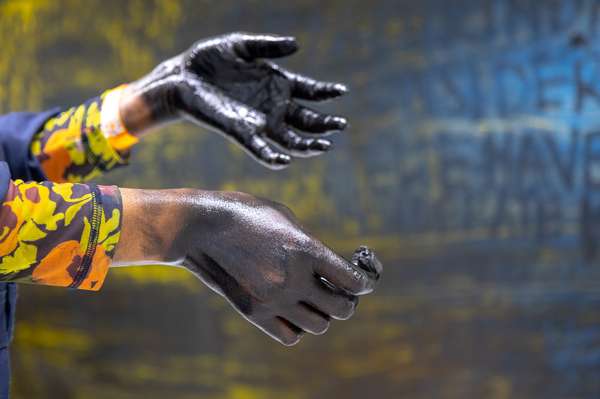
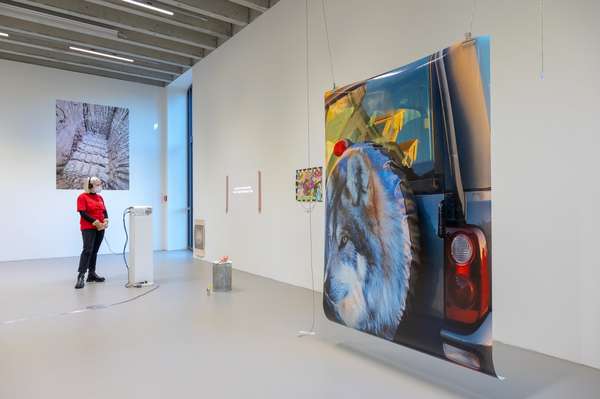
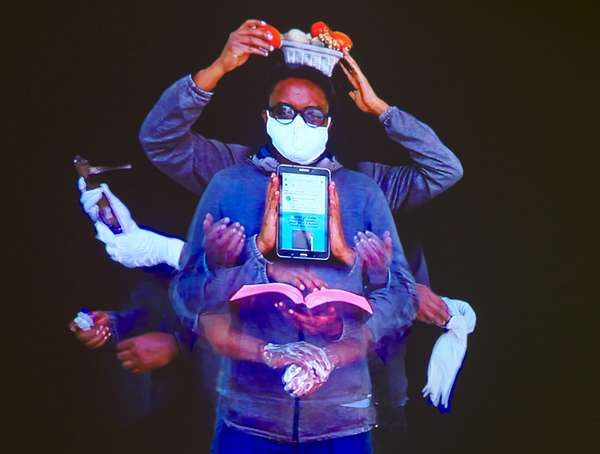
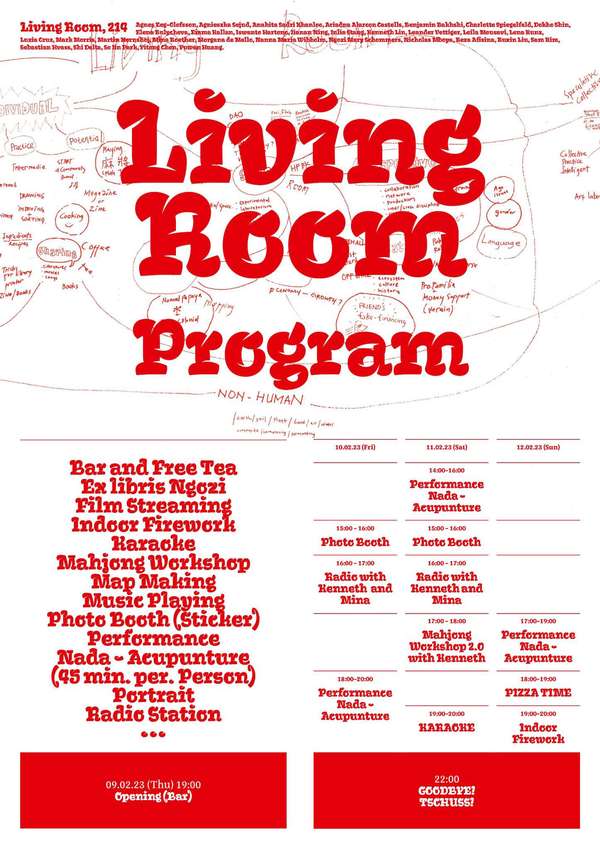
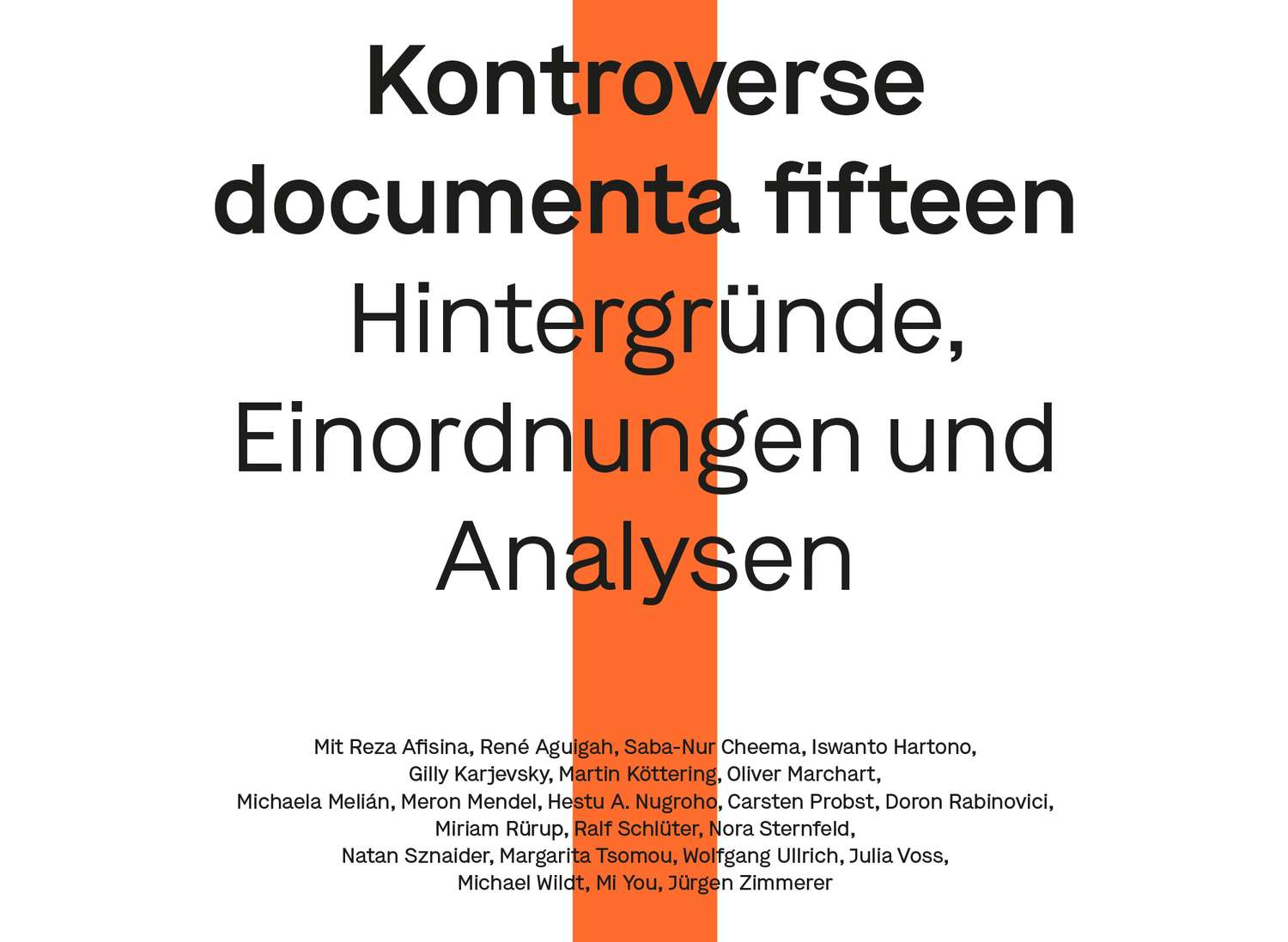



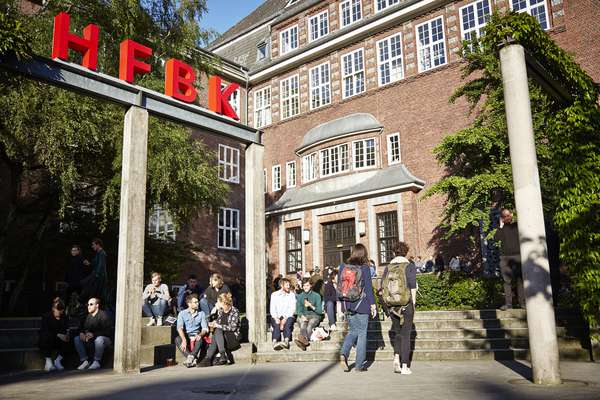
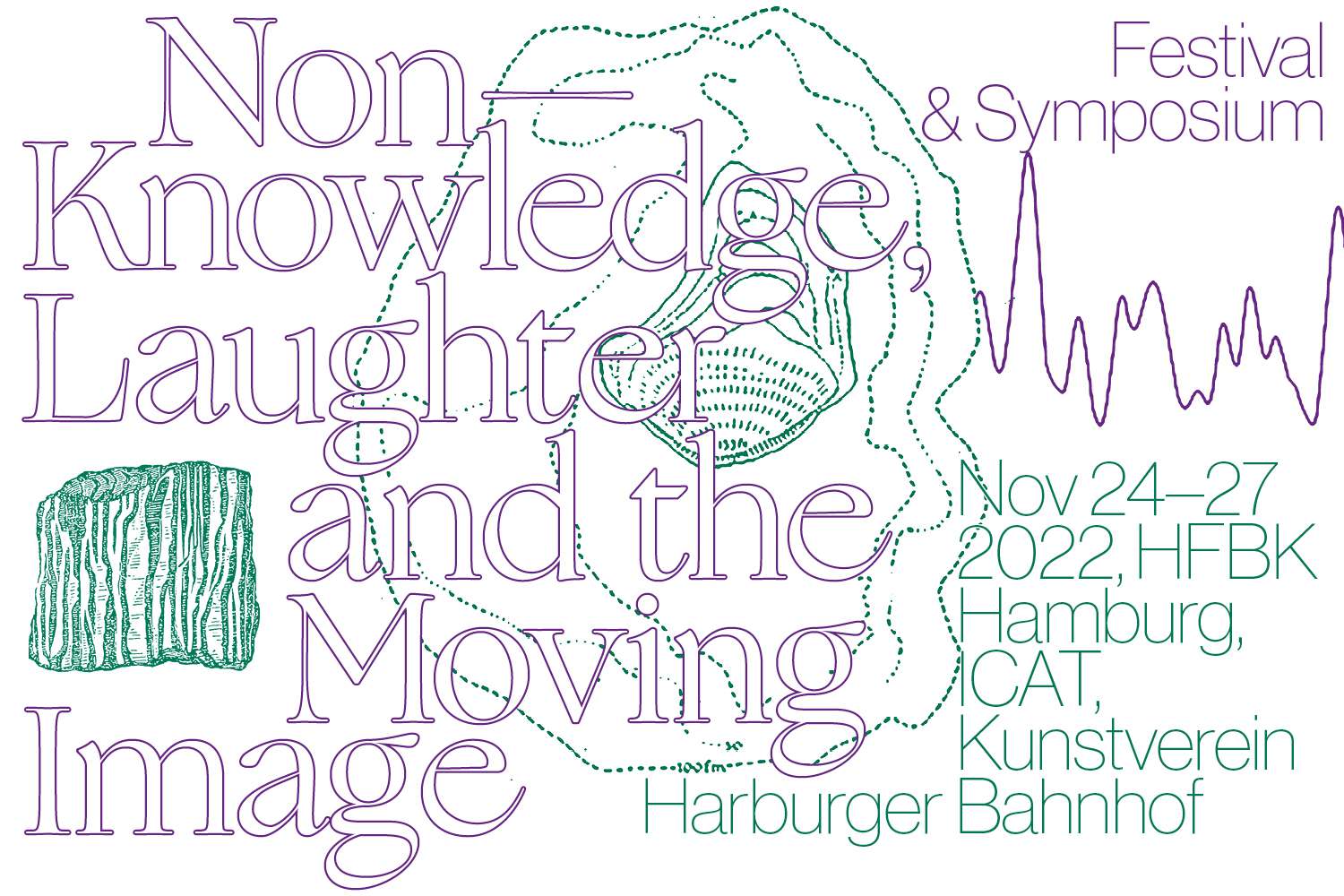
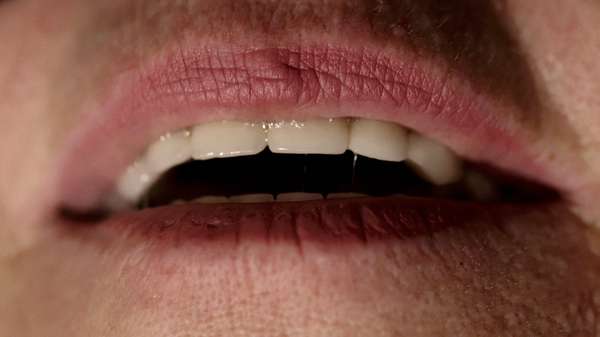
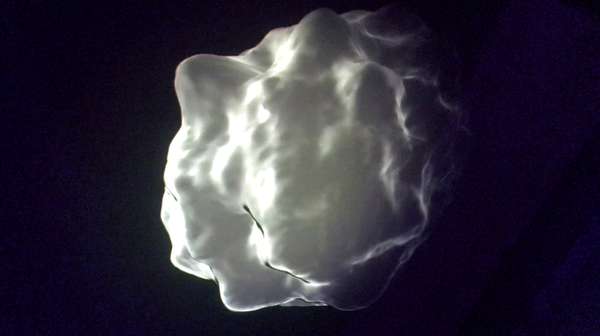
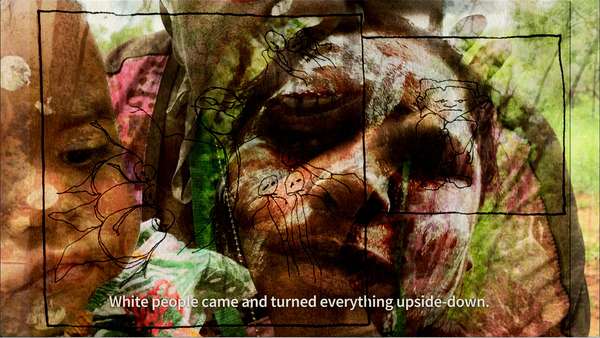
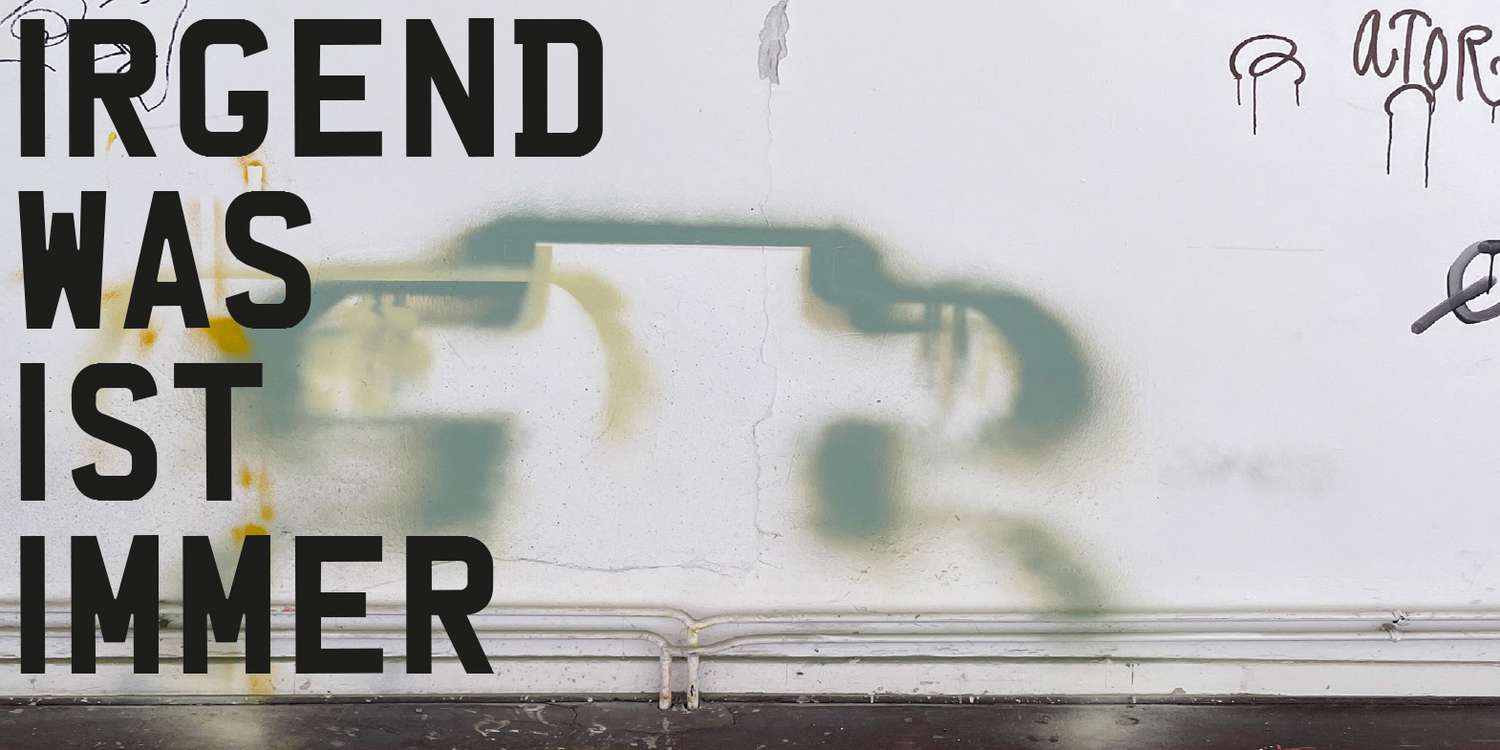
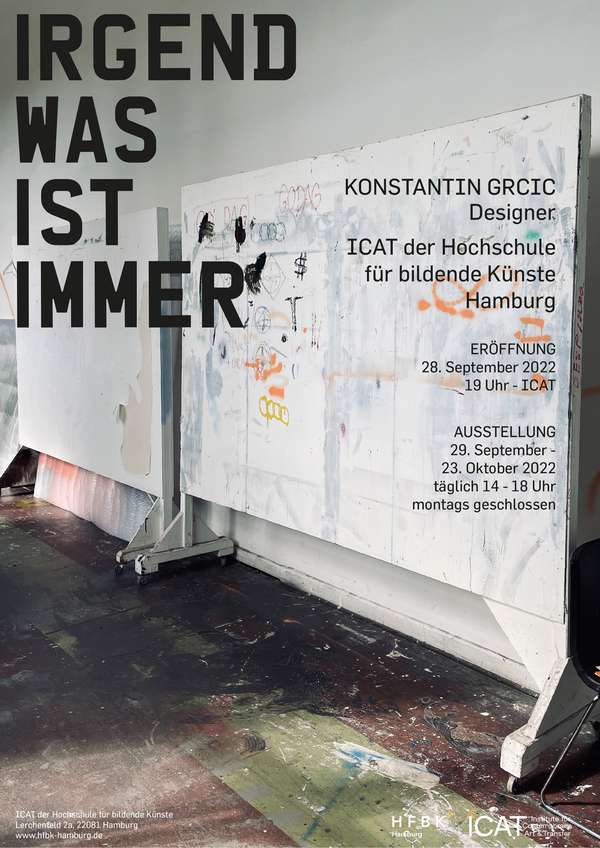
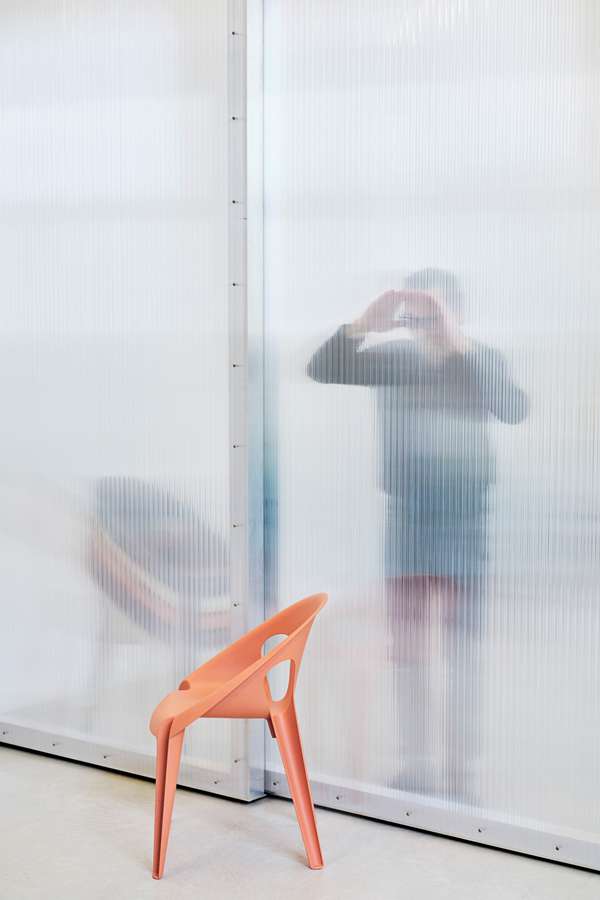
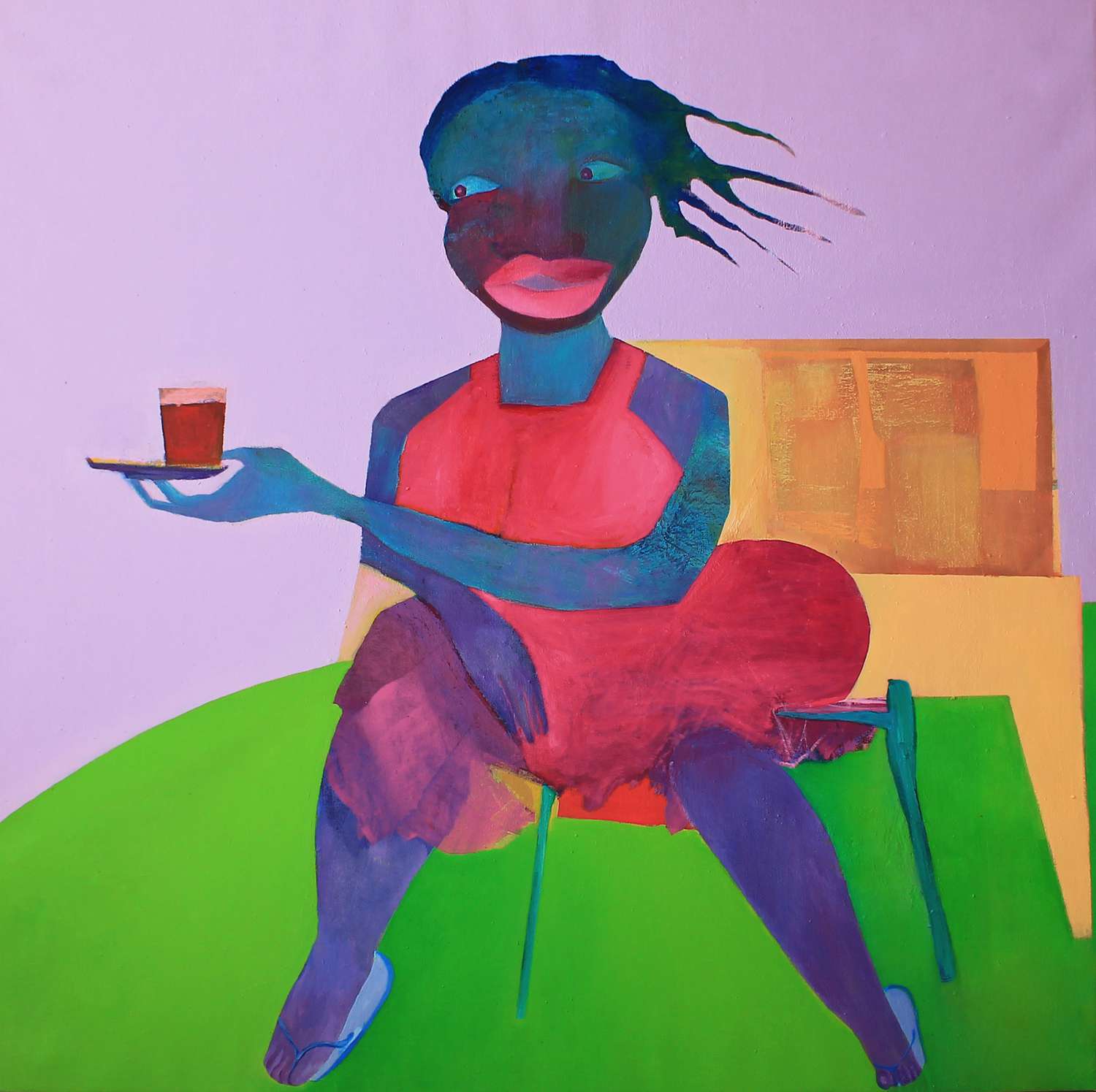
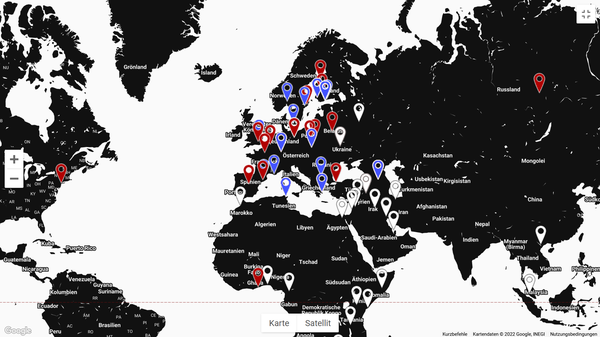
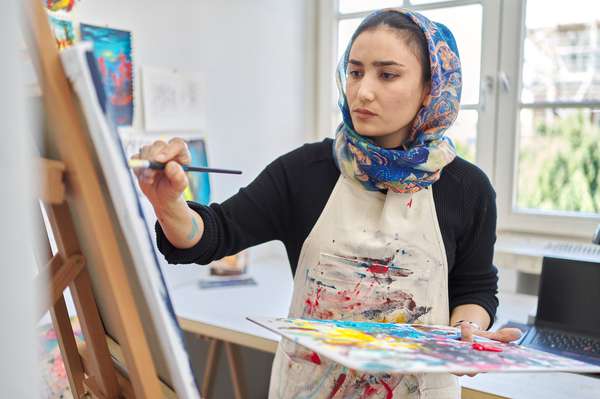
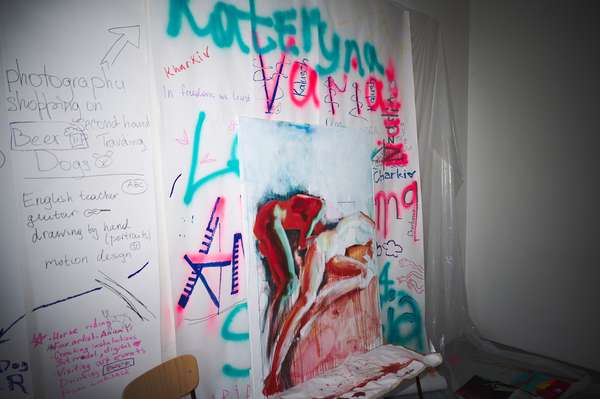
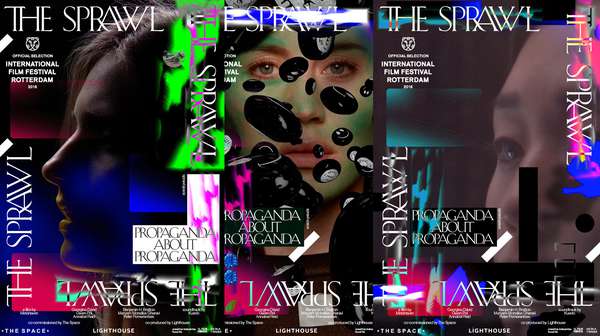
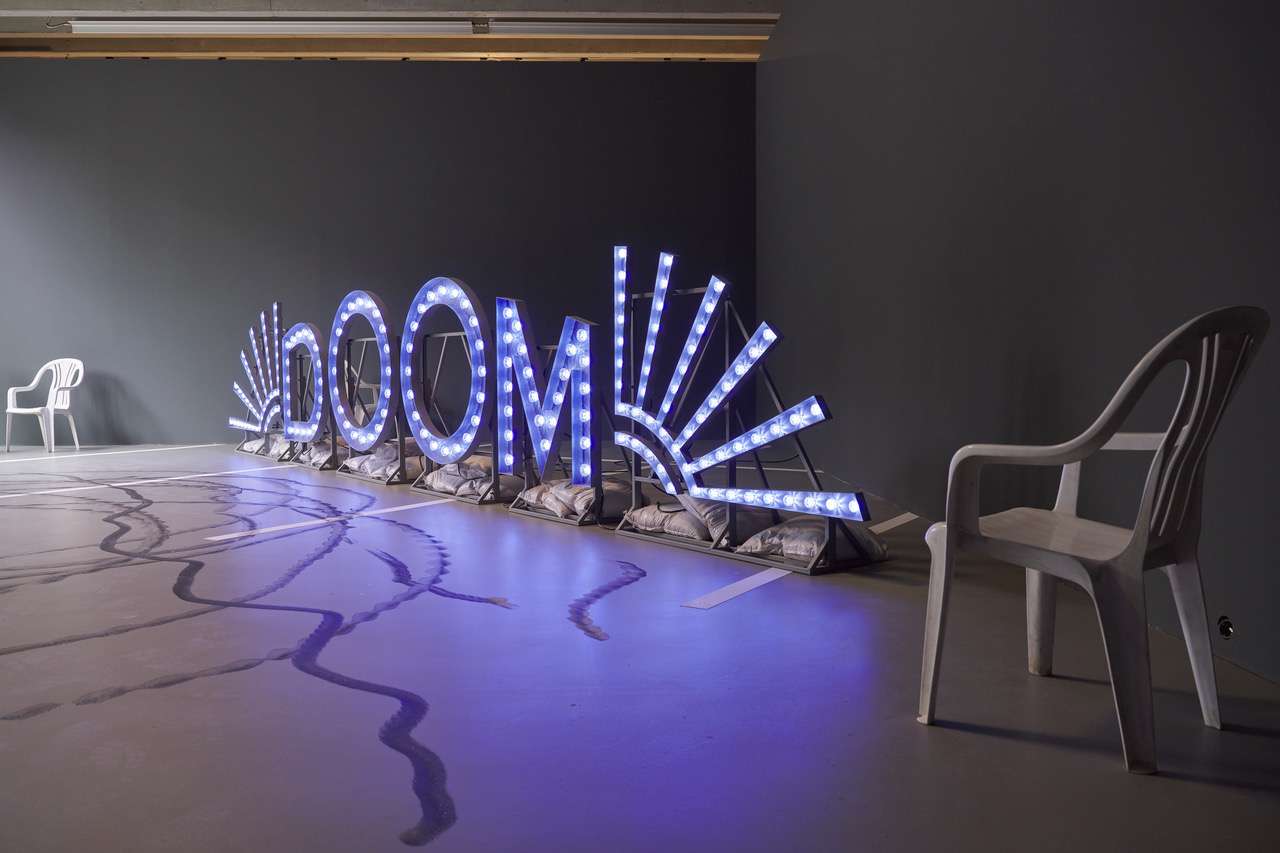
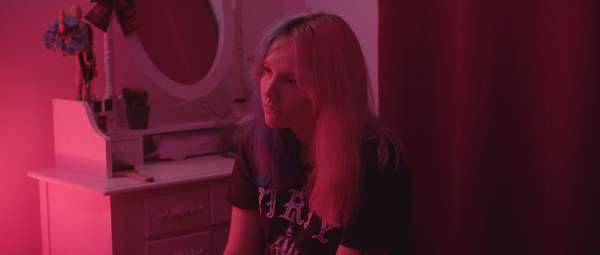
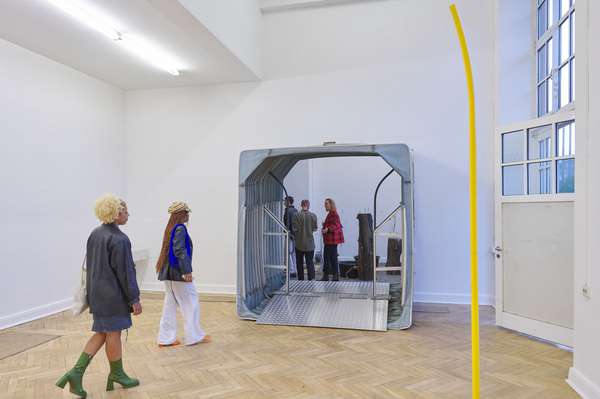
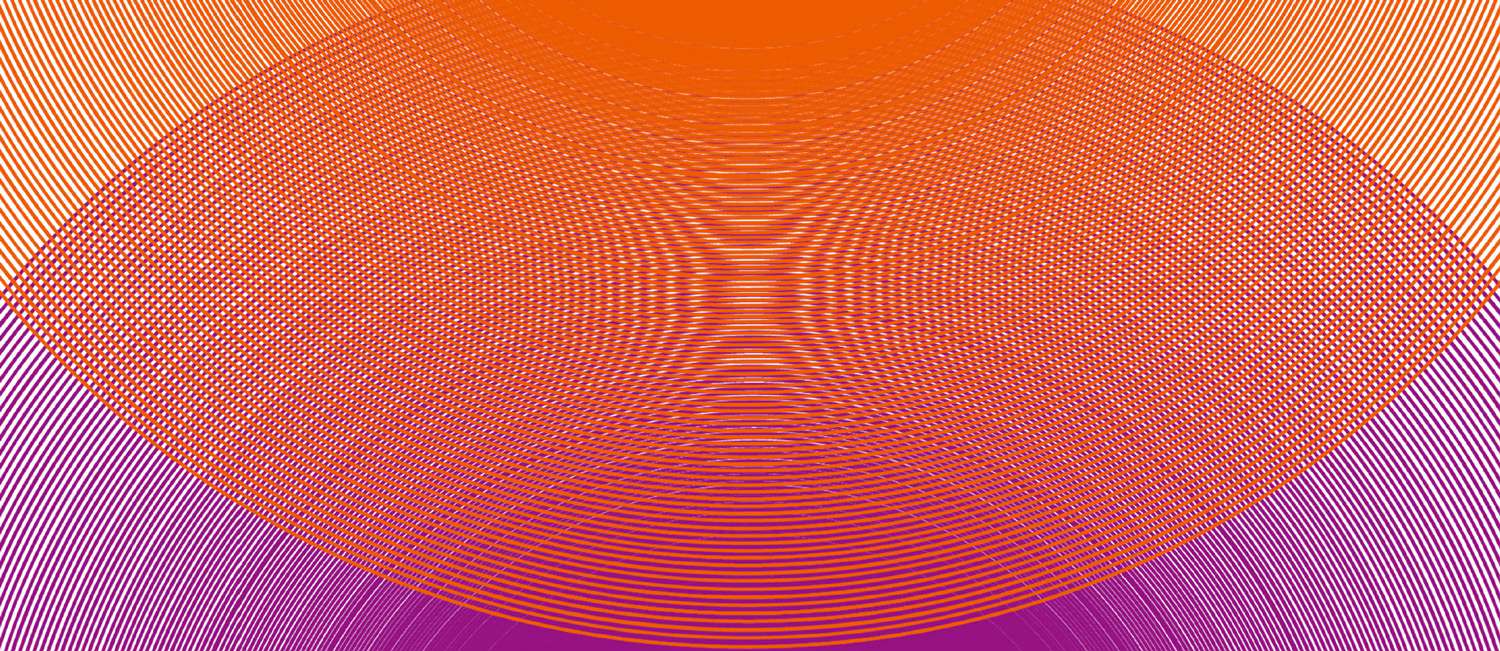
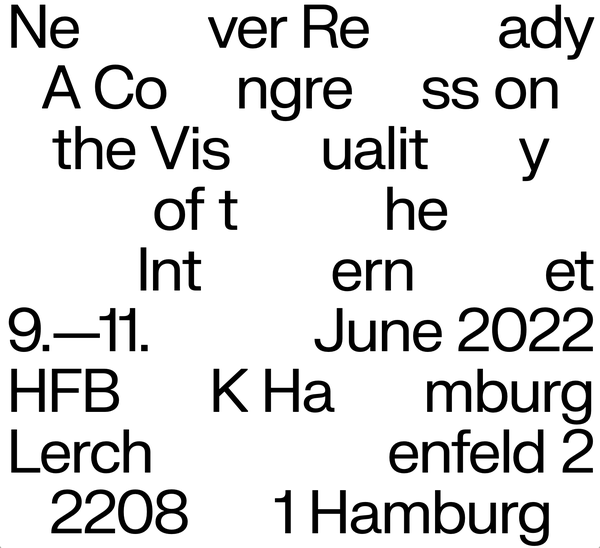
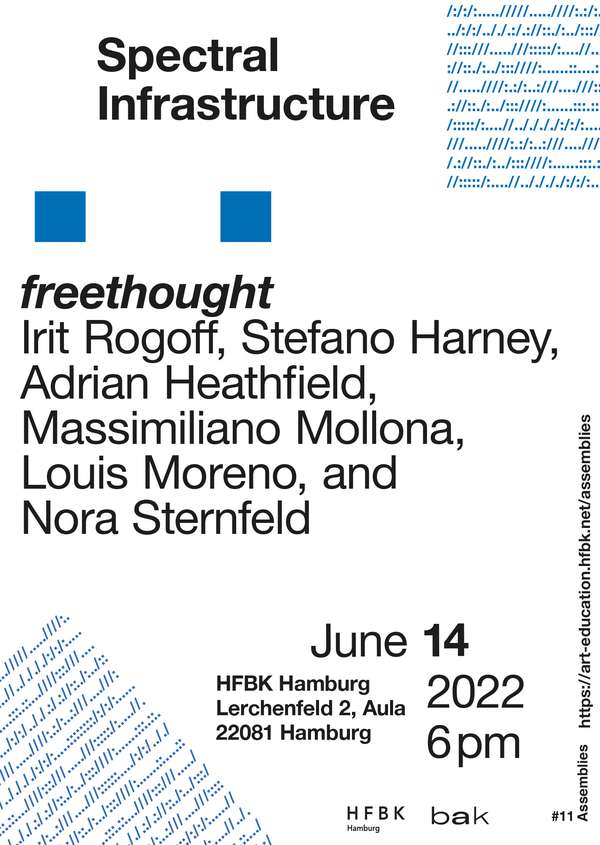
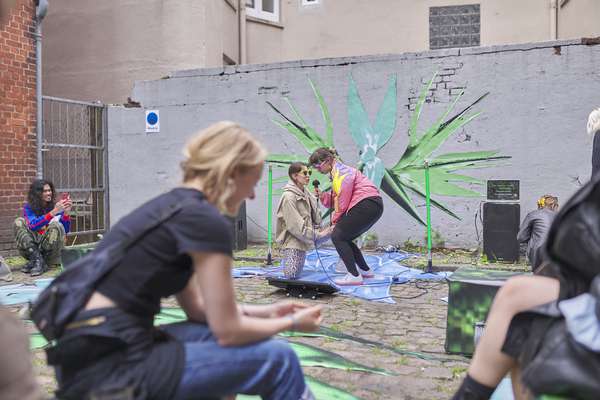
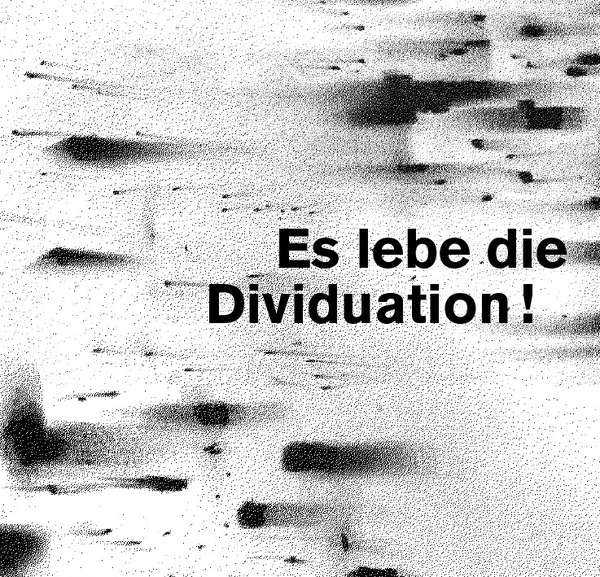
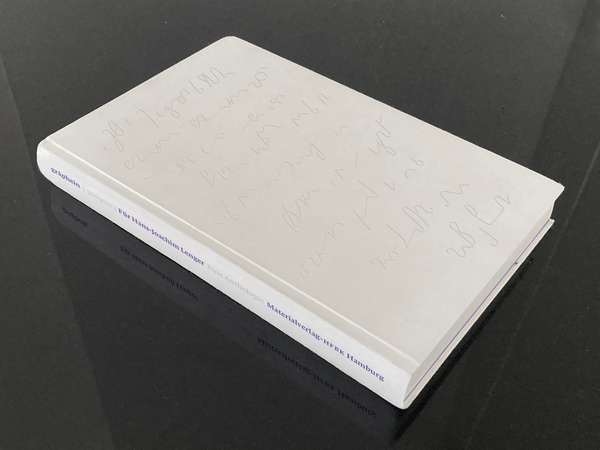
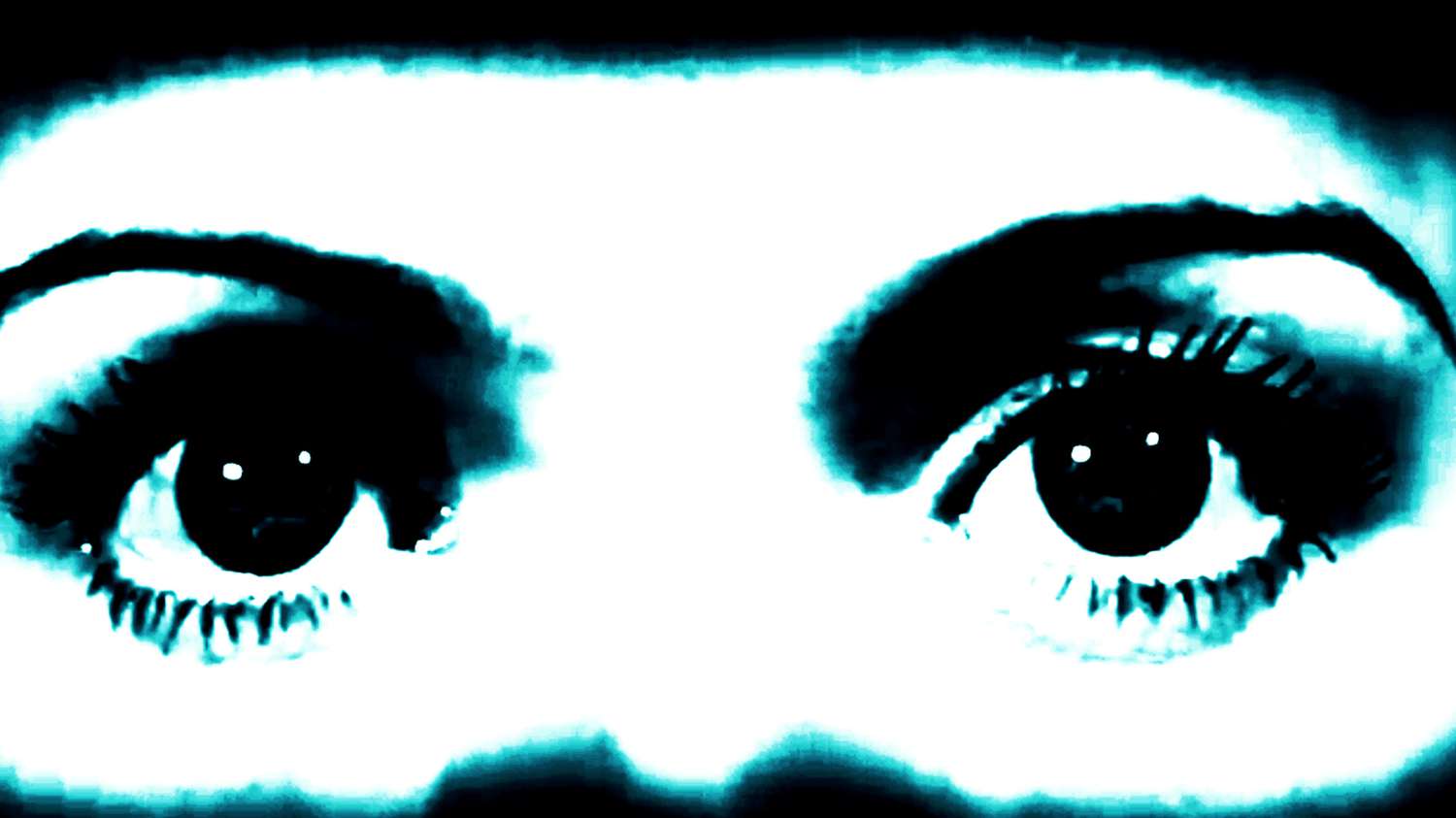
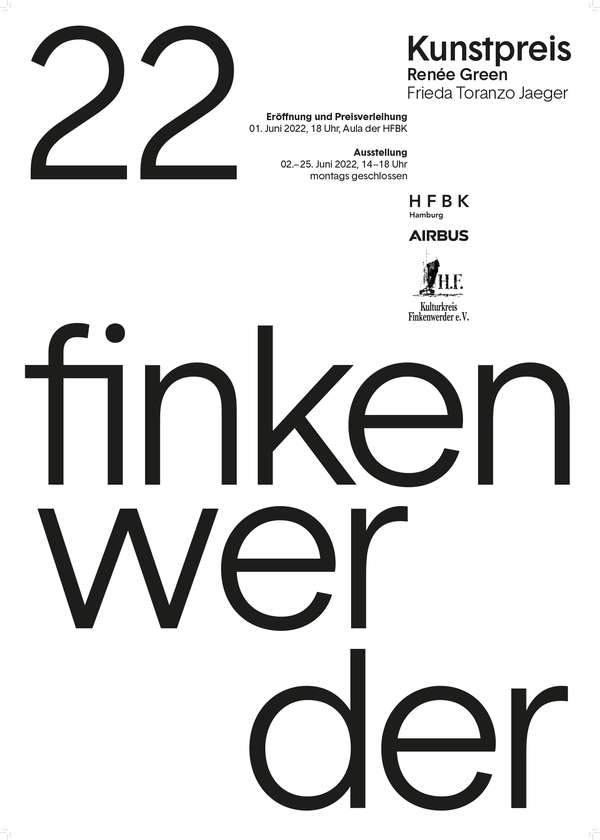
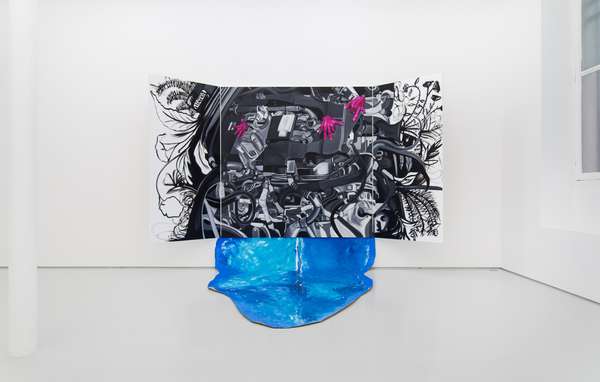
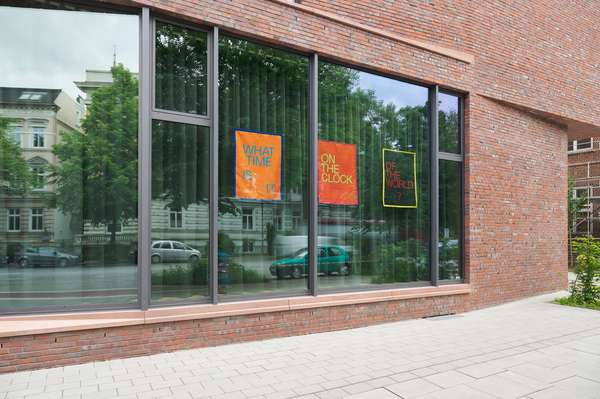
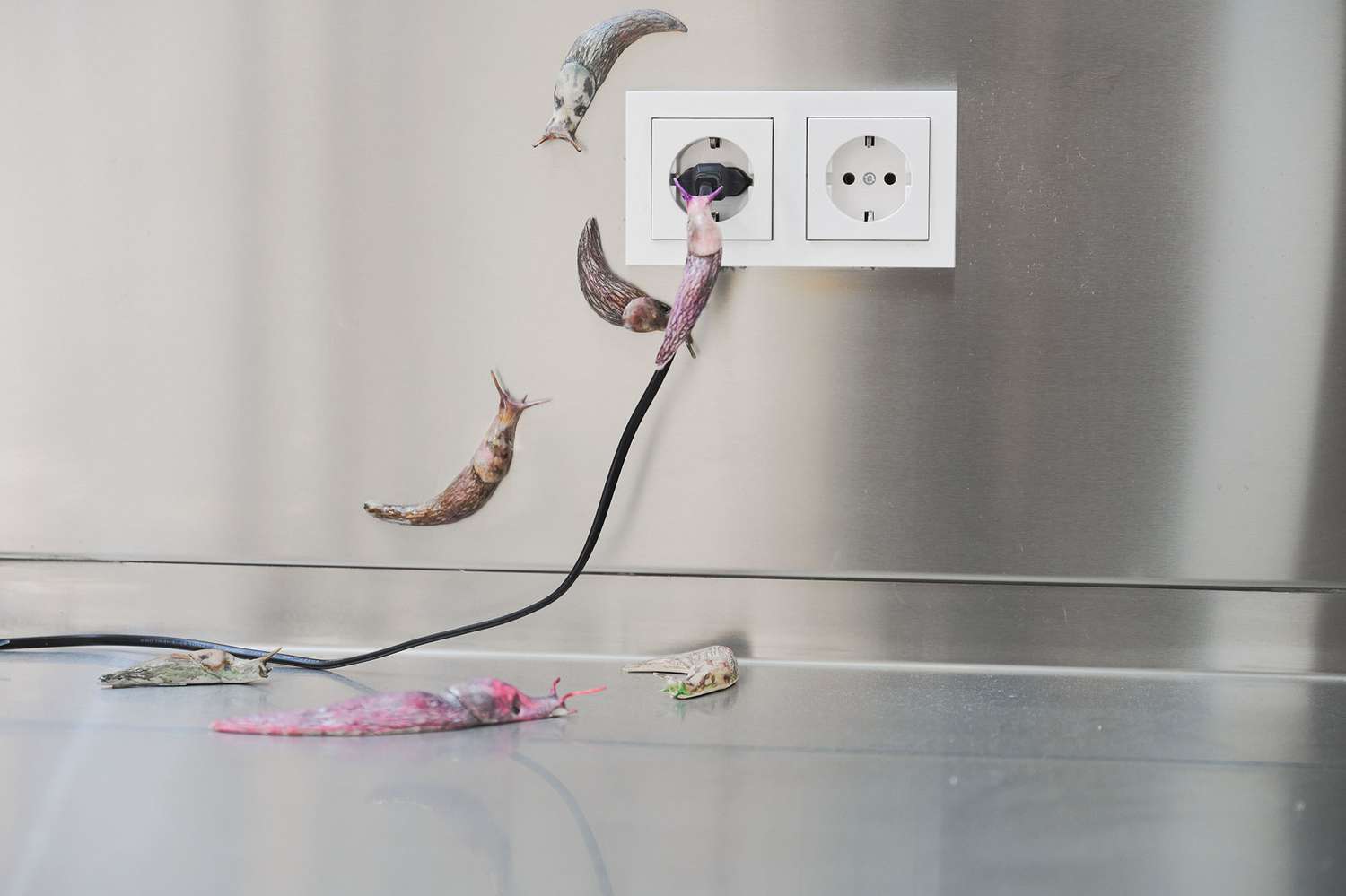
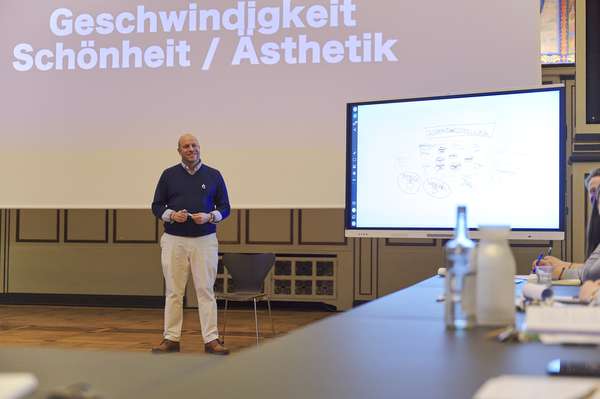
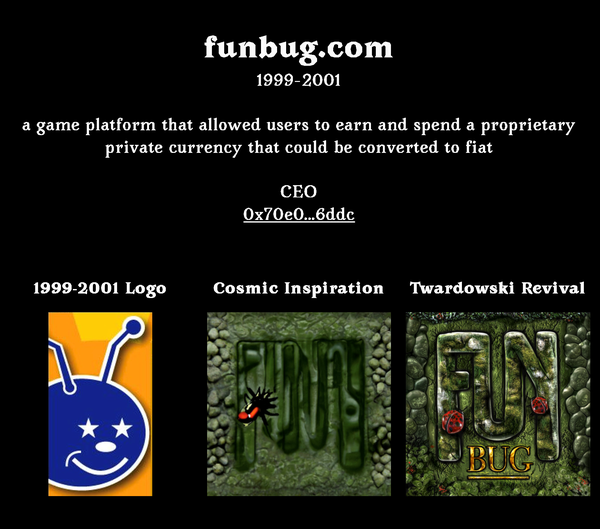
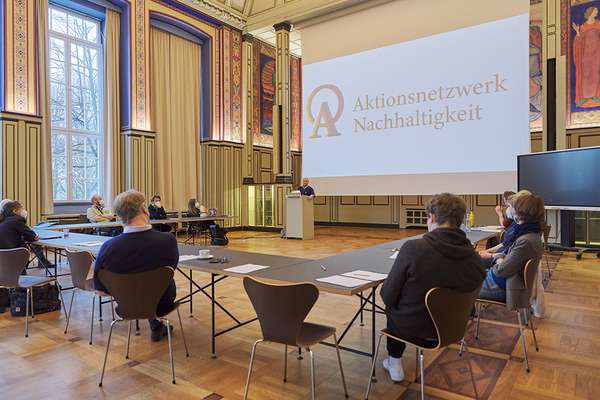
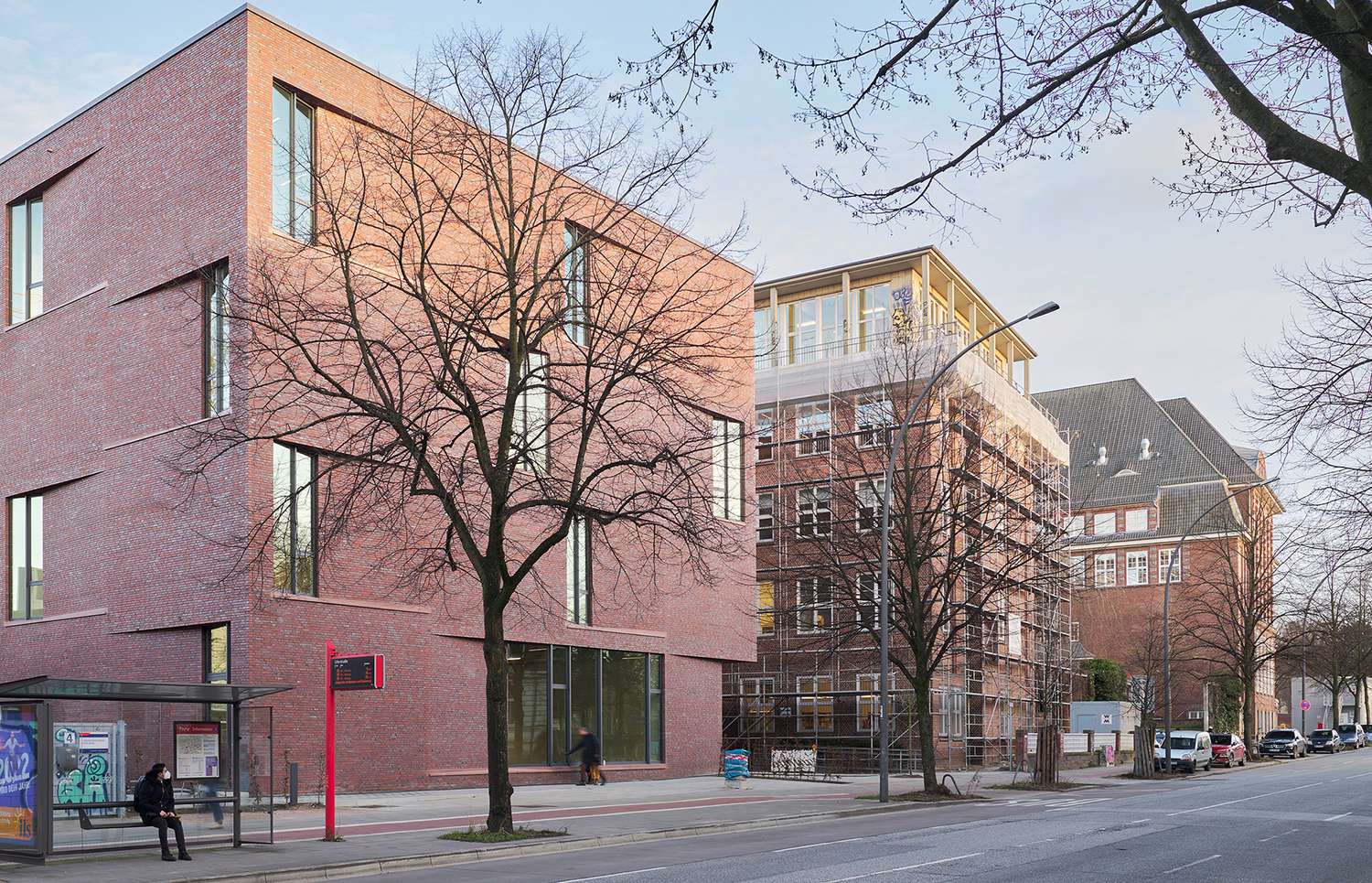
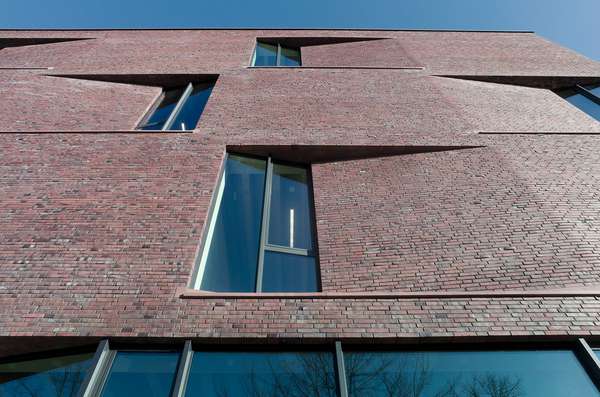
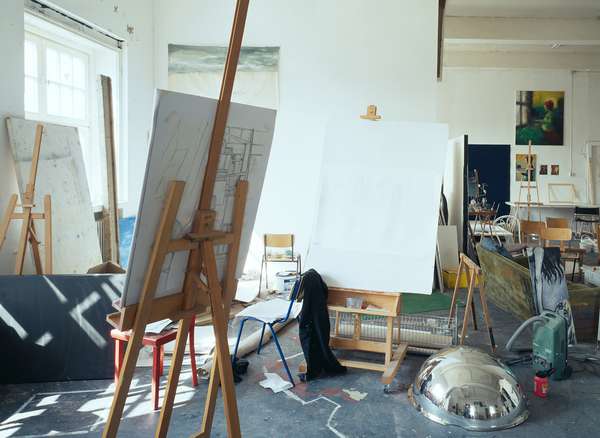
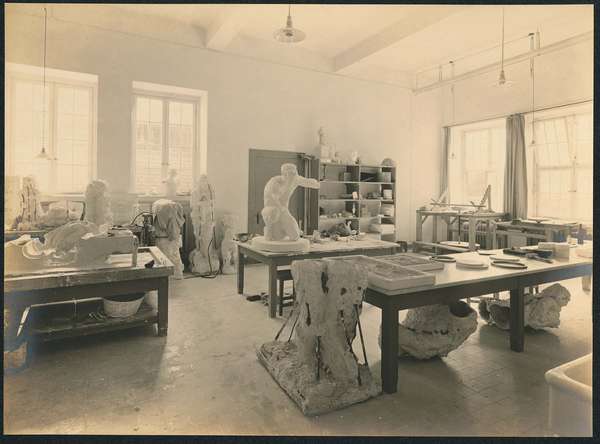
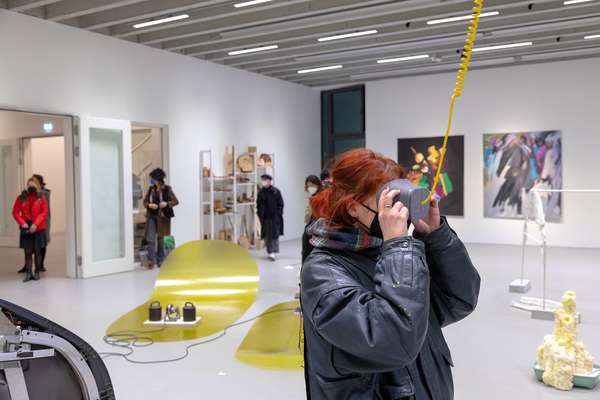
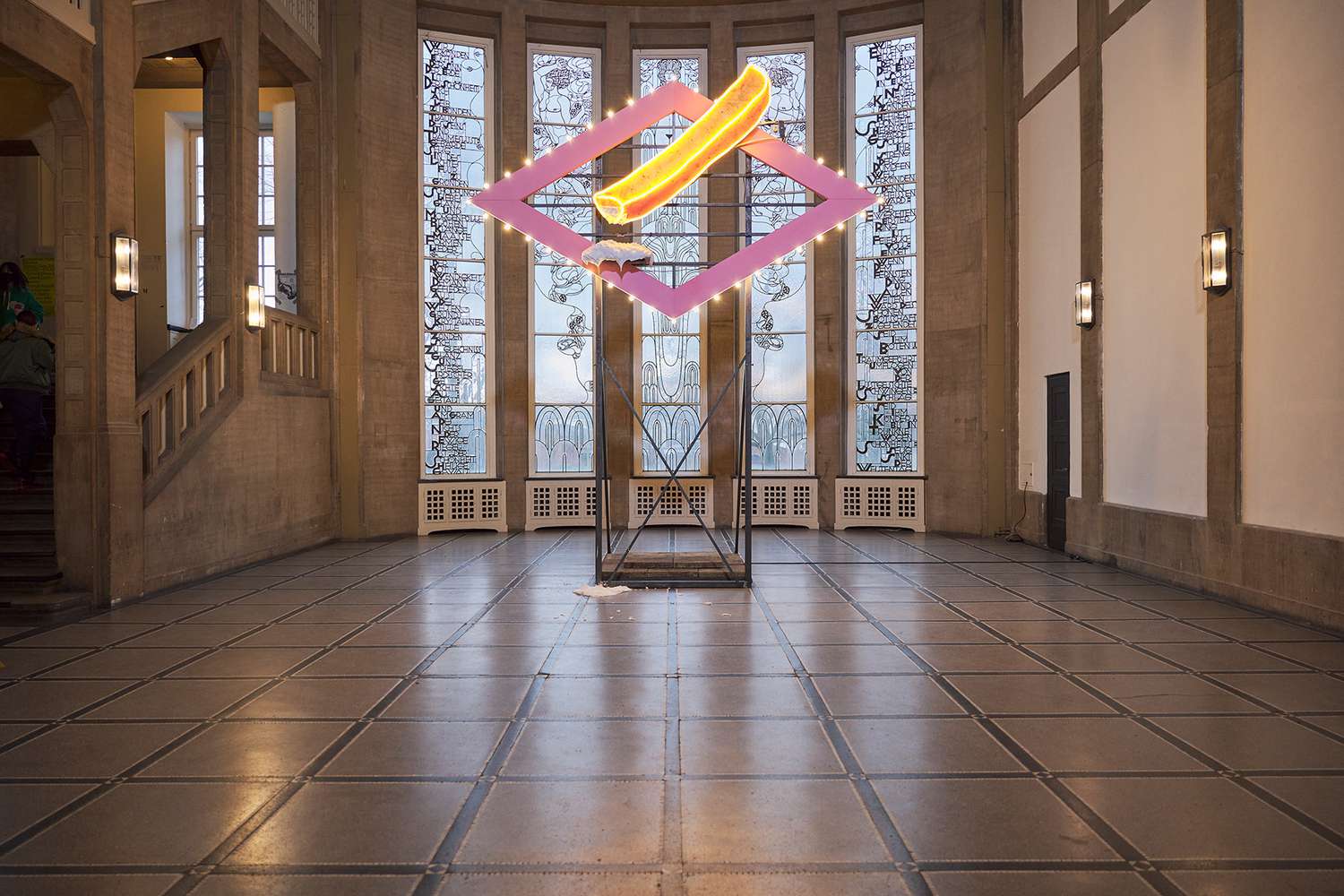
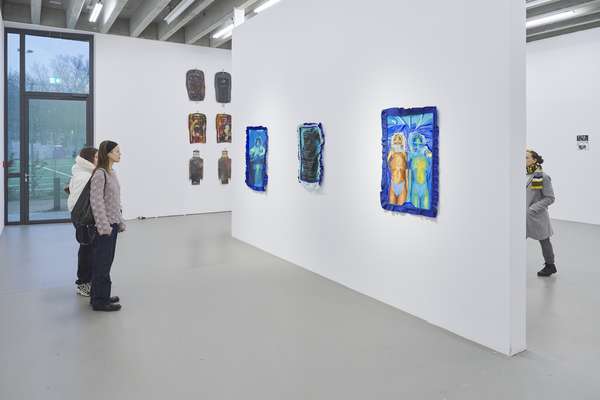
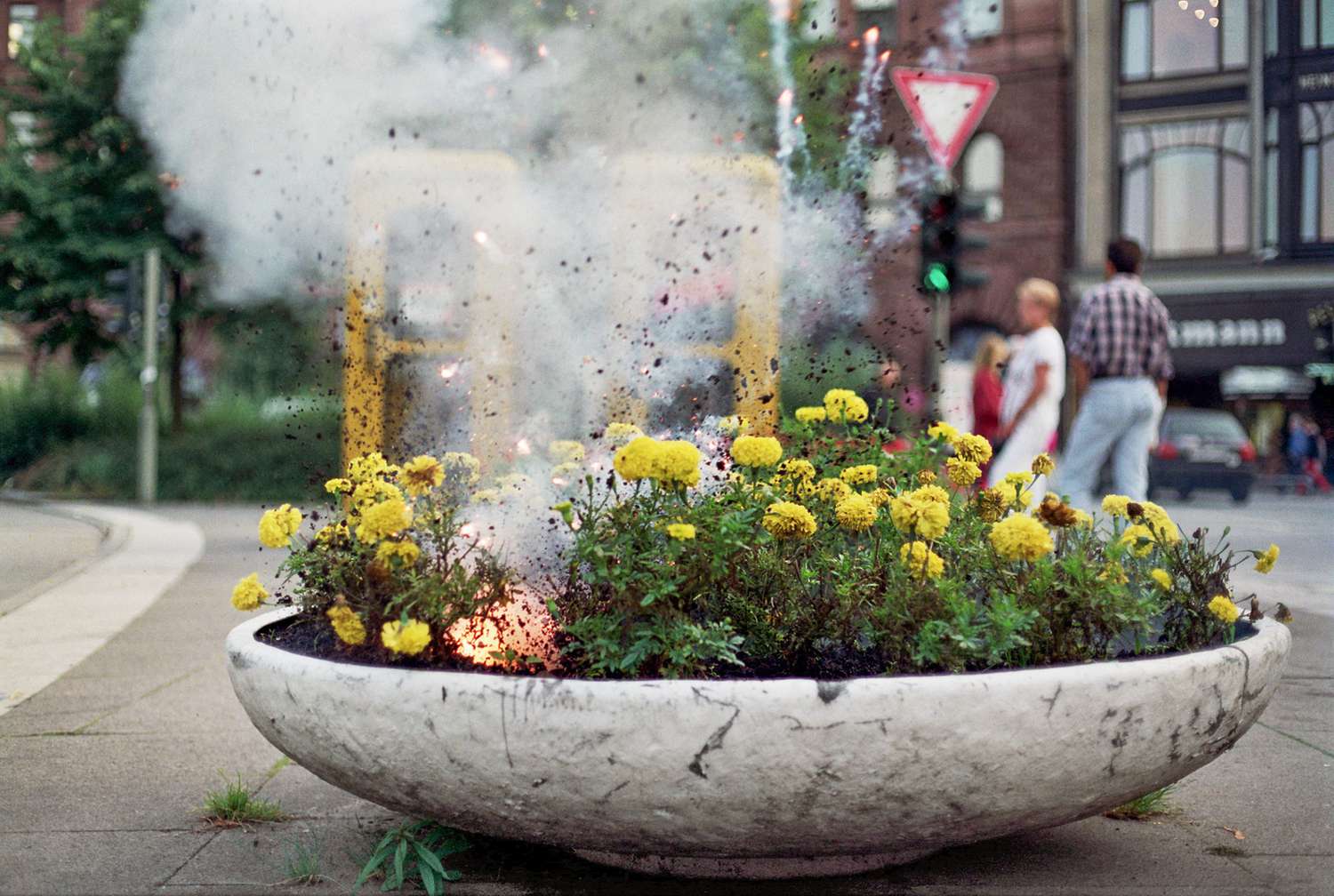
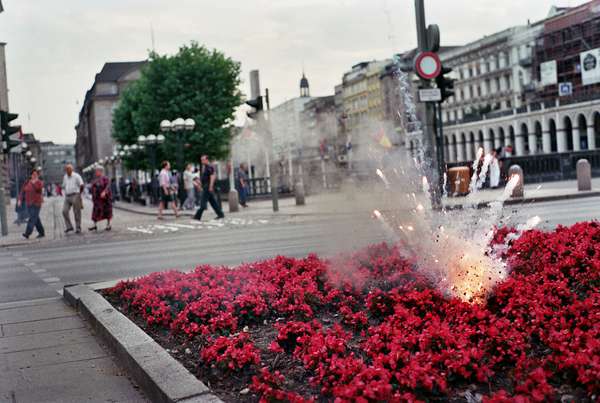
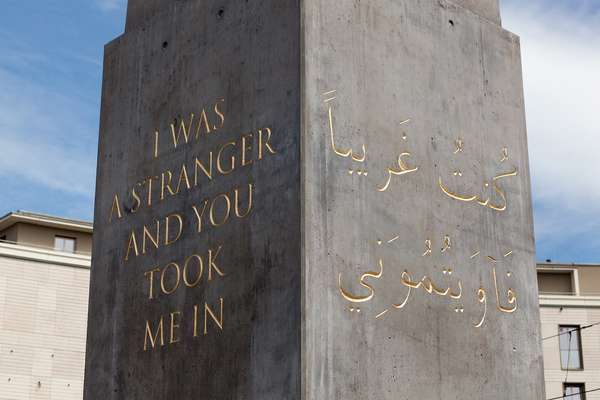
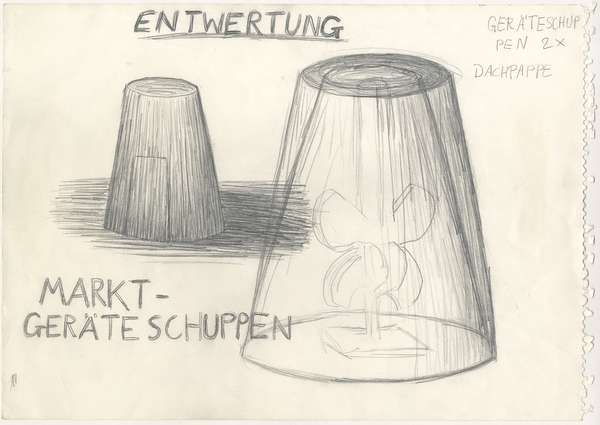
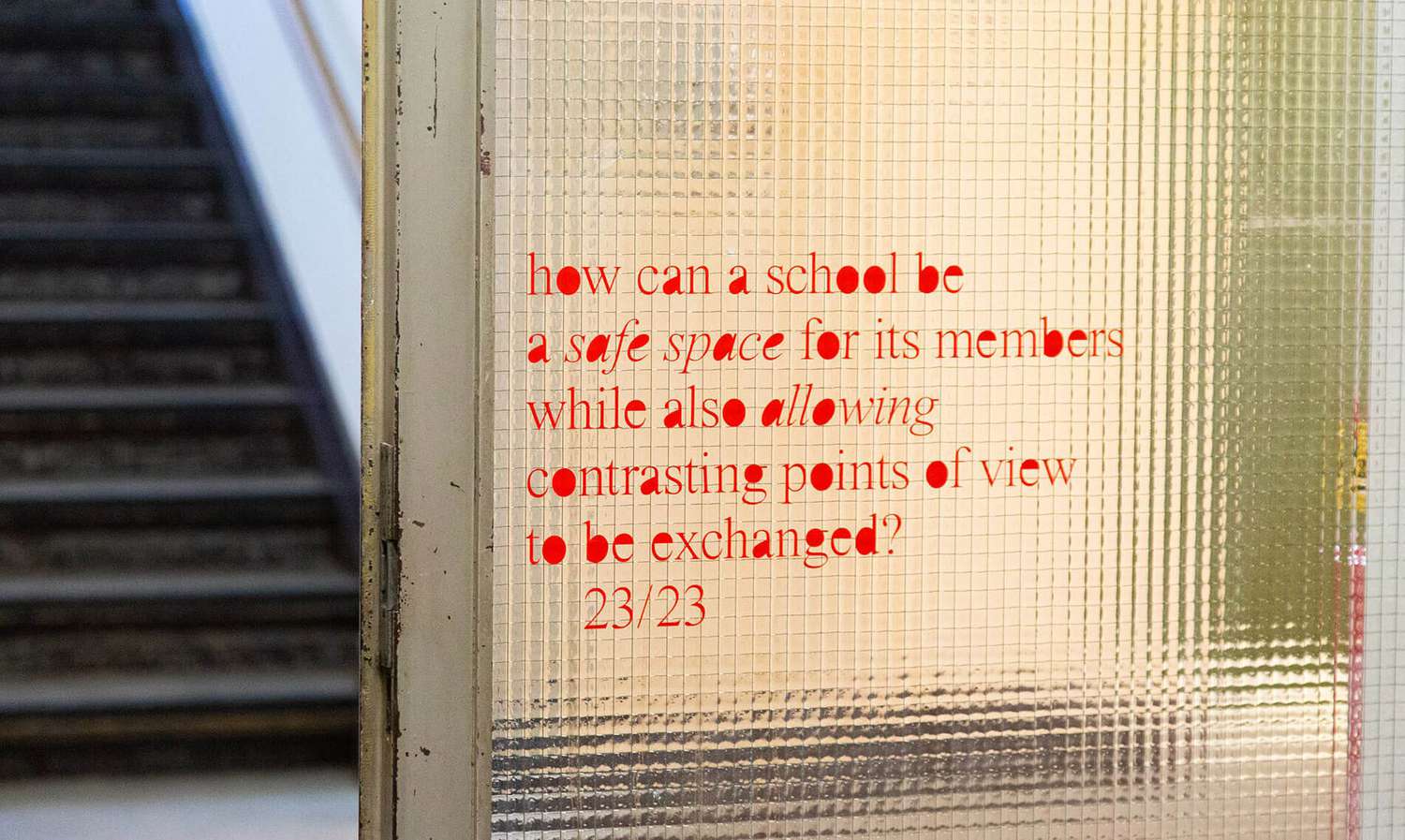
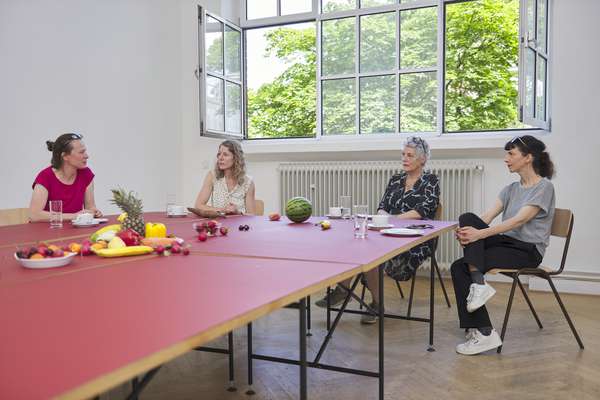
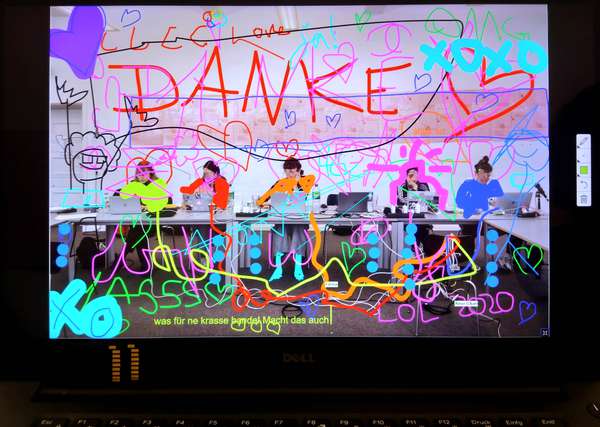
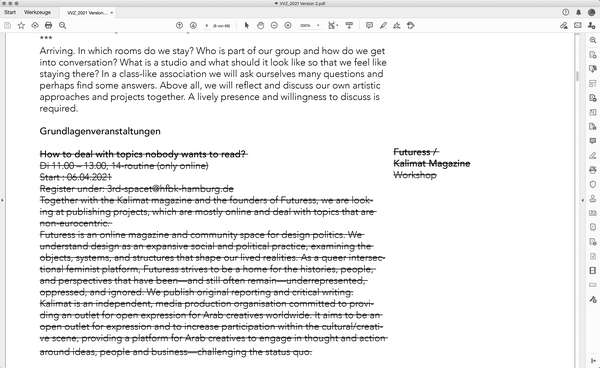
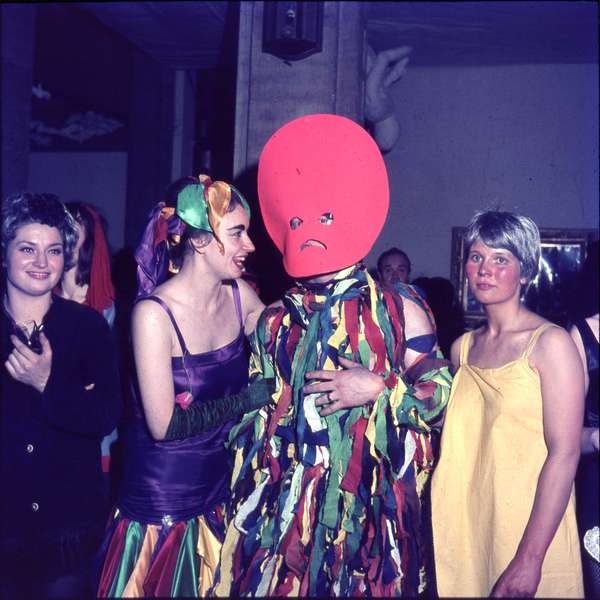
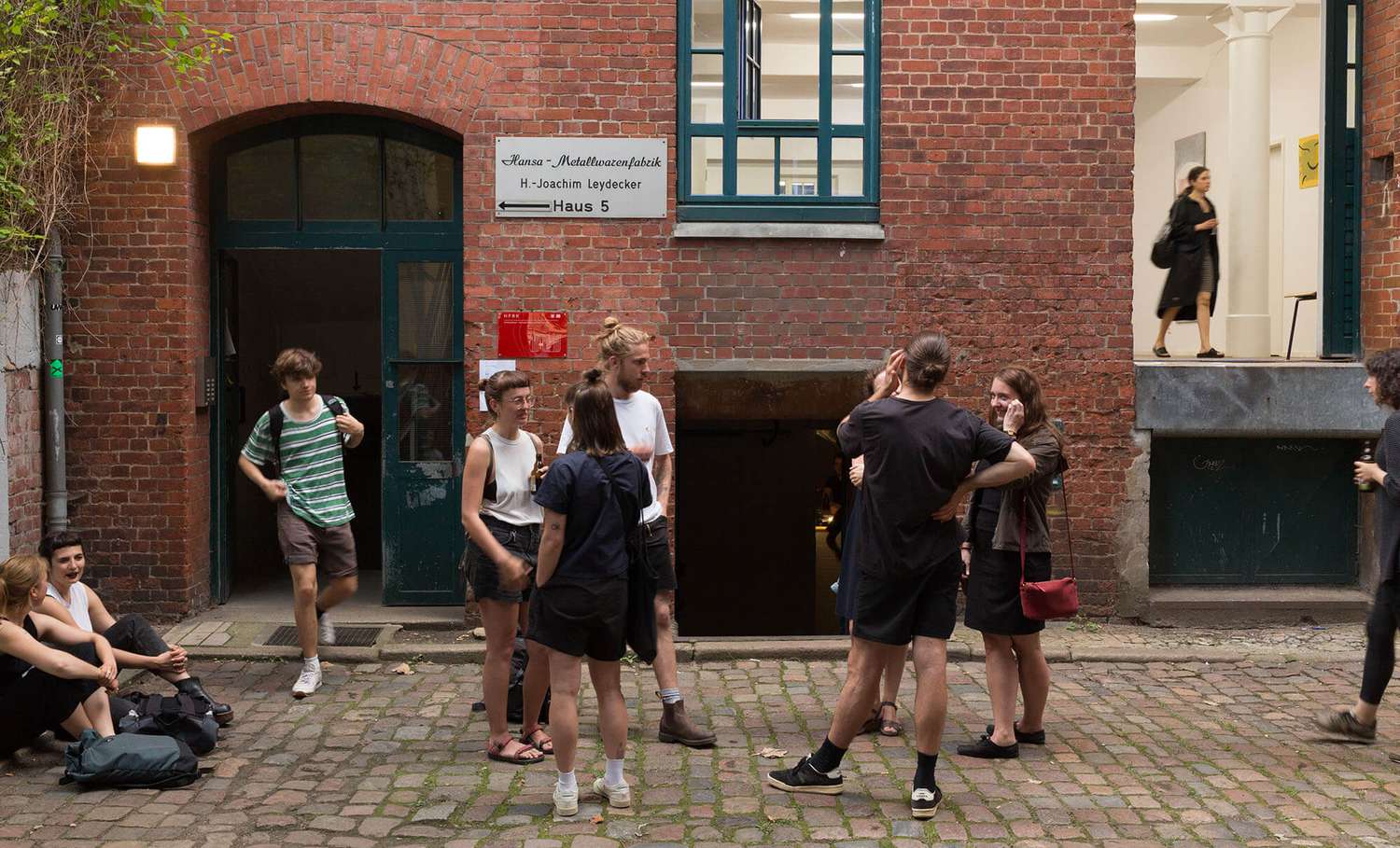
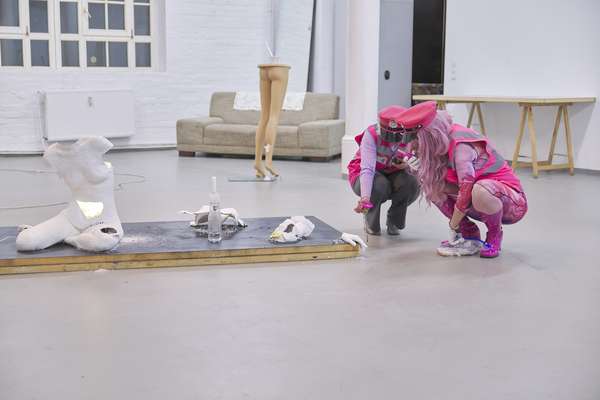
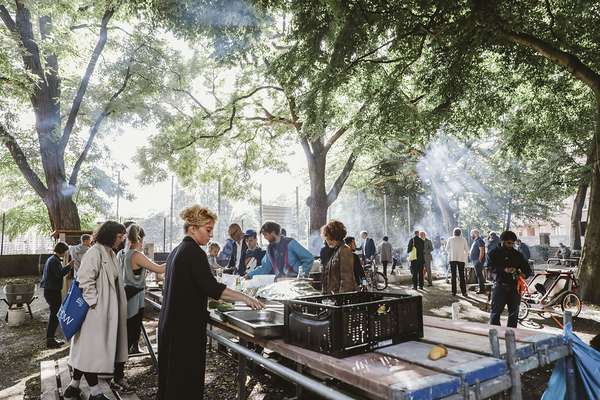
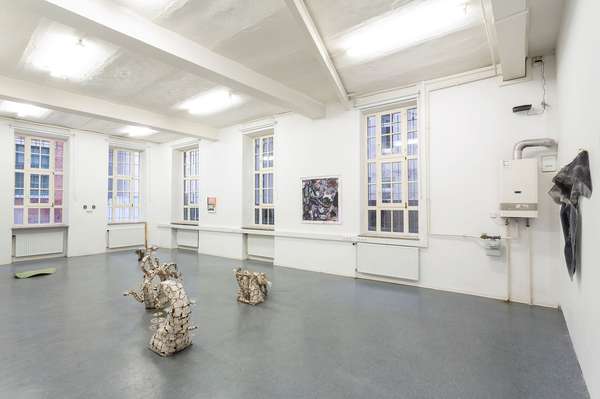
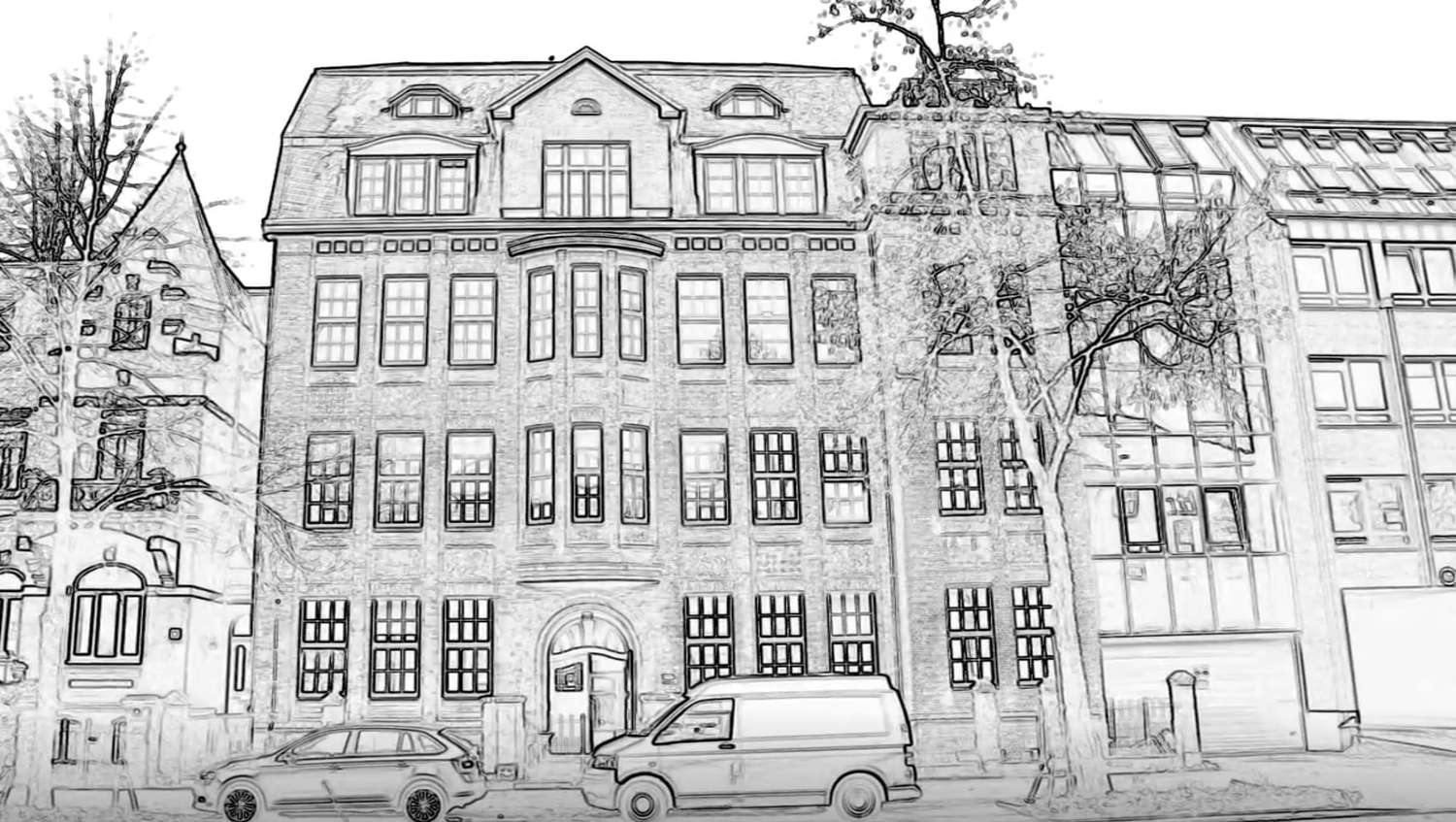
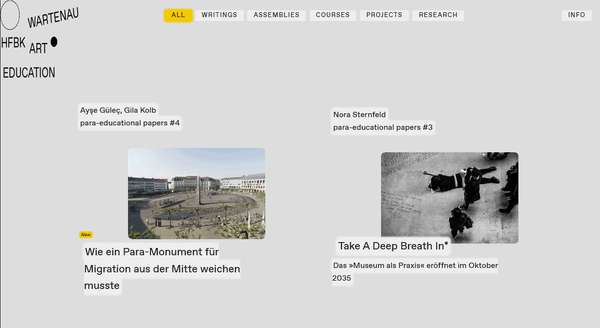
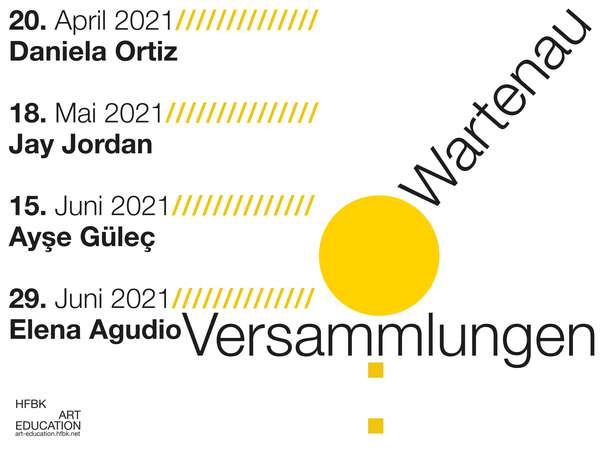
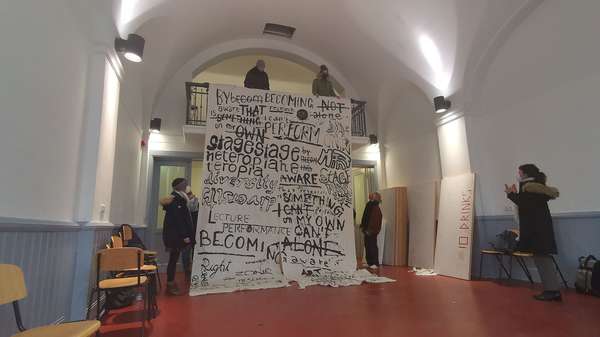
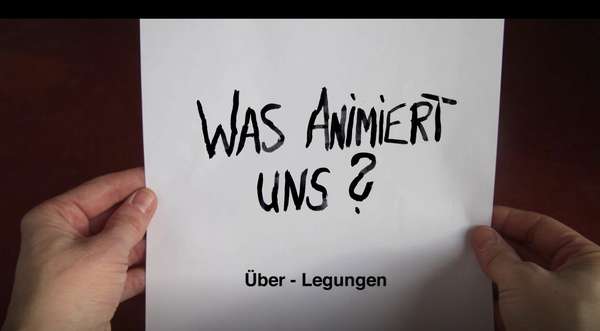
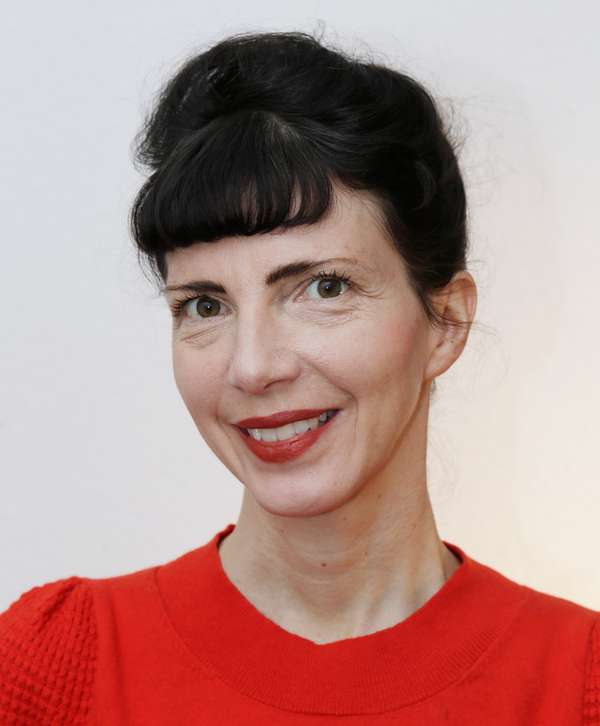
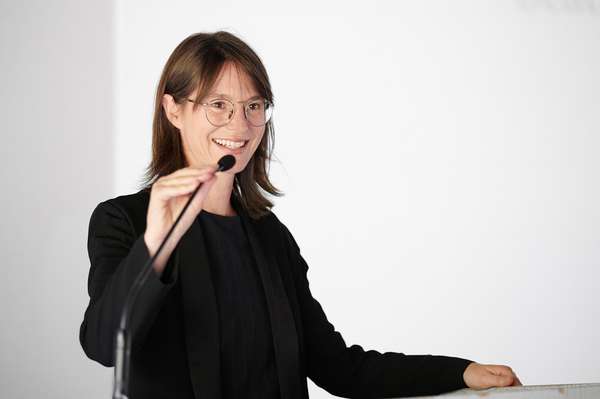
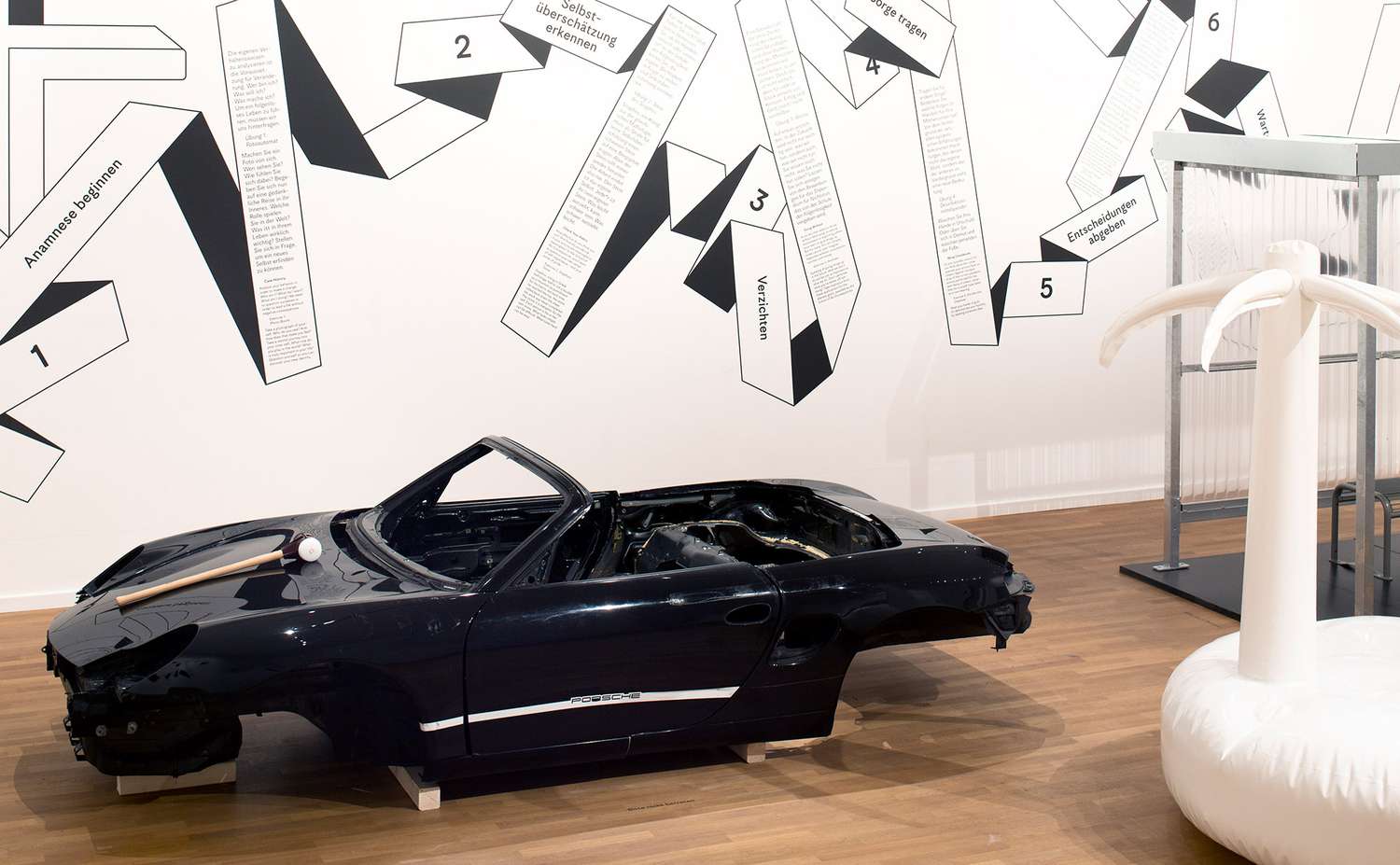
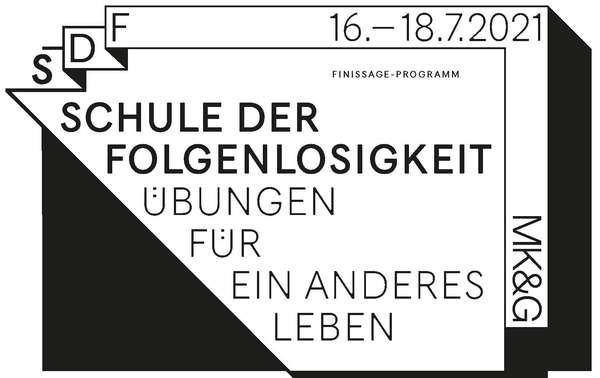
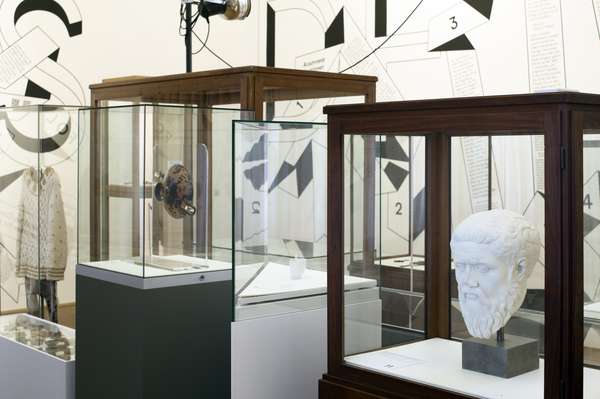
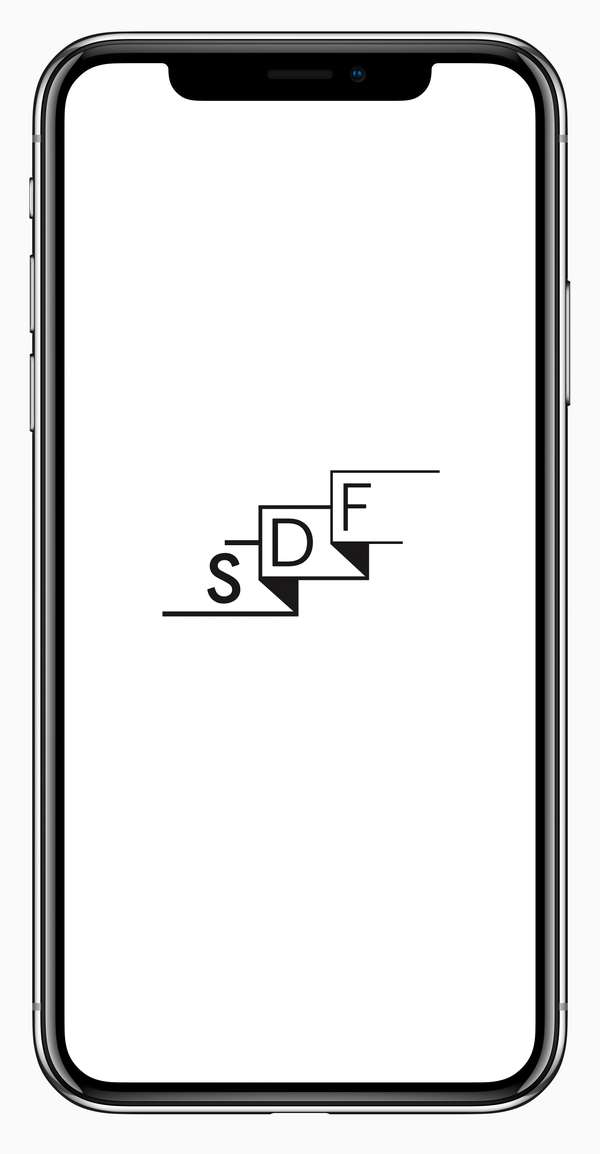
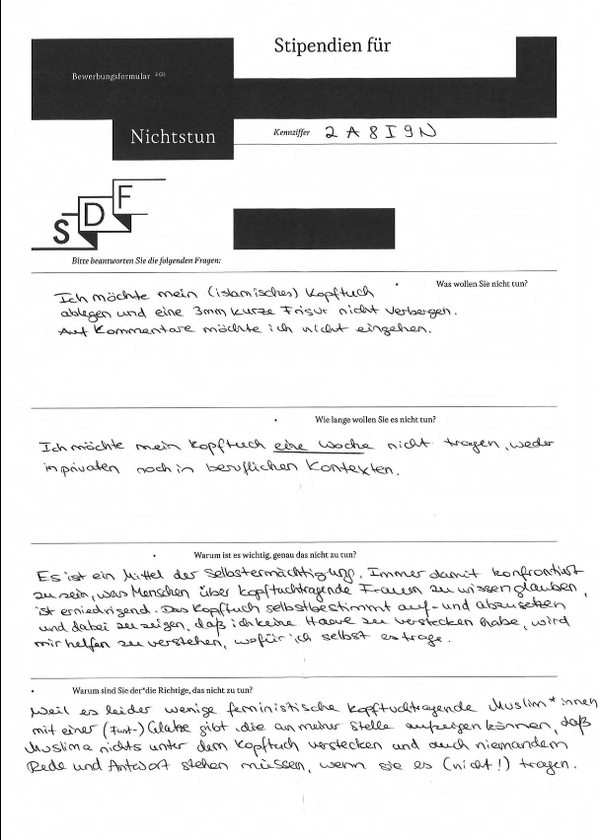
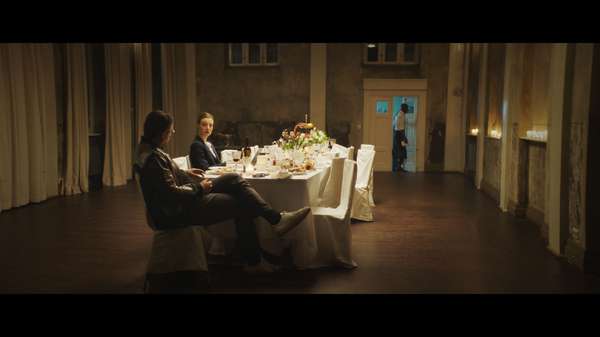
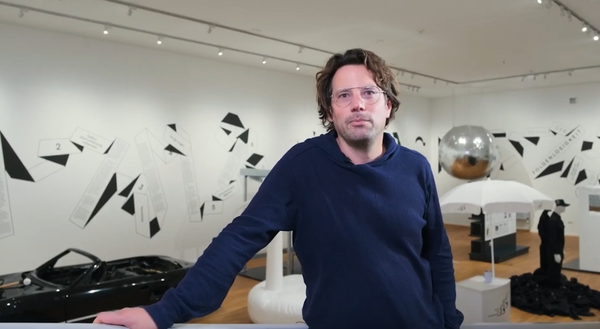
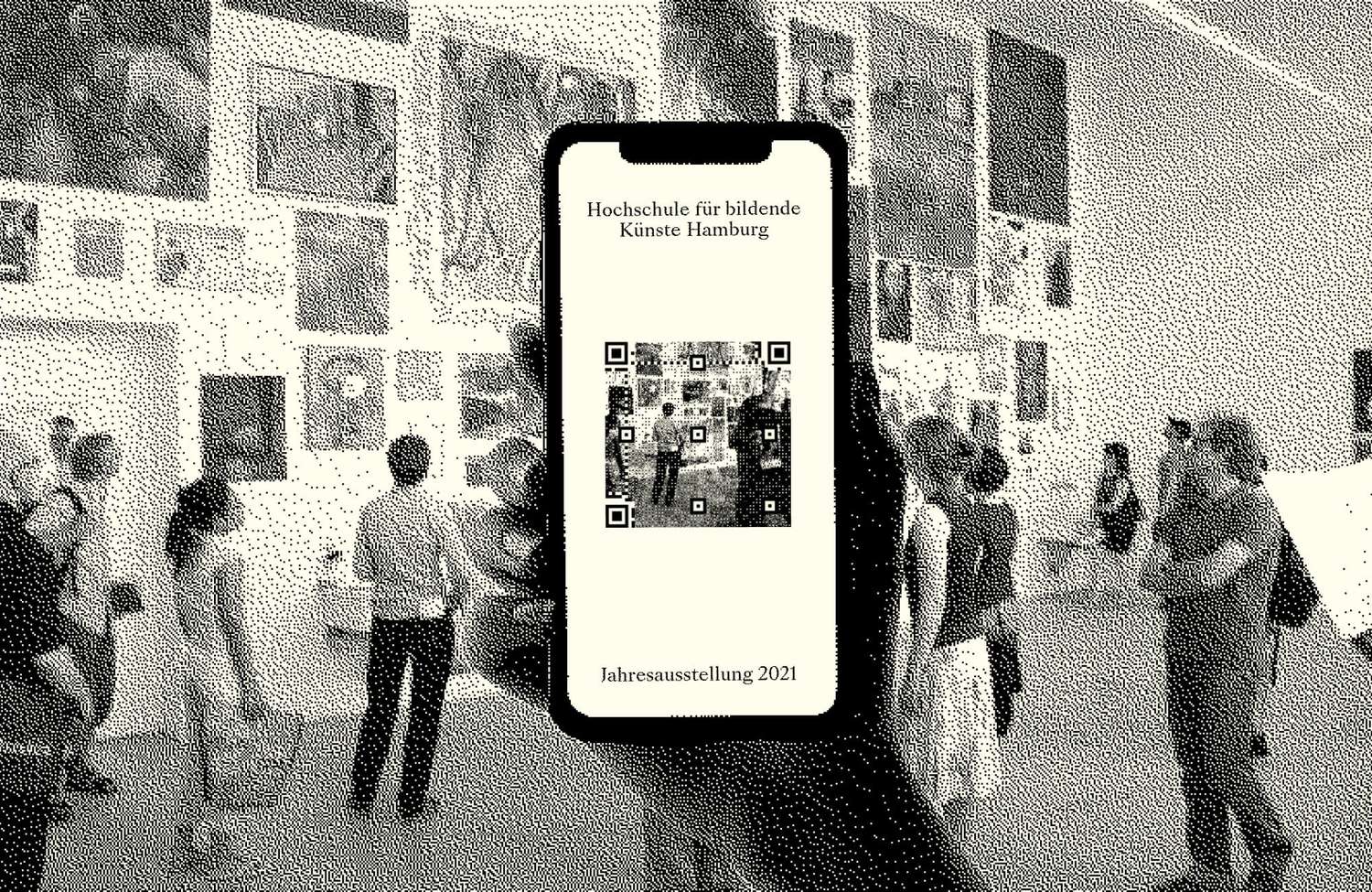
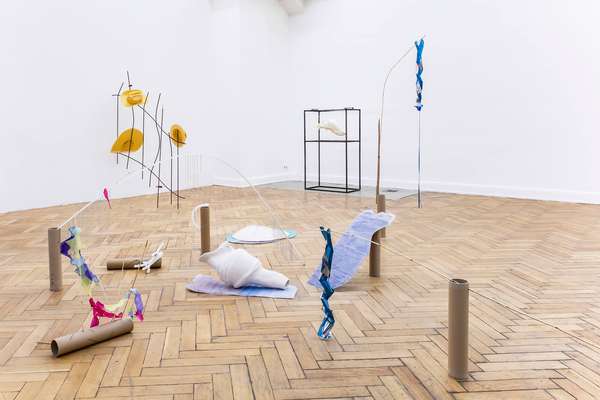
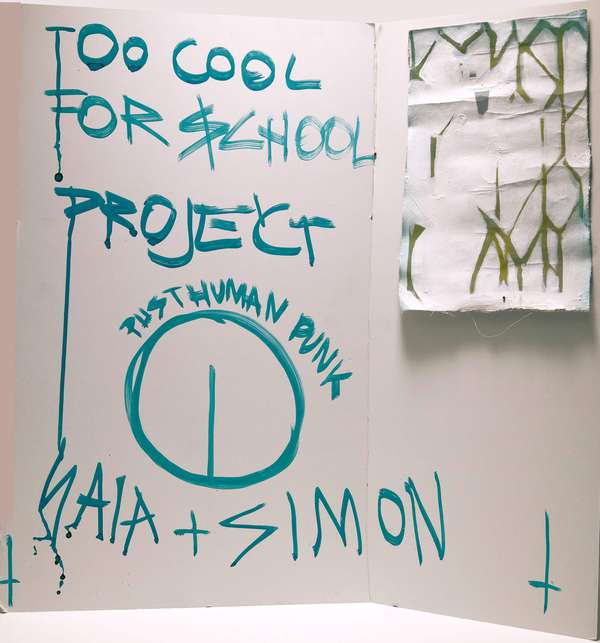
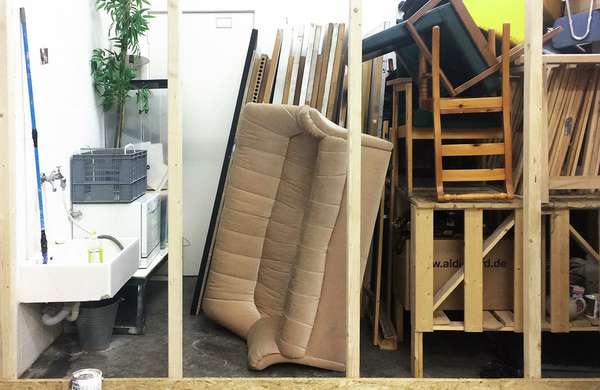

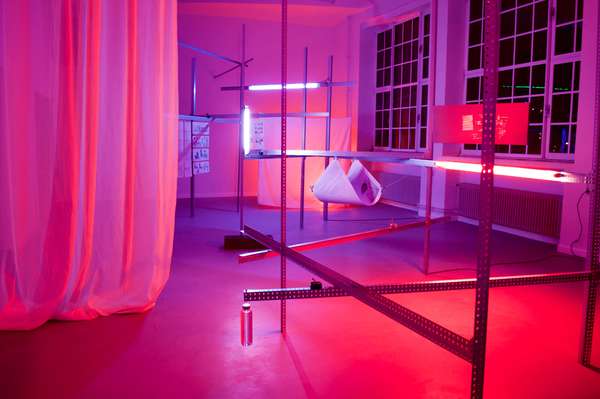
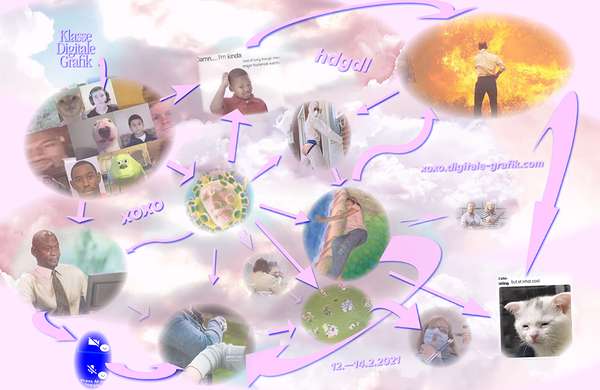
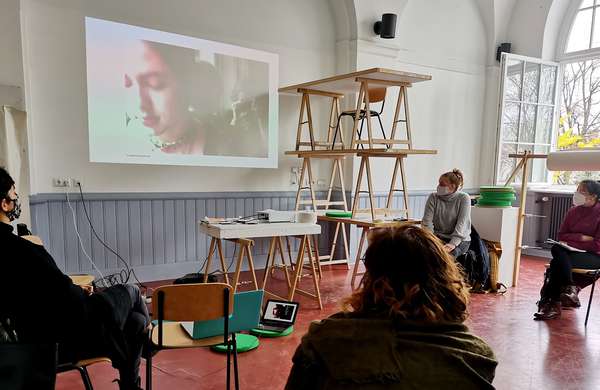
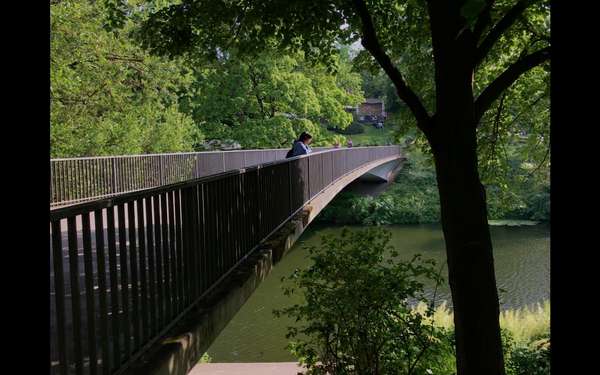
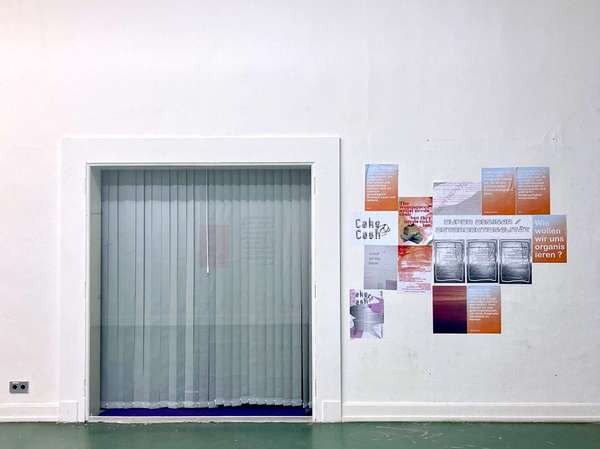
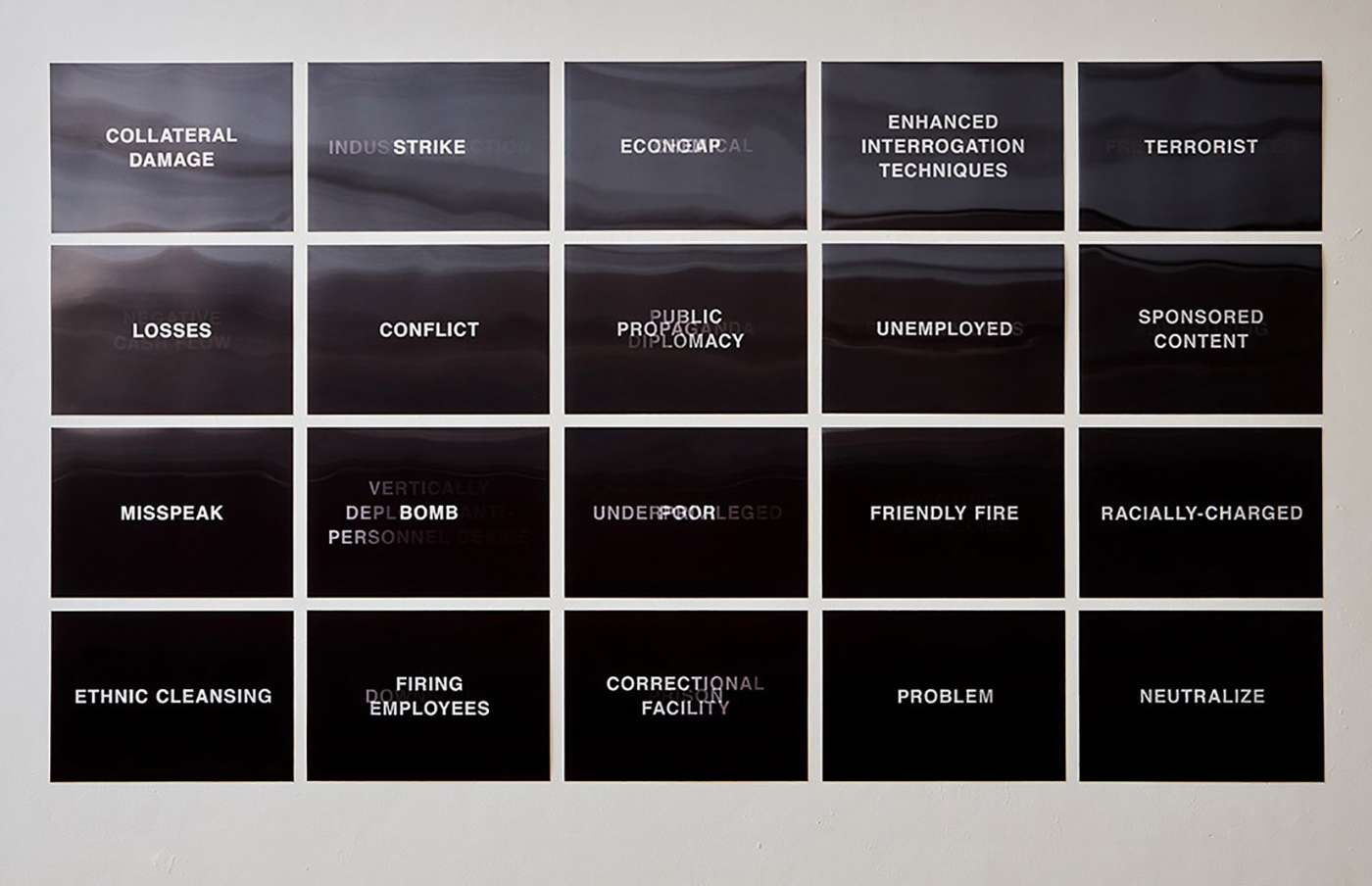
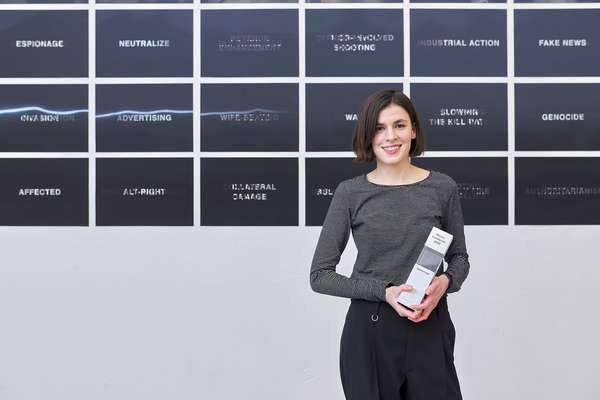
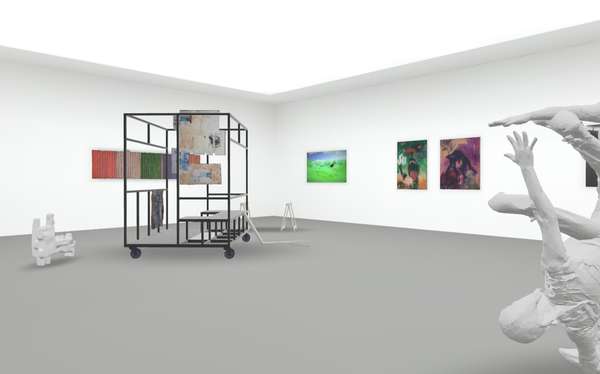
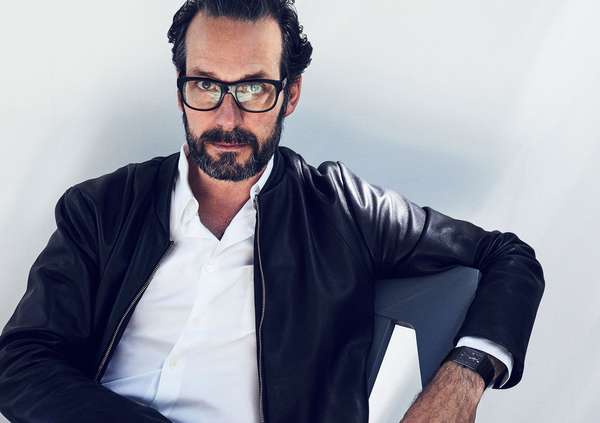
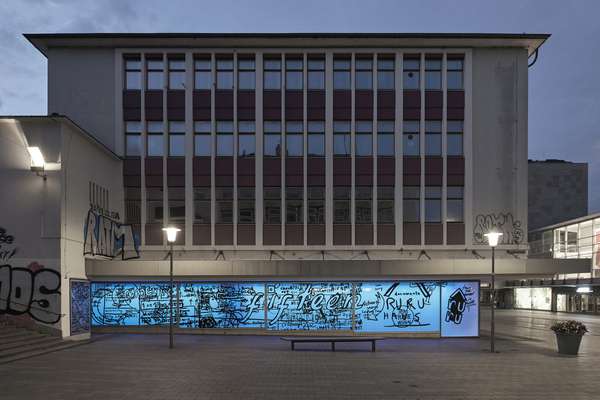
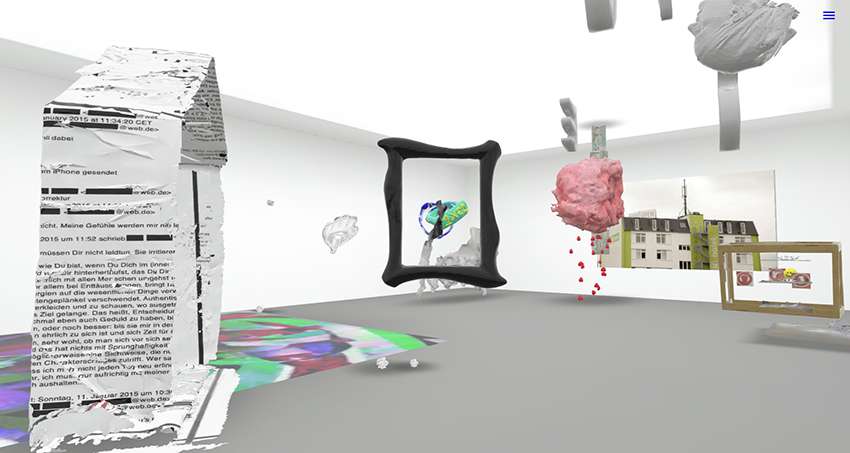
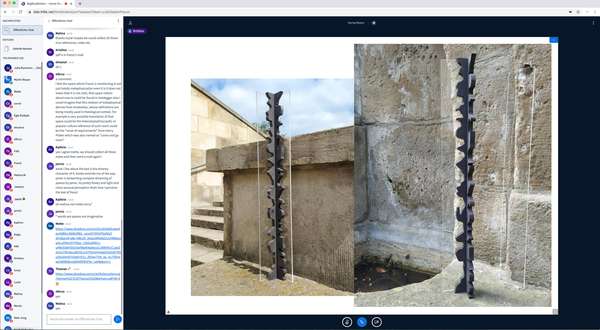
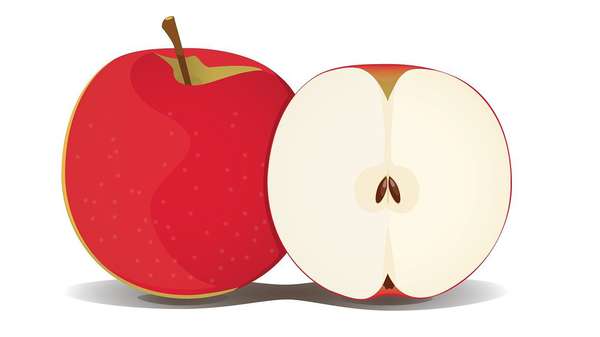
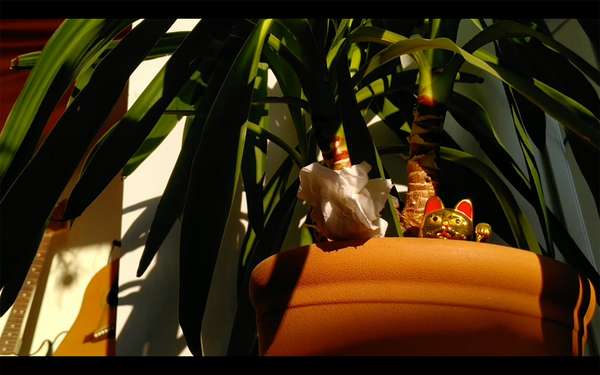
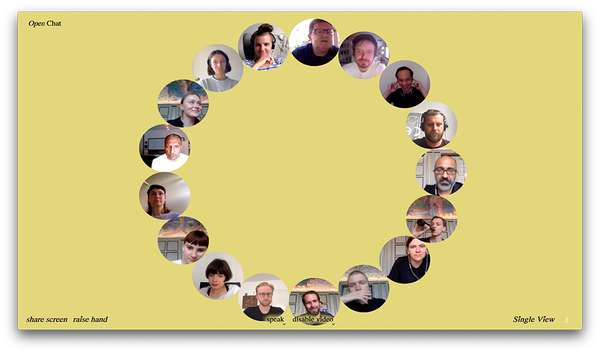
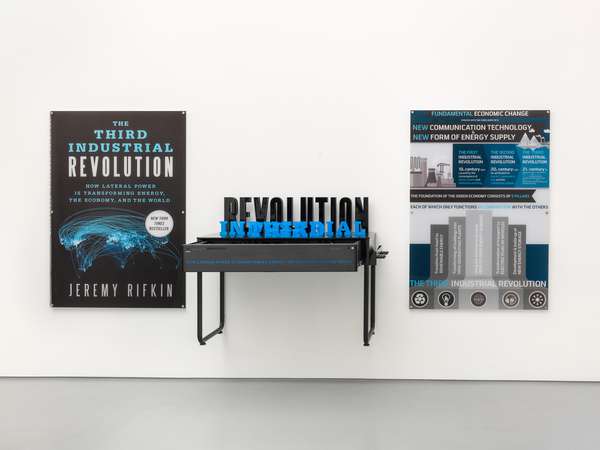
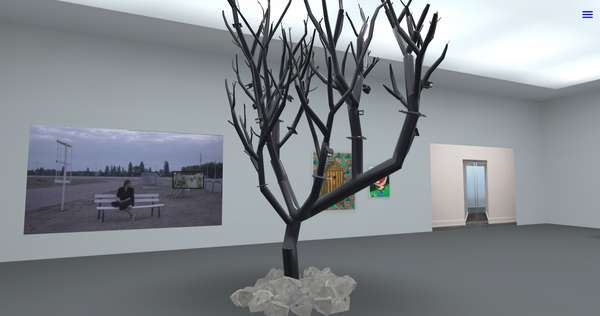
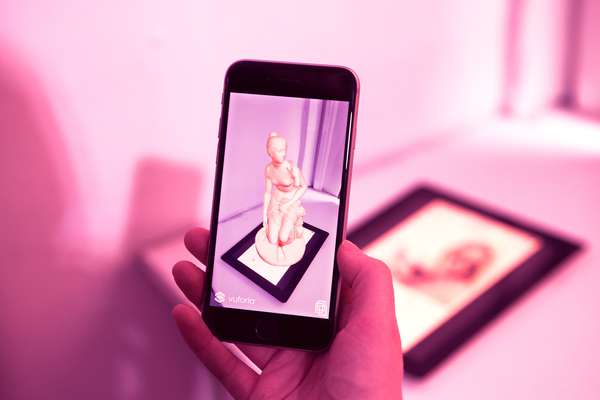
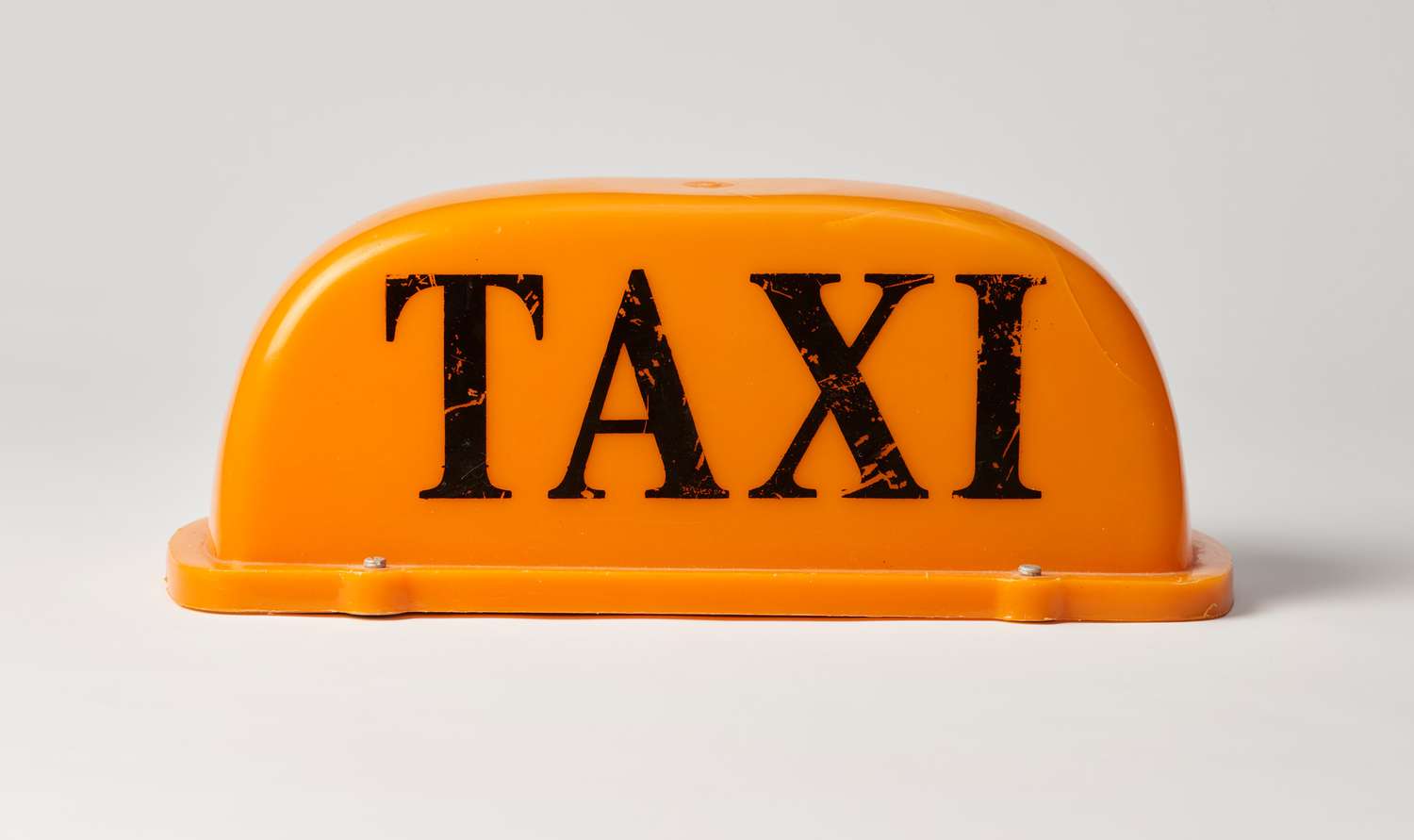
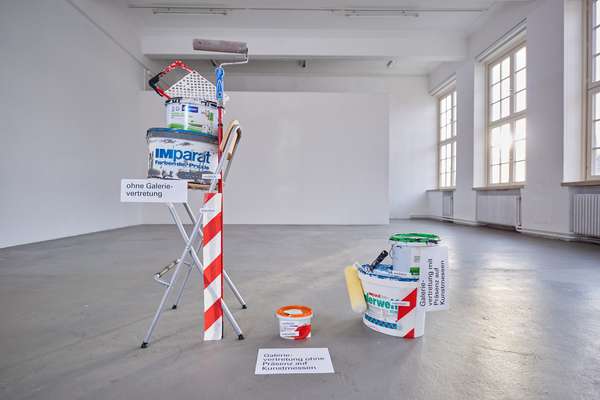
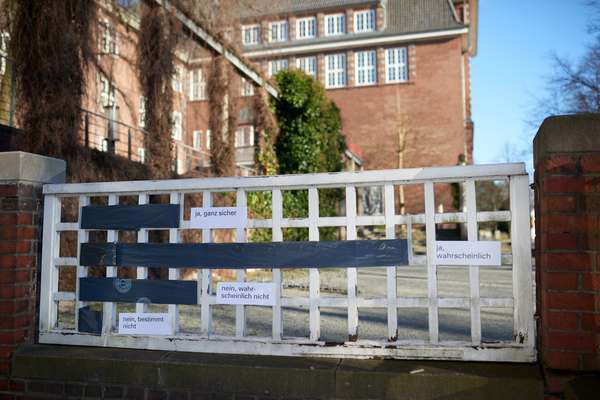
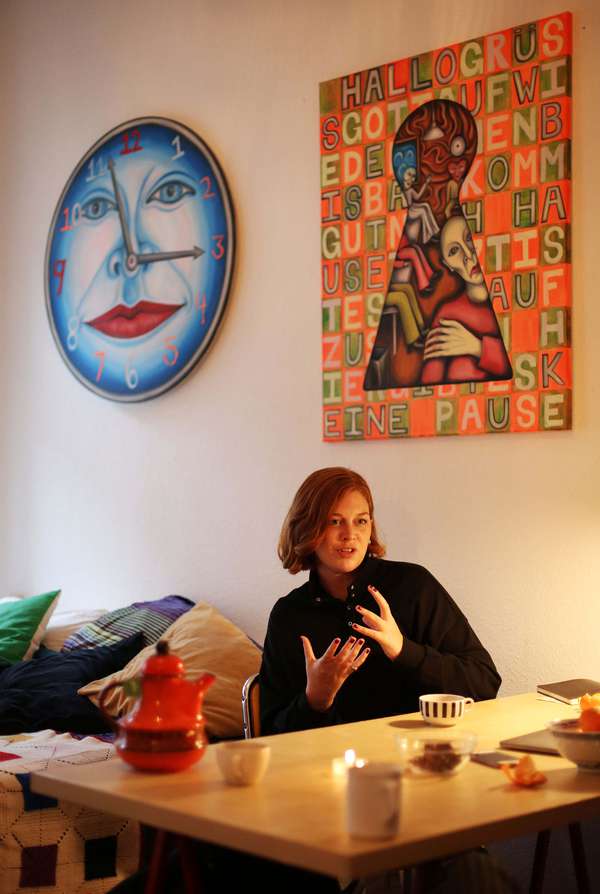
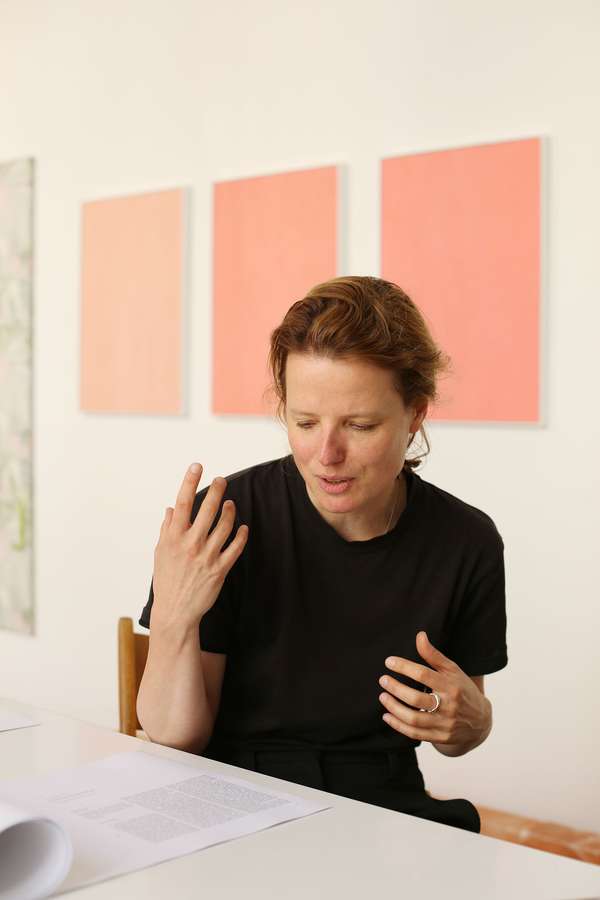
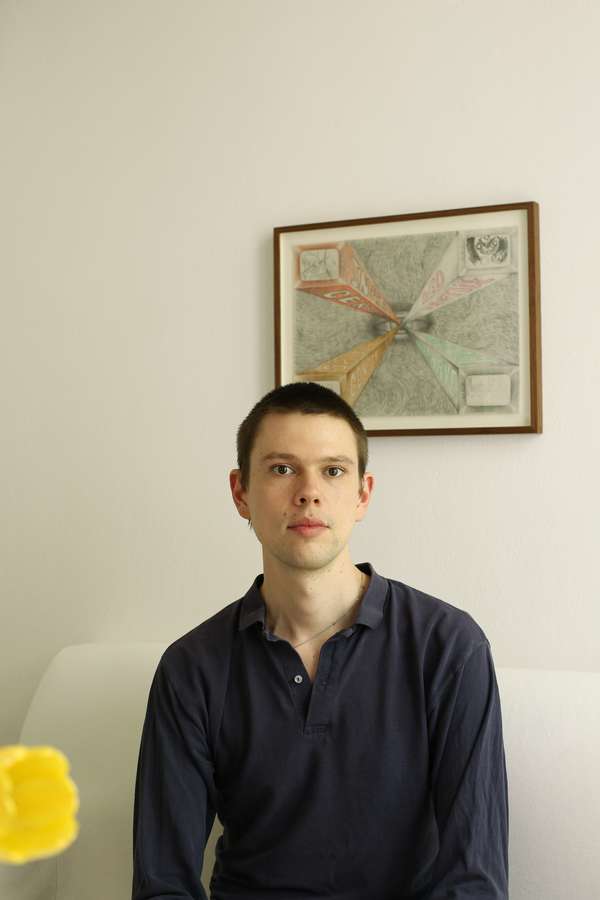
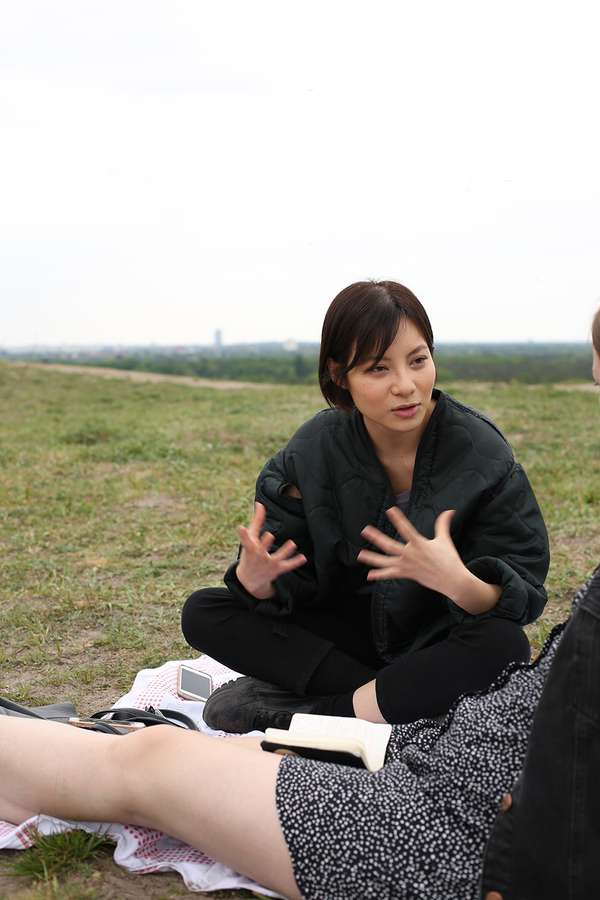
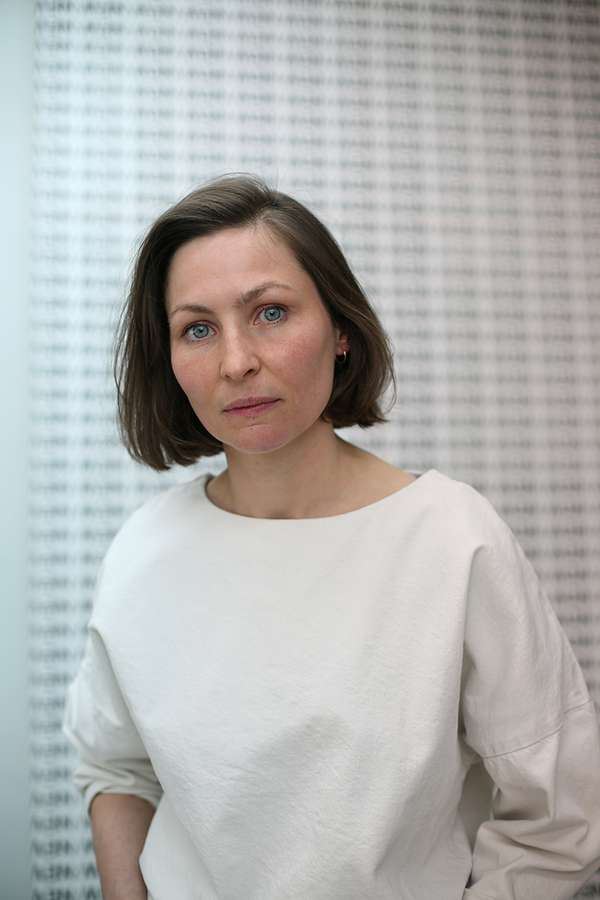
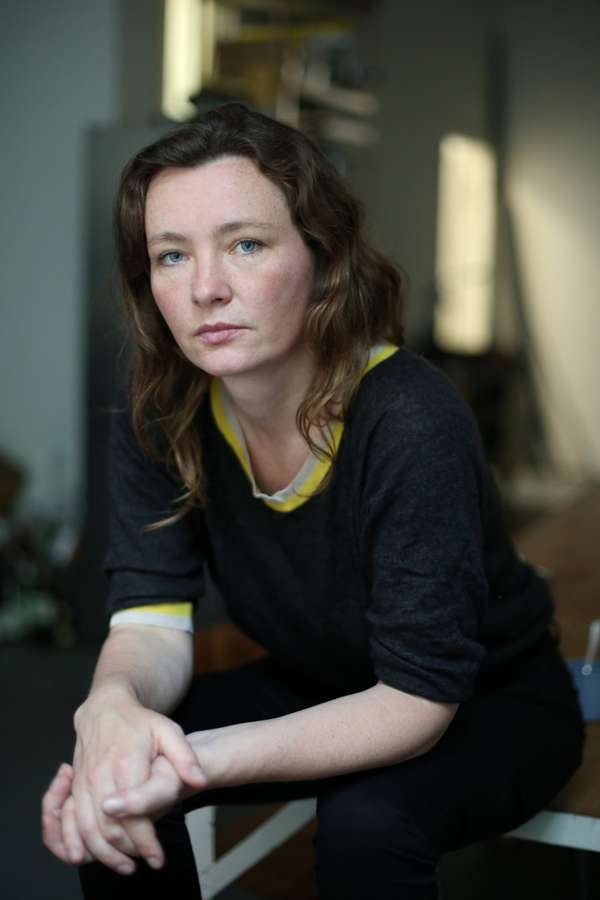
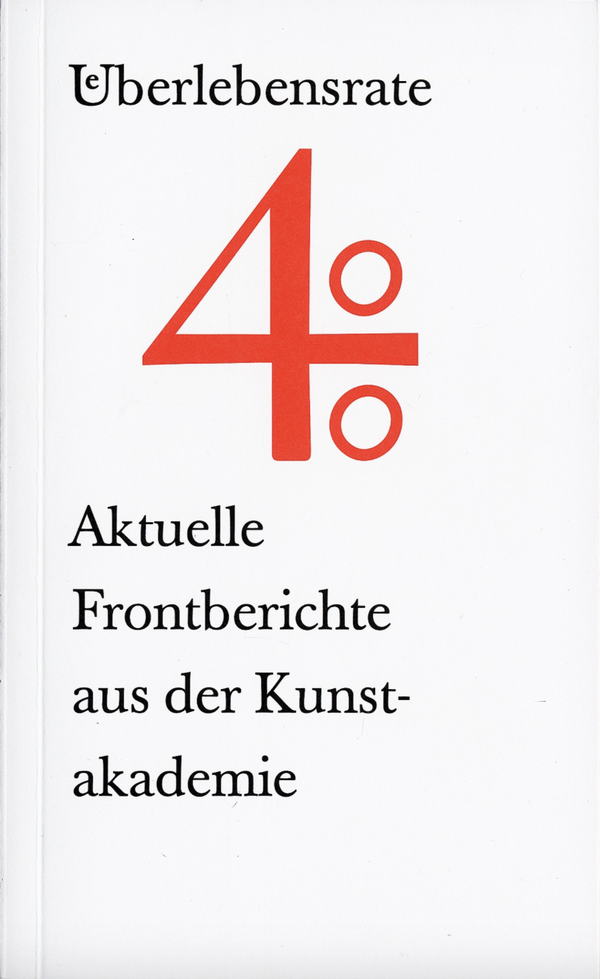
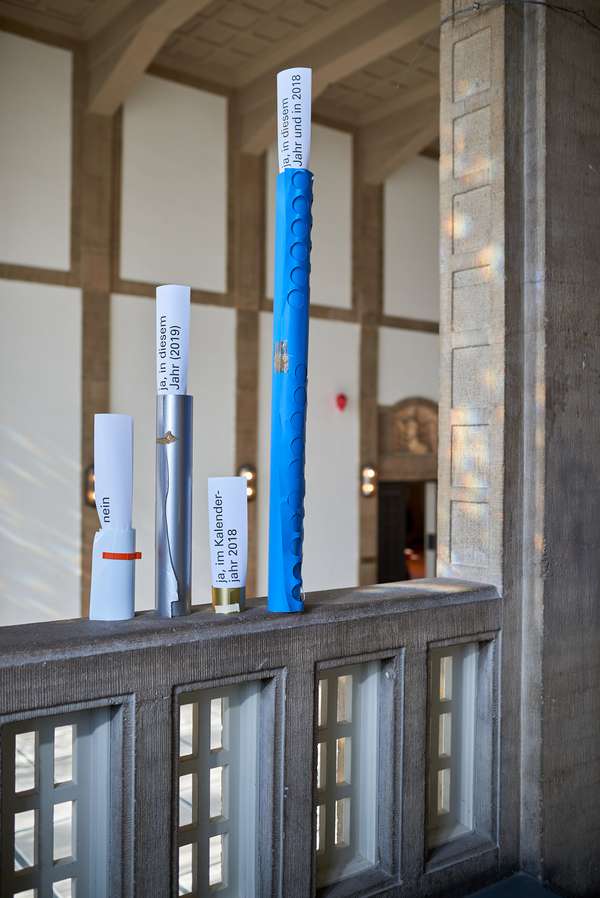
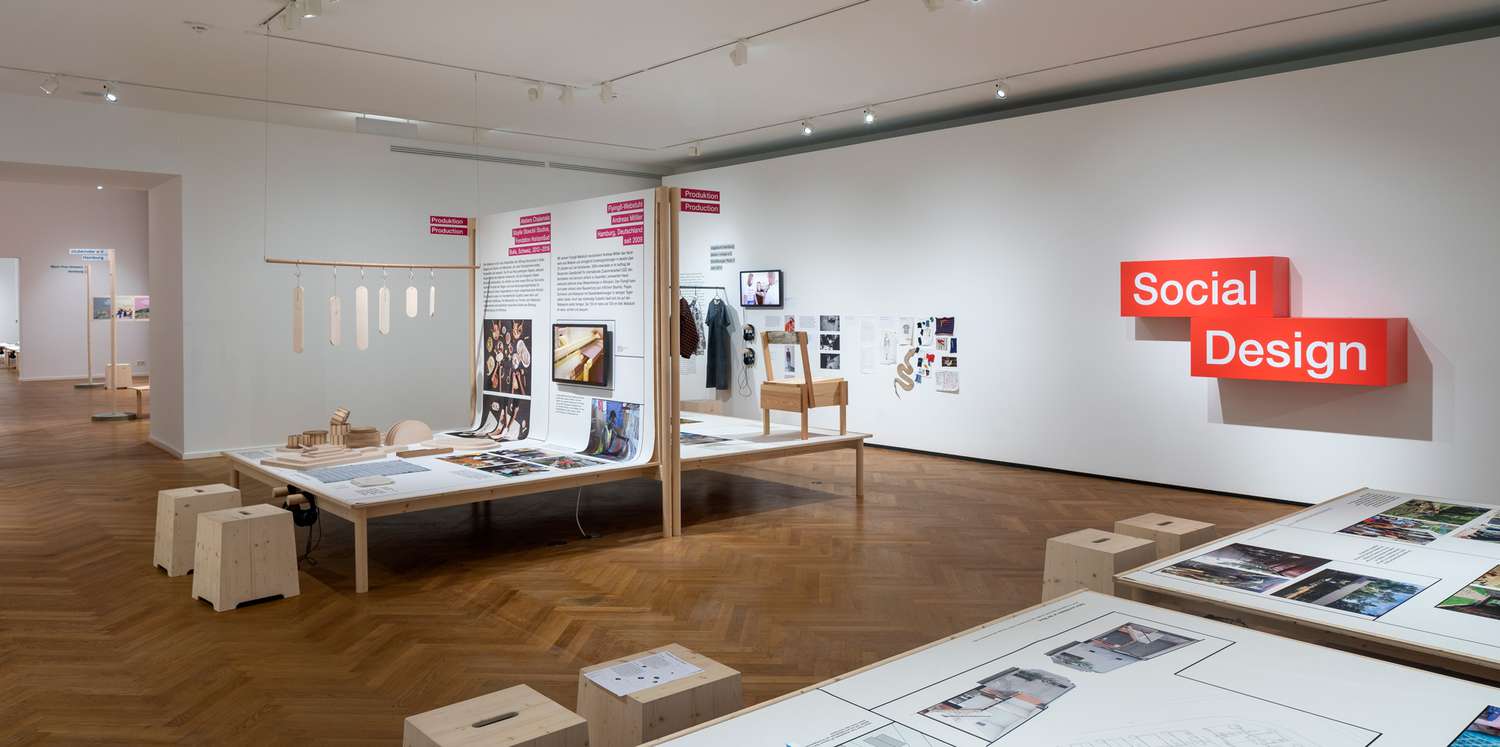
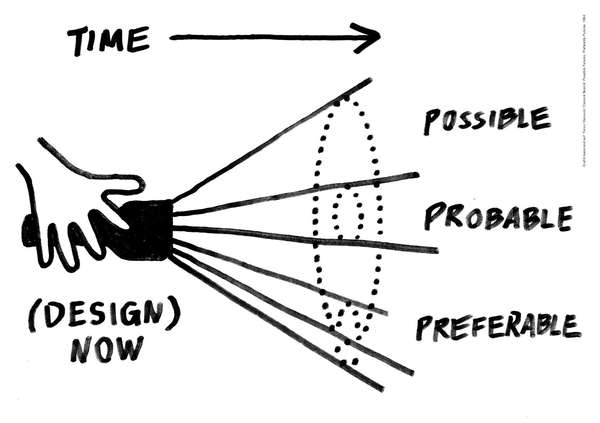
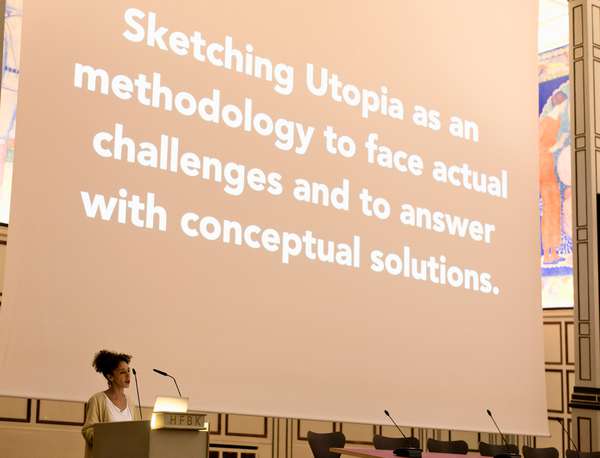
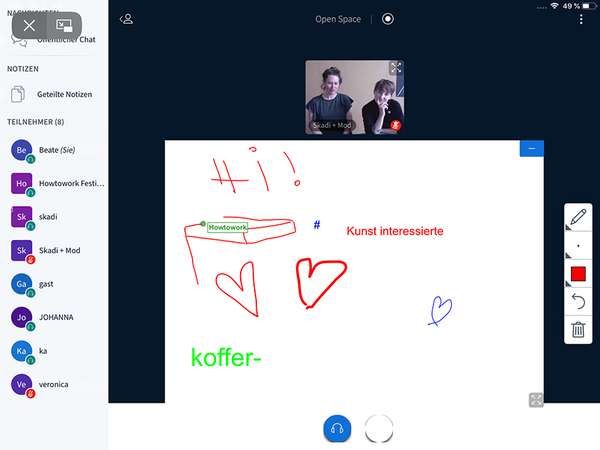
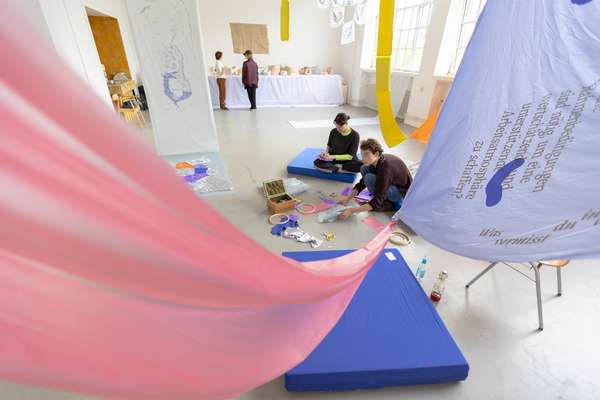
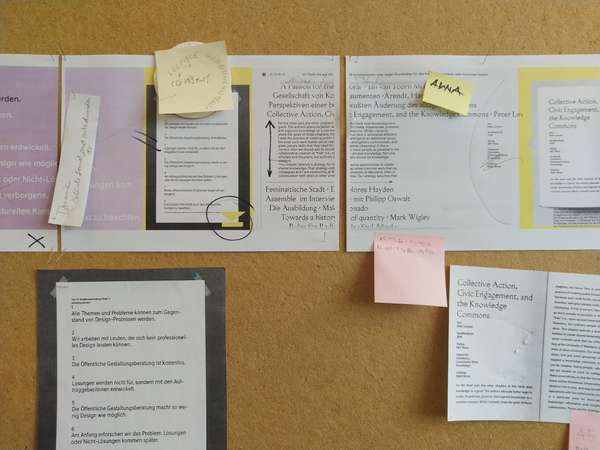
 Graduate Show 2025: Don't stop me now
Graduate Show 2025: Don't stop me now
 Long days, lots to do
Long days, lots to do
 Cine*Ami*es
Cine*Ami*es
 Redesign Democracy – competition for the ballot box of the democratic future
Redesign Democracy – competition for the ballot box of the democratic future
 Art in public space
Art in public space
 How to apply: study at HFBK Hamburg
How to apply: study at HFBK Hamburg
 Annual Exhibition 2025 at the HFBK Hamburg
Annual Exhibition 2025 at the HFBK Hamburg
 The Elephant in The Room – Sculpture today
The Elephant in The Room – Sculpture today
 Hiscox Art Prize 2024
Hiscox Art Prize 2024
 The New Woman
The New Woman
 Doing a PhD at the HFBK Hamburg
Doing a PhD at the HFBK Hamburg
 Graduate Show 2024 - Letting Go
Graduate Show 2024 - Letting Go
 Finkenwerder Art Prize 2024
Finkenwerder Art Prize 2024
 Archives of the Body - The Body in Archiving
Archives of the Body - The Body in Archiving
 New partnership with the School of Arts at the University of Haifa
New partnership with the School of Arts at the University of Haifa
 Annual Exhibition 2024 at the HFBK Hamburg
Annual Exhibition 2024 at the HFBK Hamburg
 (Ex)Changes of / in Art
(Ex)Changes of / in Art
 Extended Libraries
Extended Libraries
 And Still I Rise
And Still I Rise
 Let's talk about language
Let's talk about language
 Graduate Show 2023: Unfinished Business
Graduate Show 2023: Unfinished Business
 Let`s work together
Let`s work together
 Annual Exhibition 2023 at HFBK Hamburg
Annual Exhibition 2023 at HFBK Hamburg
 Symposium: Controversy over documenta fifteen
Symposium: Controversy over documenta fifteen
 Festival and Symposium: Non-Knowledge, Laughter and the Moving Image
Festival and Symposium: Non-Knowledge, Laughter and the Moving Image
 Solo exhibition by Konstantin Grcic
Solo exhibition by Konstantin Grcic
 Art and war
Art and war
 Graduate Show 2022: We’ve Only Just Begun
Graduate Show 2022: We’ve Only Just Begun
 June is full of art and theory
June is full of art and theory
 Finkenwerder Art Prize 2022
Finkenwerder Art Prize 2022
 Nachhaltigkeit im Kontext von Kunst und Kunsthochschule
Nachhaltigkeit im Kontext von Kunst und Kunsthochschule
 Raum für die Kunst
Raum für die Kunst
 Annual Exhibition 2022 at the HFBK
Annual Exhibition 2022 at the HFBK
 Conference: Counter-Monuments and Para-Monuments.
Conference: Counter-Monuments and Para-Monuments.
 Diversity
Diversity
 Live und in Farbe: die ASA Open Studios im Juni 2021
Live und in Farbe: die ASA Open Studios im Juni 2021
 Unlearning: Wartenau Assemblies
Unlearning: Wartenau Assemblies
 School of No Consequences
School of No Consequences
 Annual Exhibition 2021 at the HFBK
Annual Exhibition 2021 at the HFBK
 Semestereröffnung und Hiscox-Preisverleihung 2020
Semestereröffnung und Hiscox-Preisverleihung 2020
 Teaching Art Online at the HFBK
Teaching Art Online at the HFBK
 HFBK Graduate Survey
HFBK Graduate Survey
 How political is Social Design?
How political is Social Design?